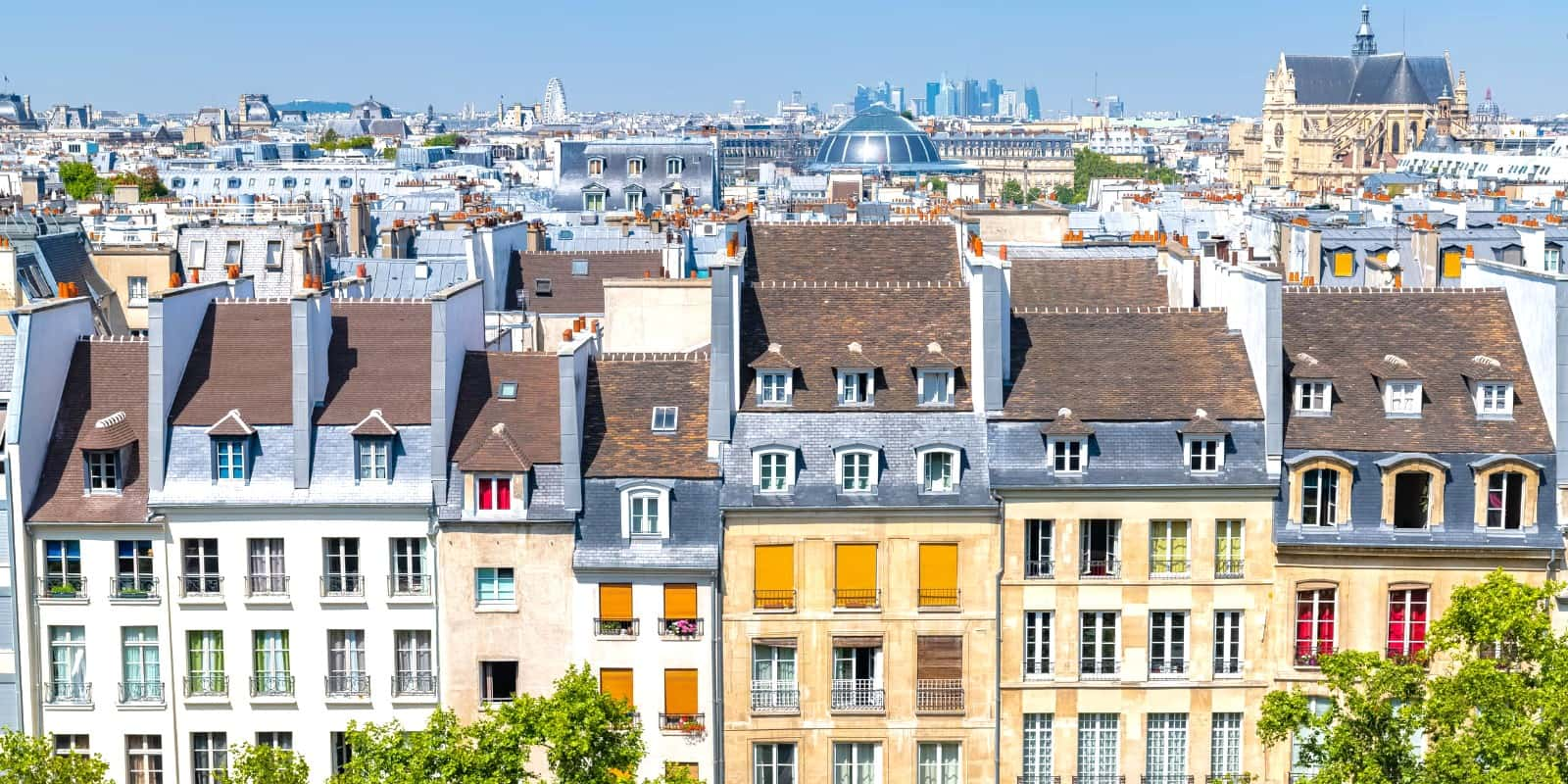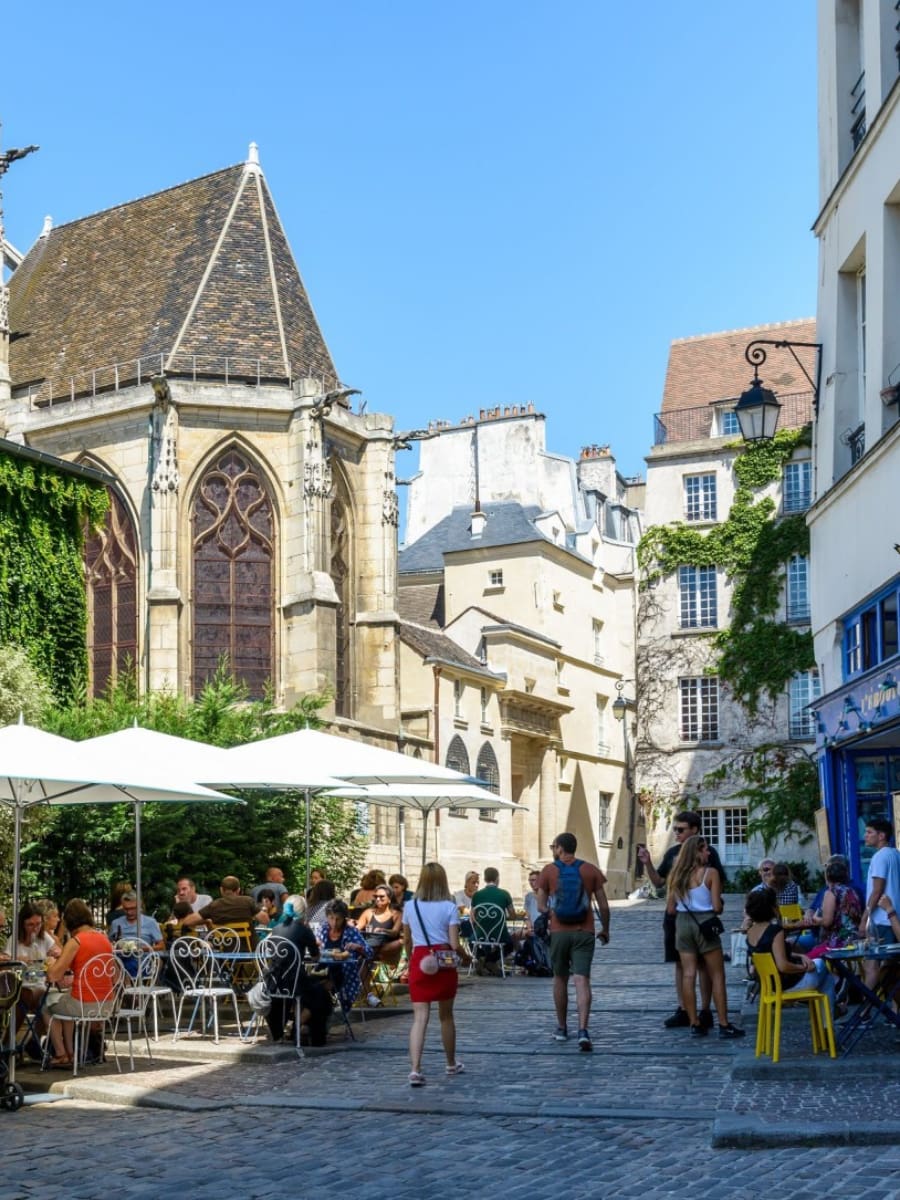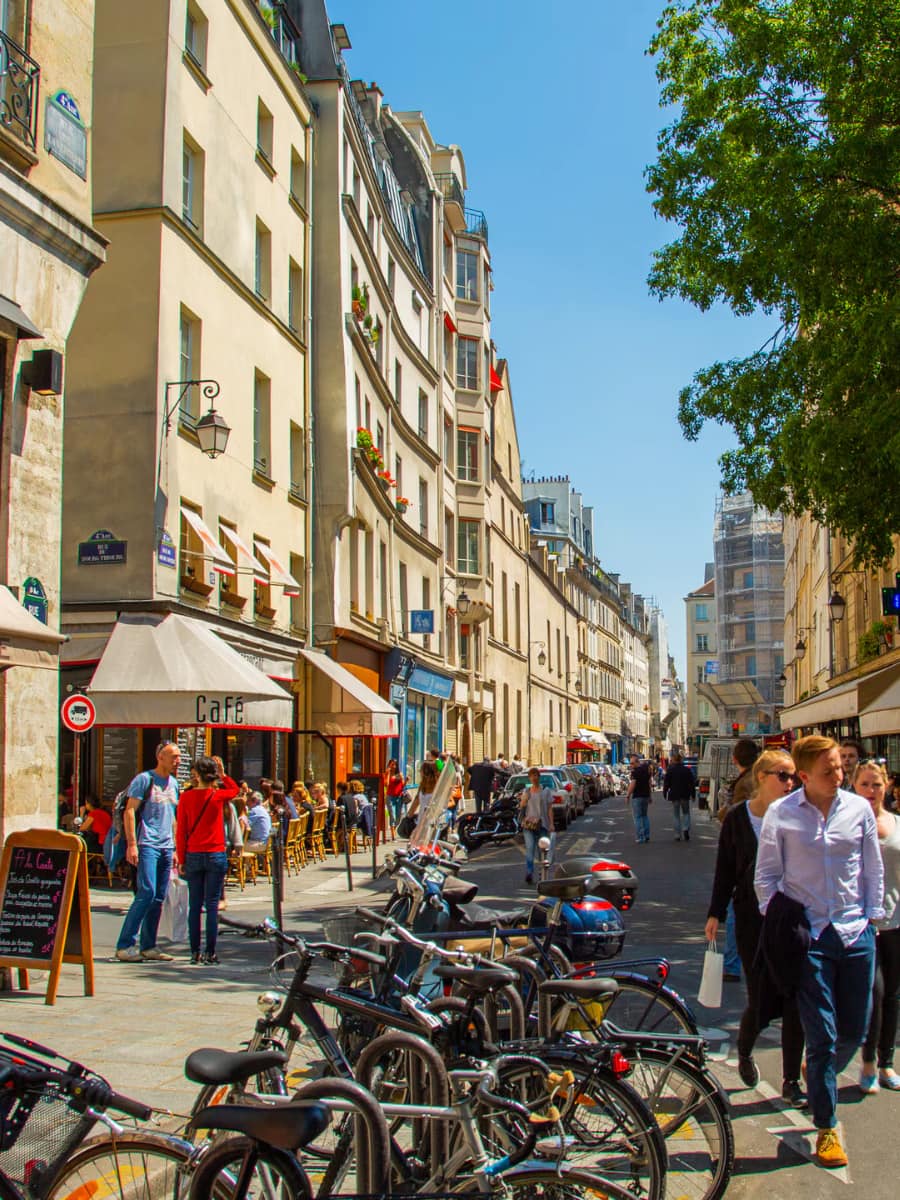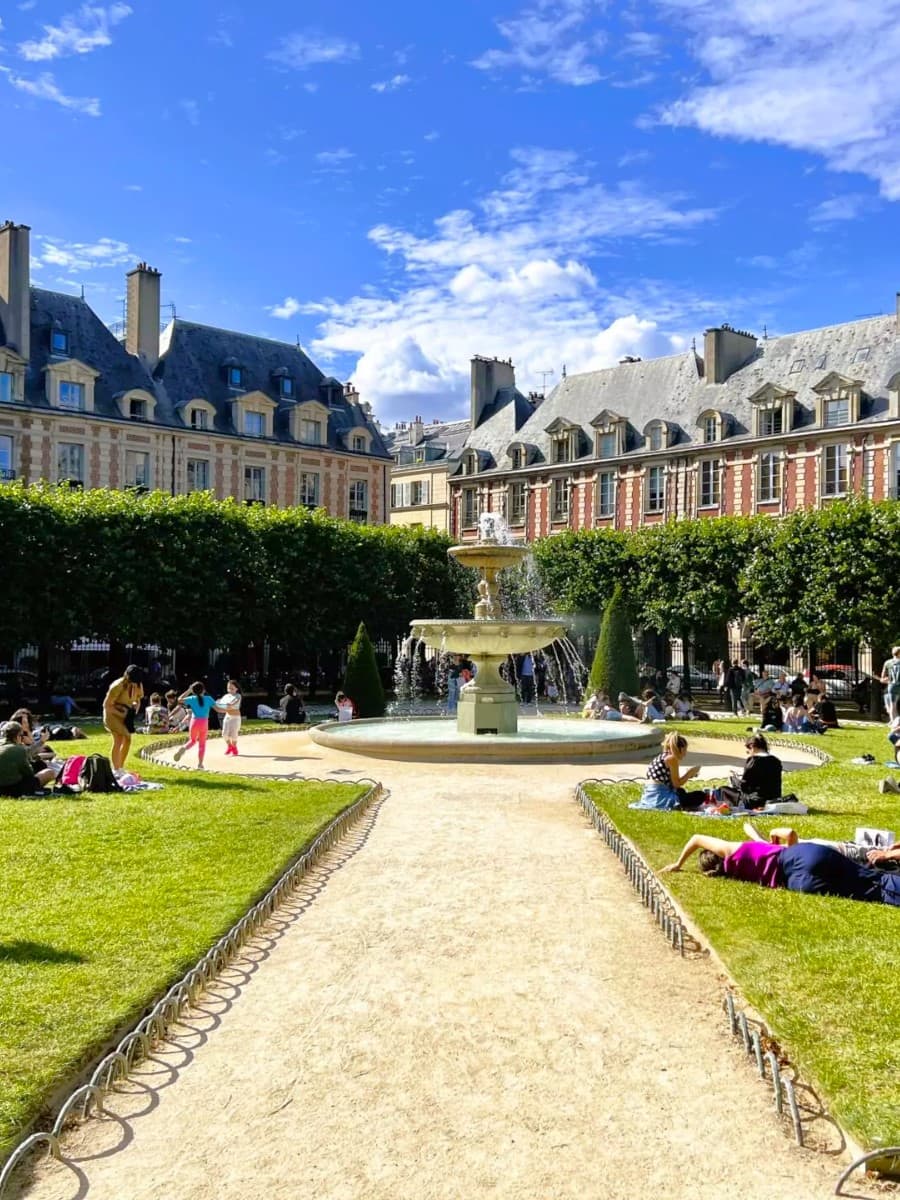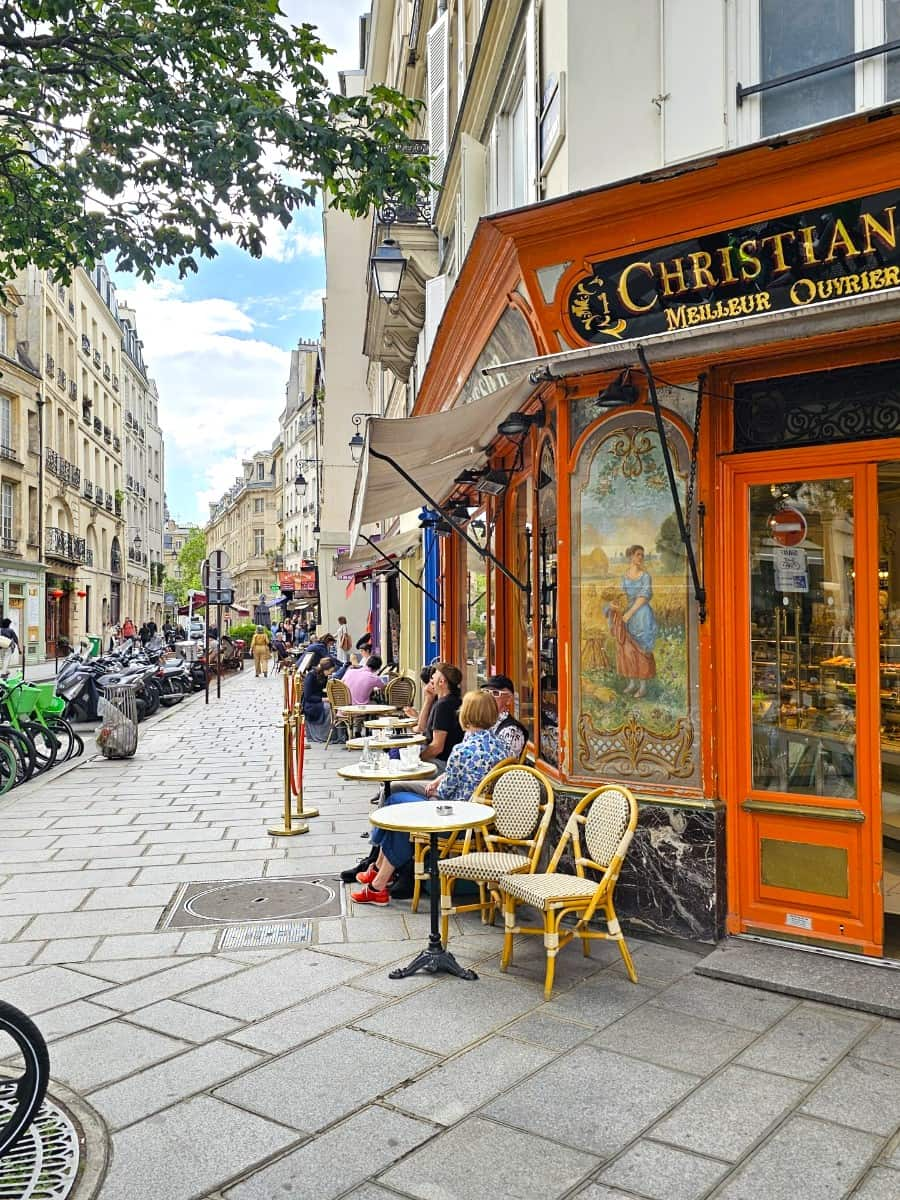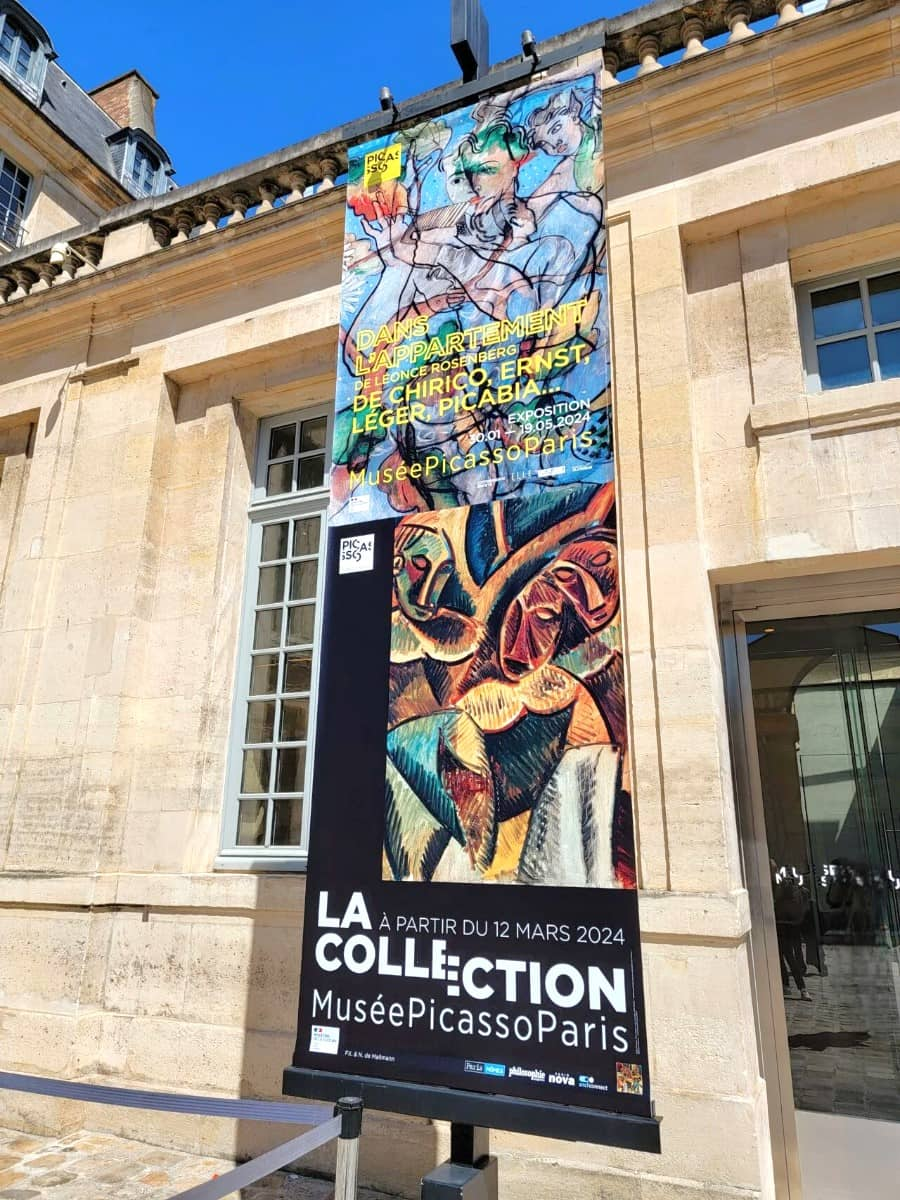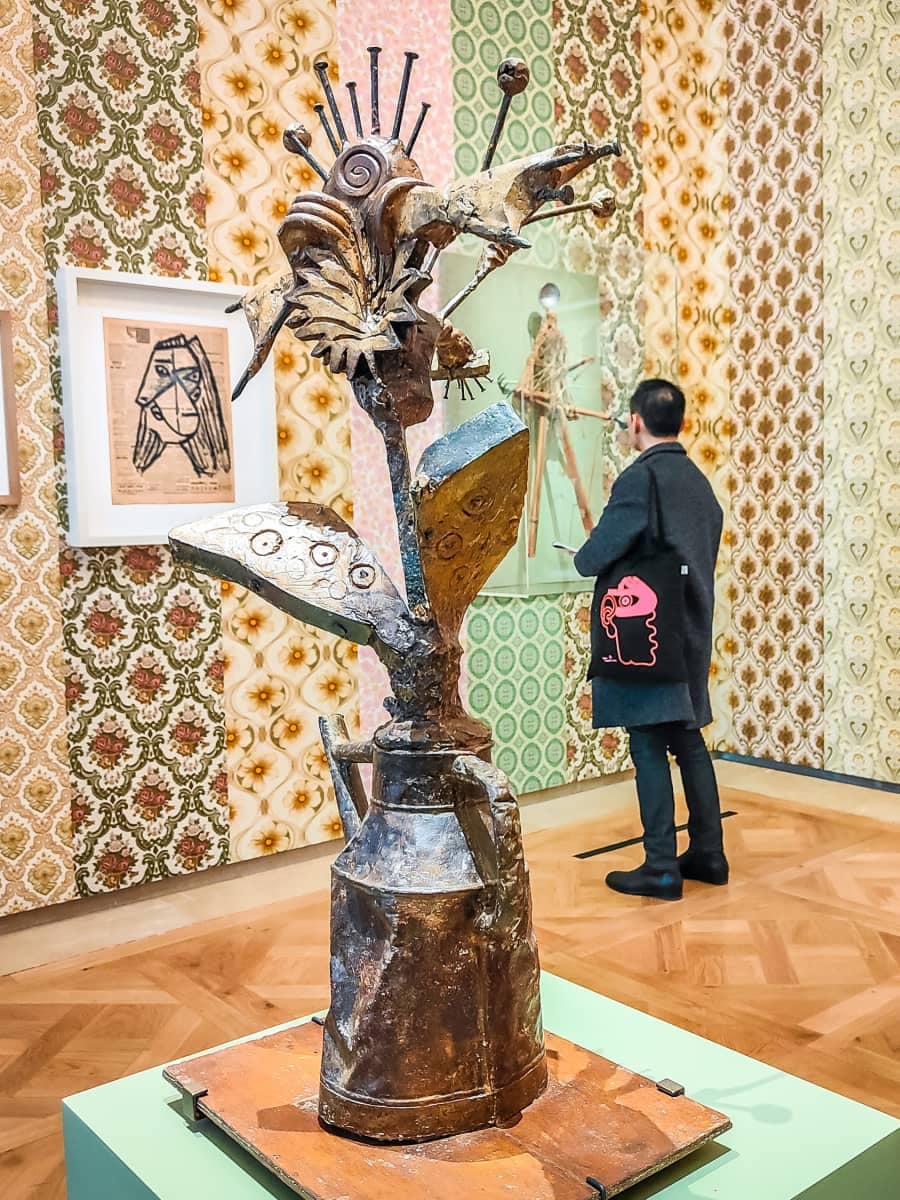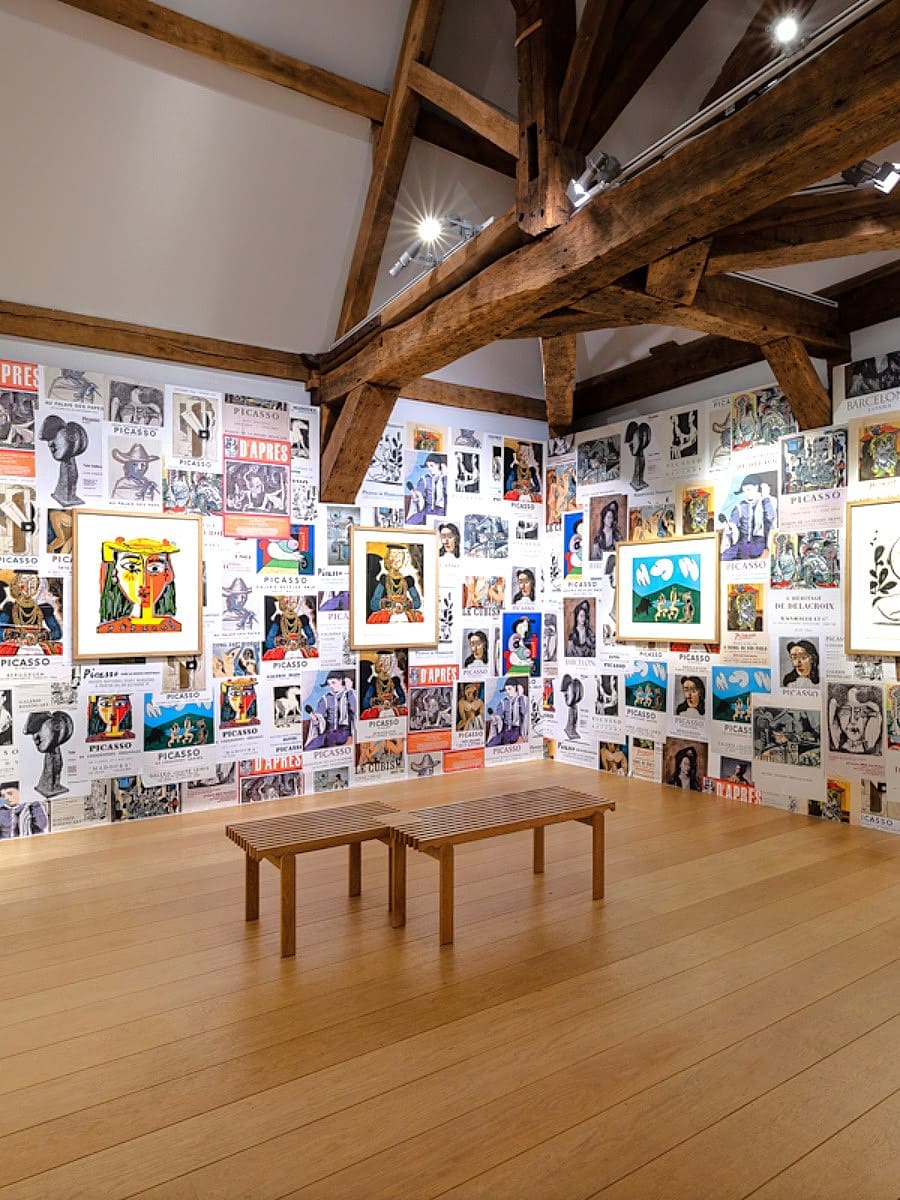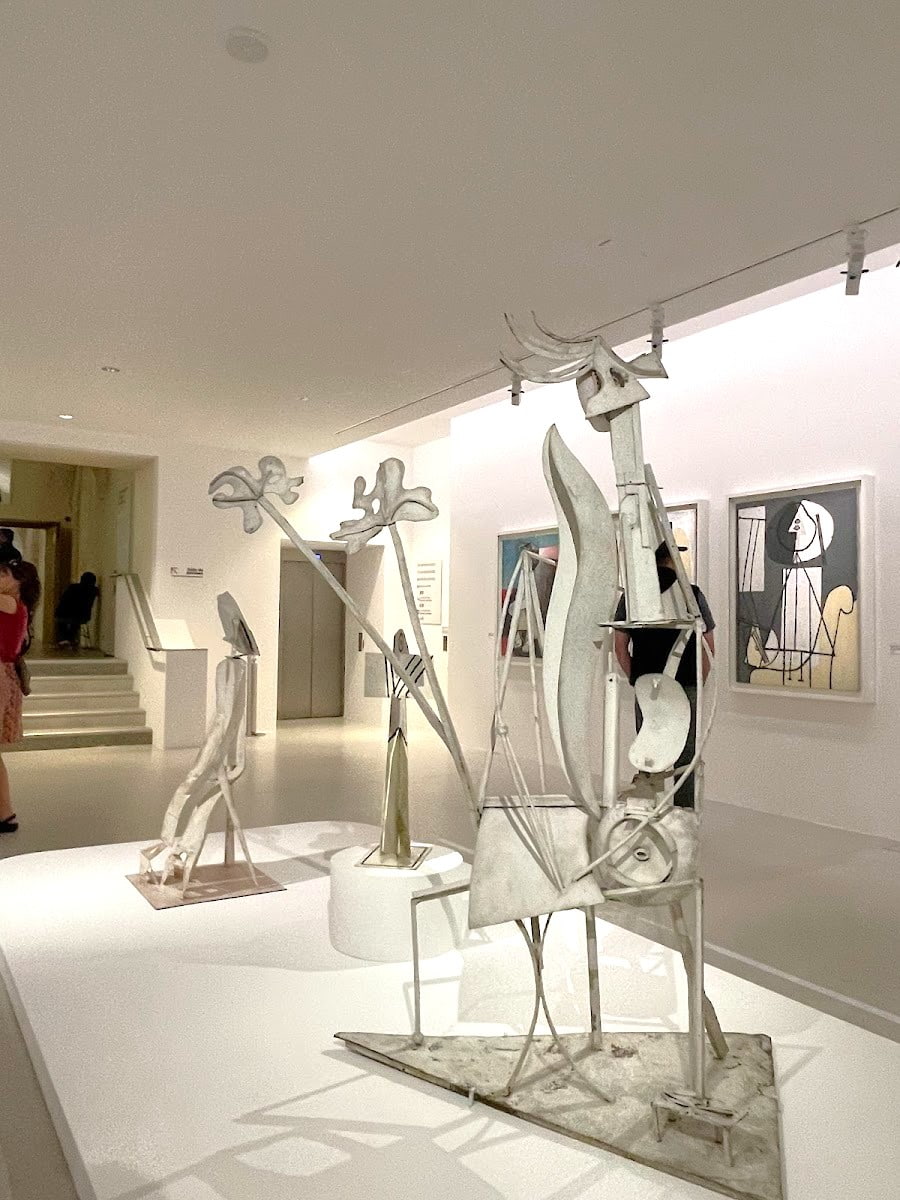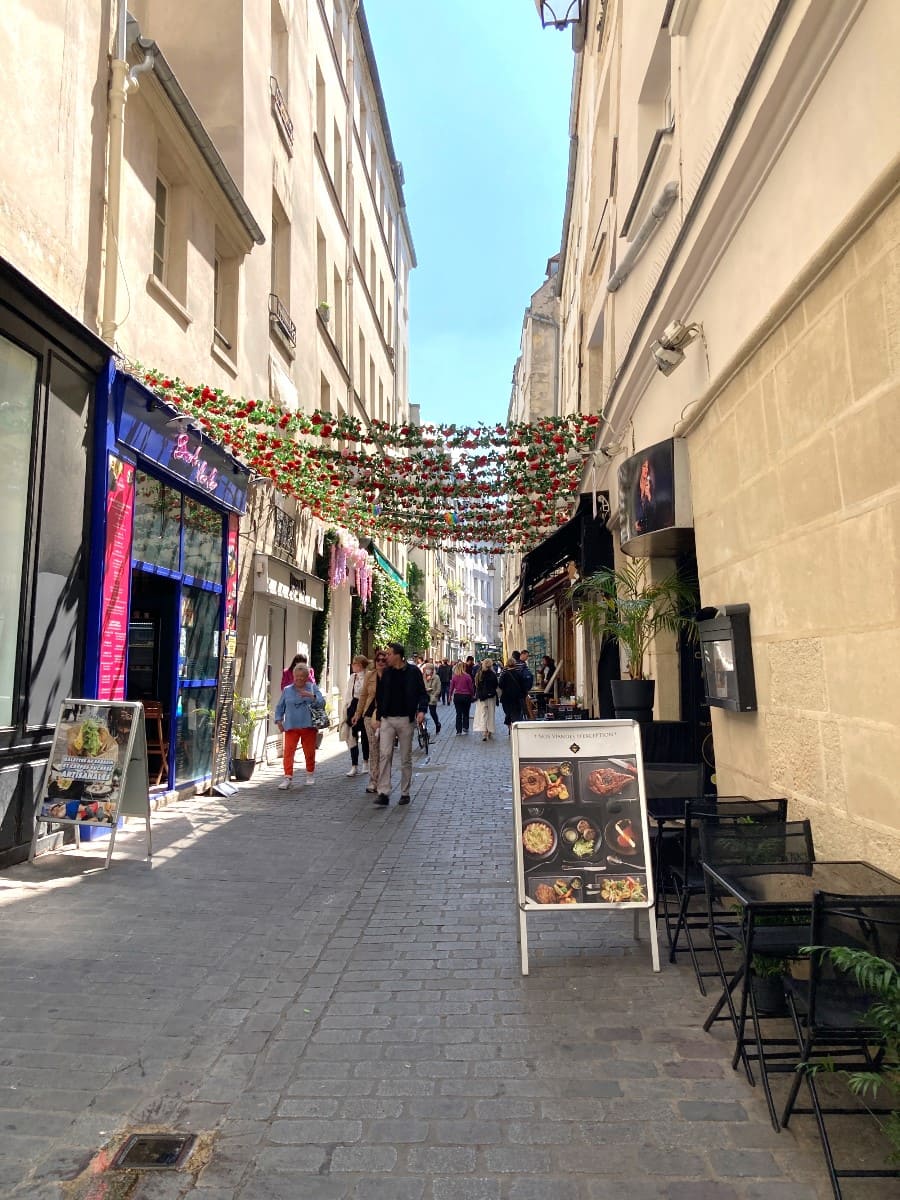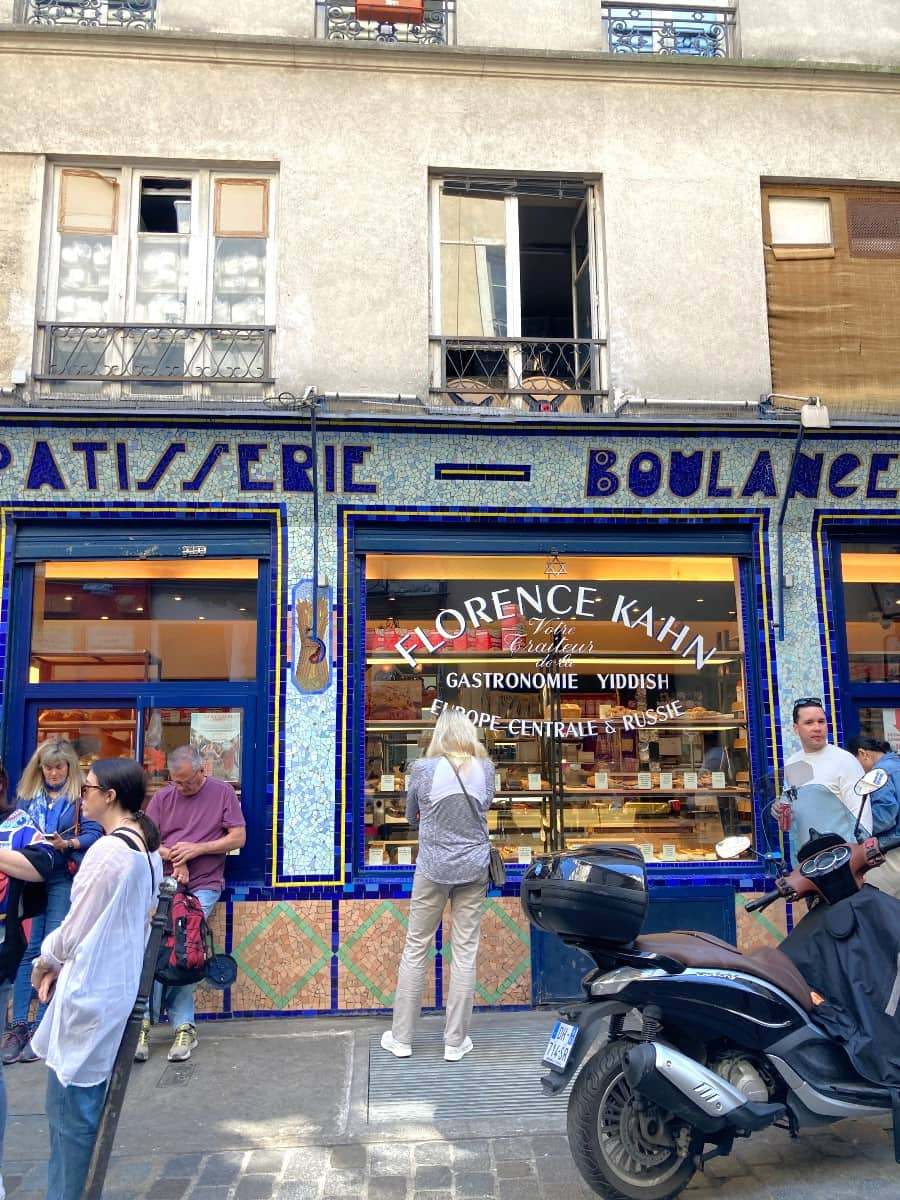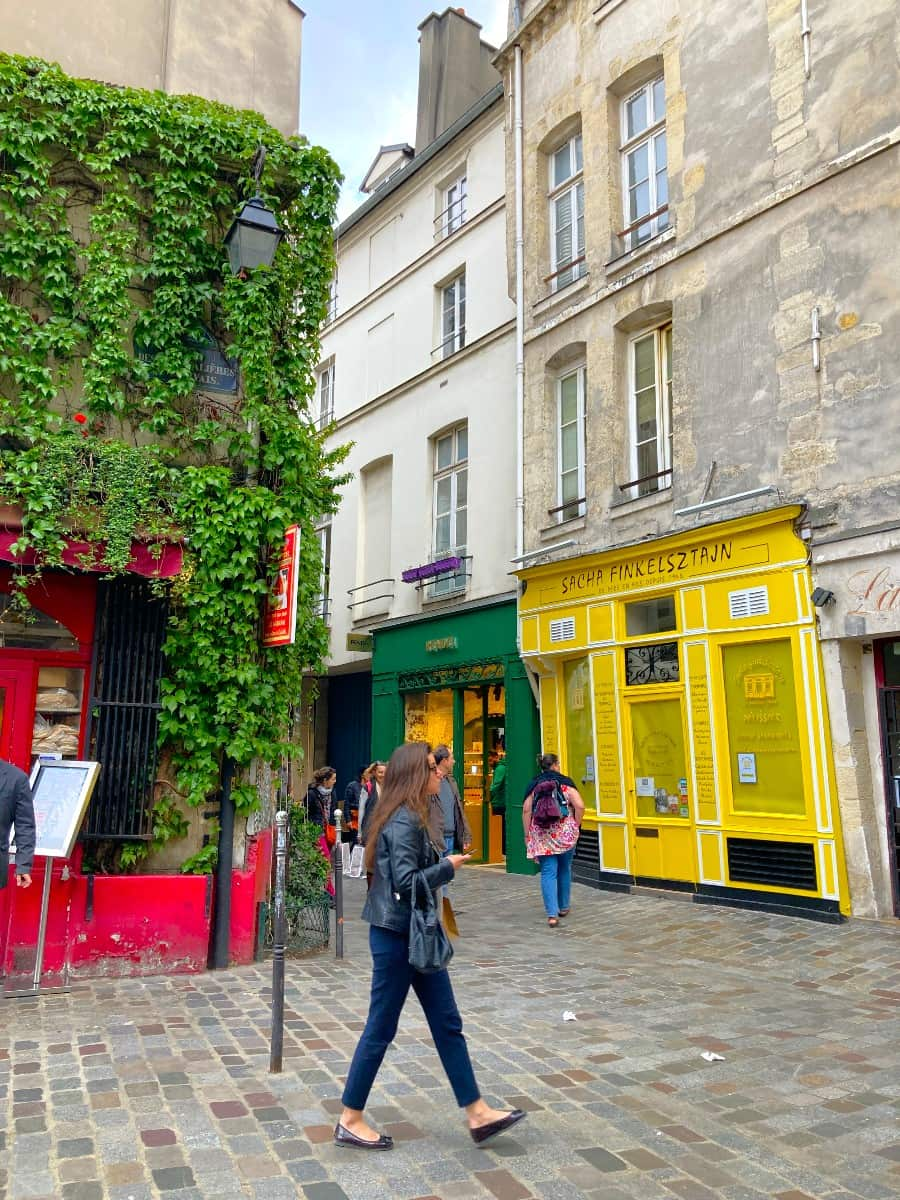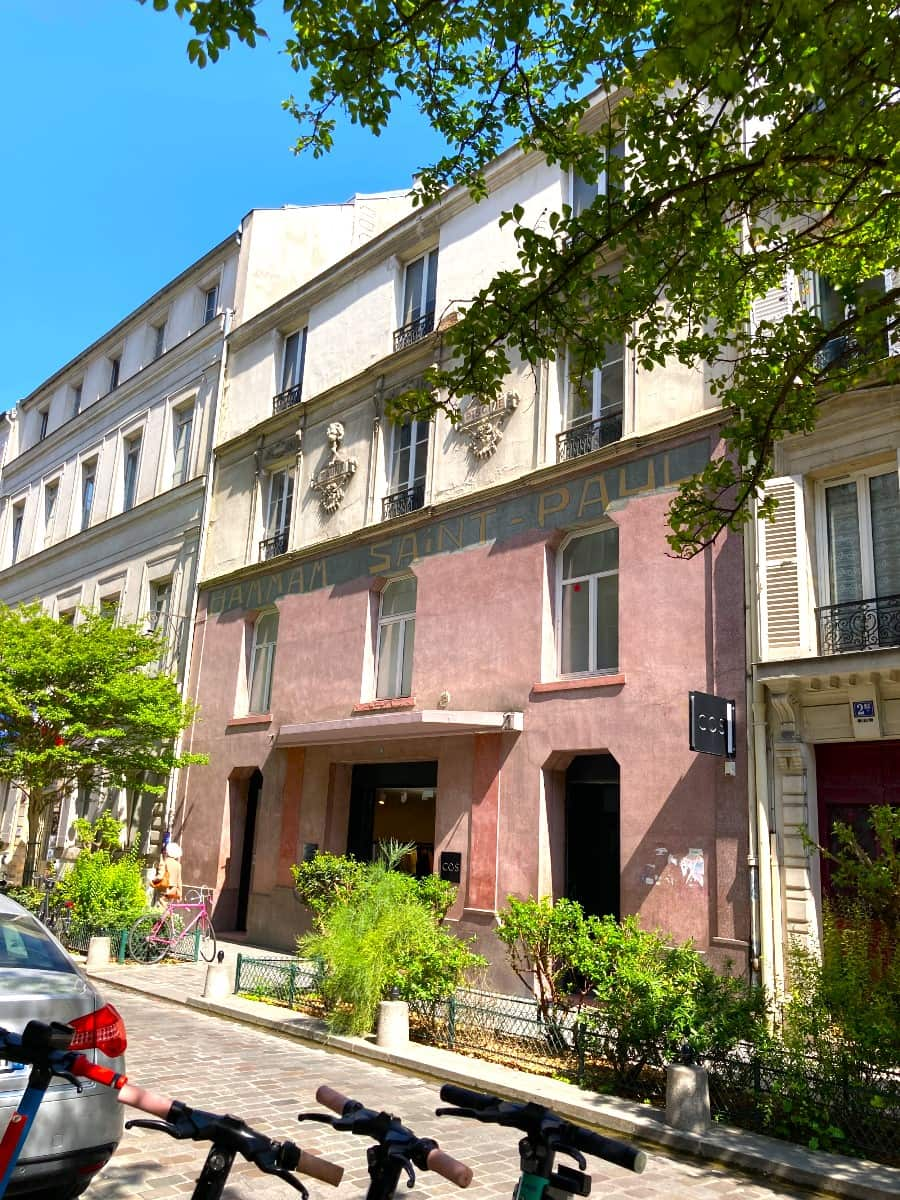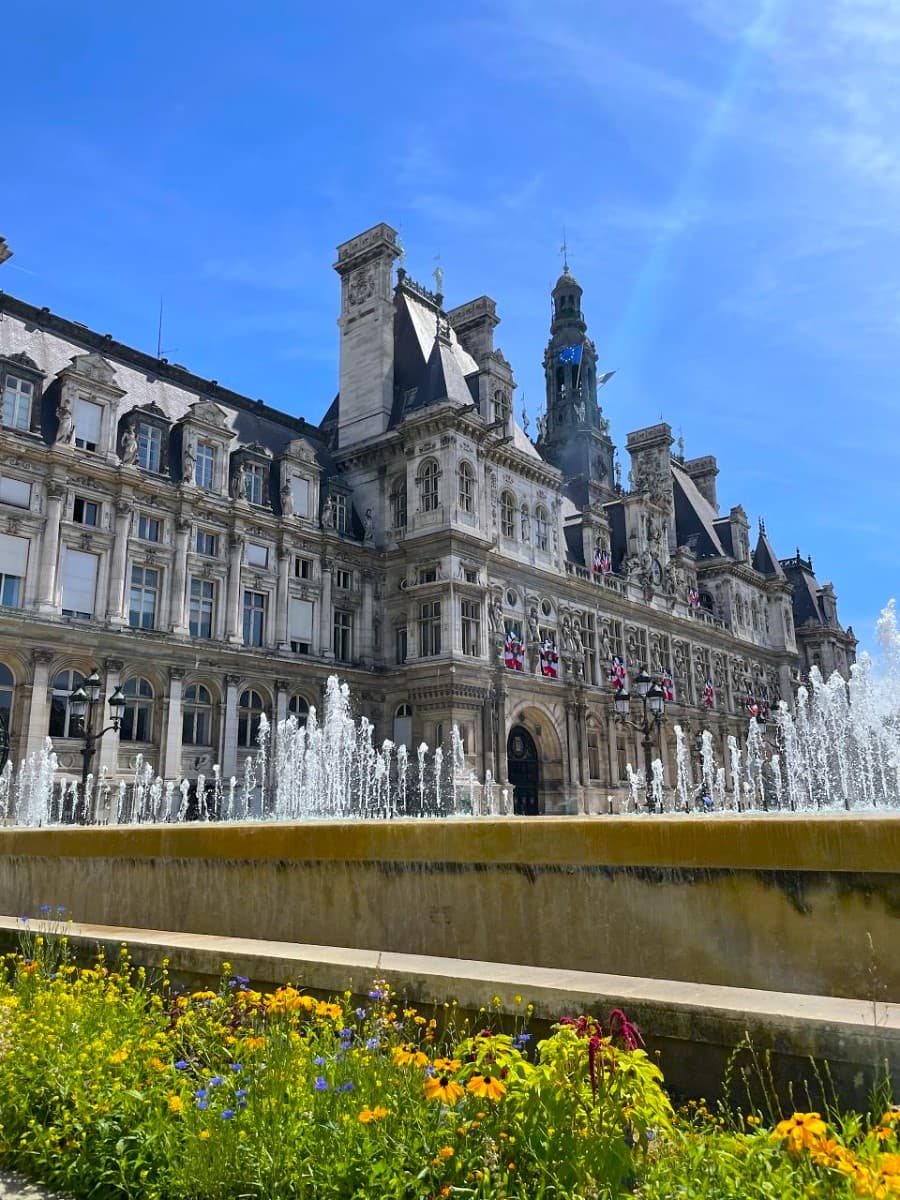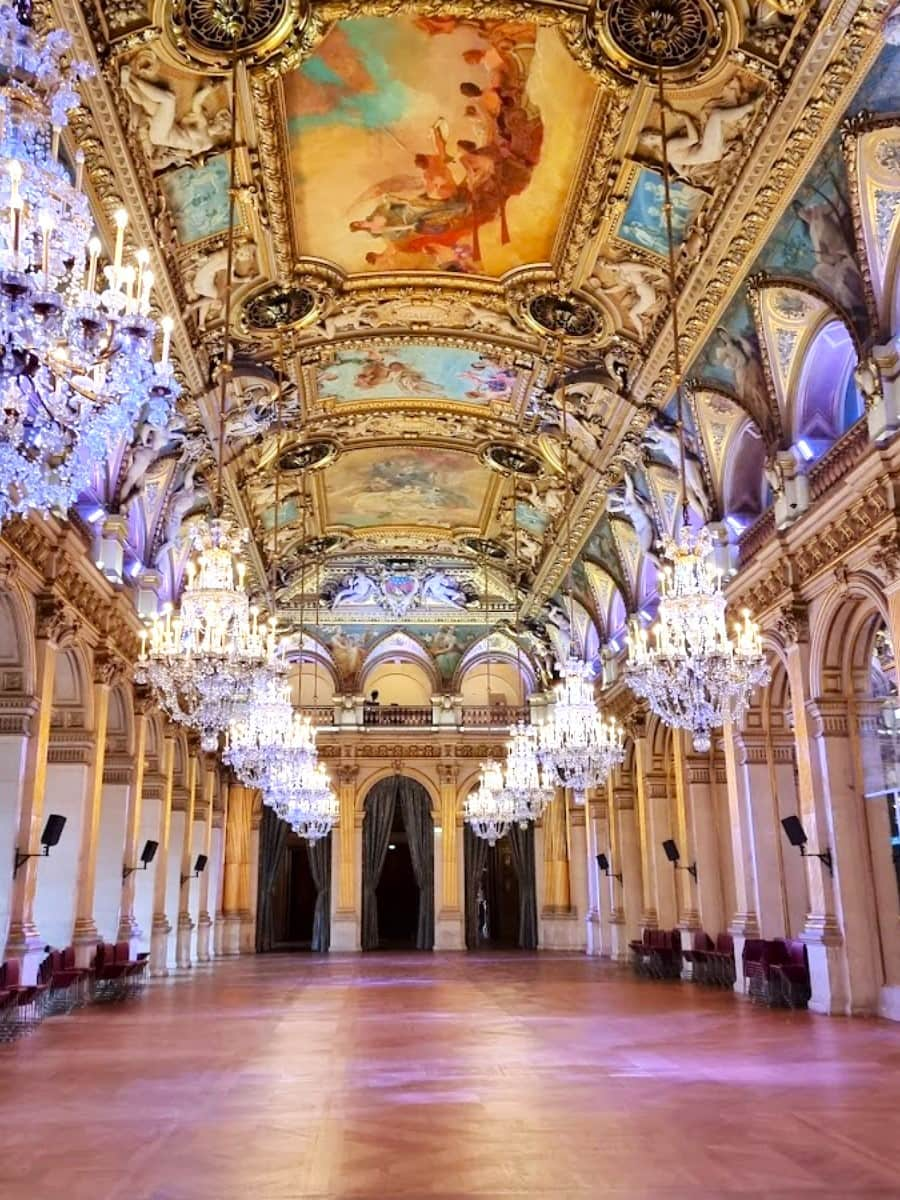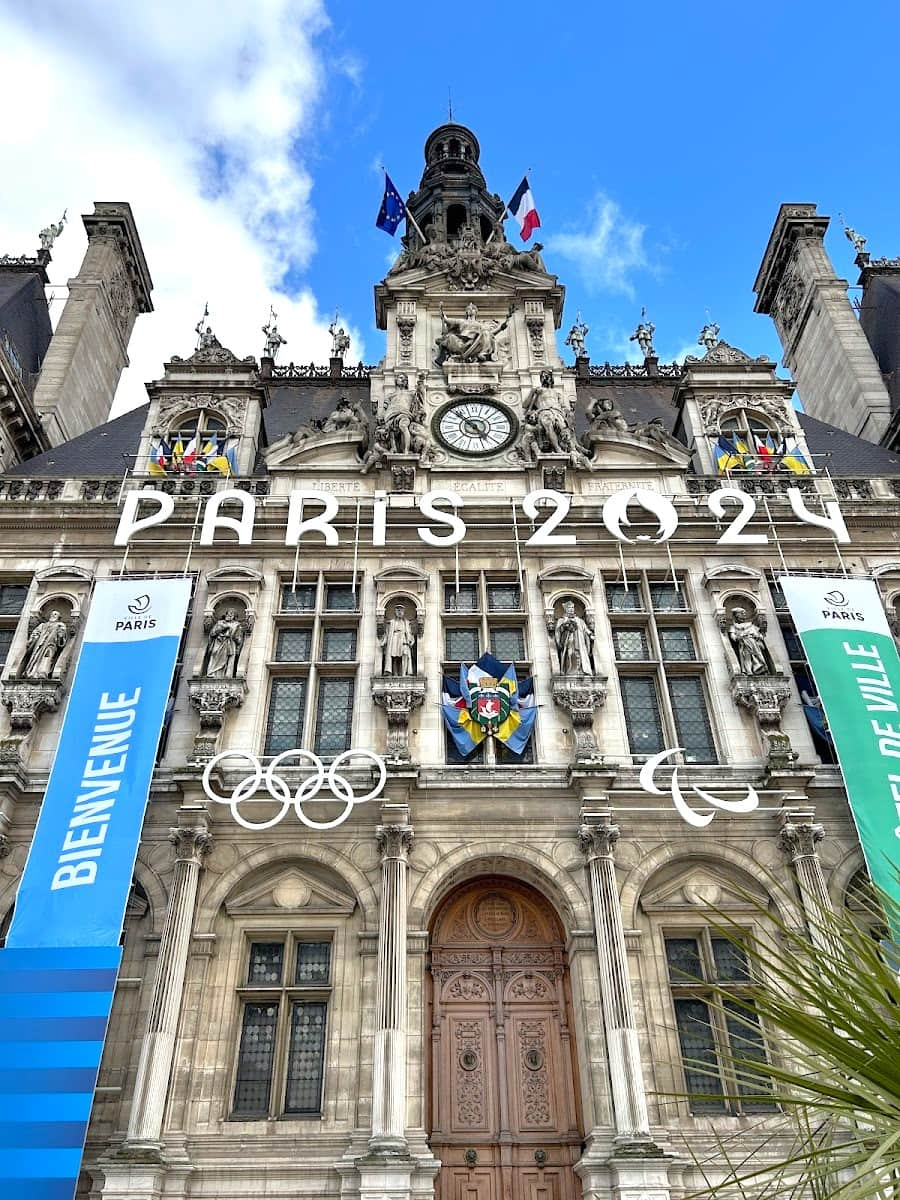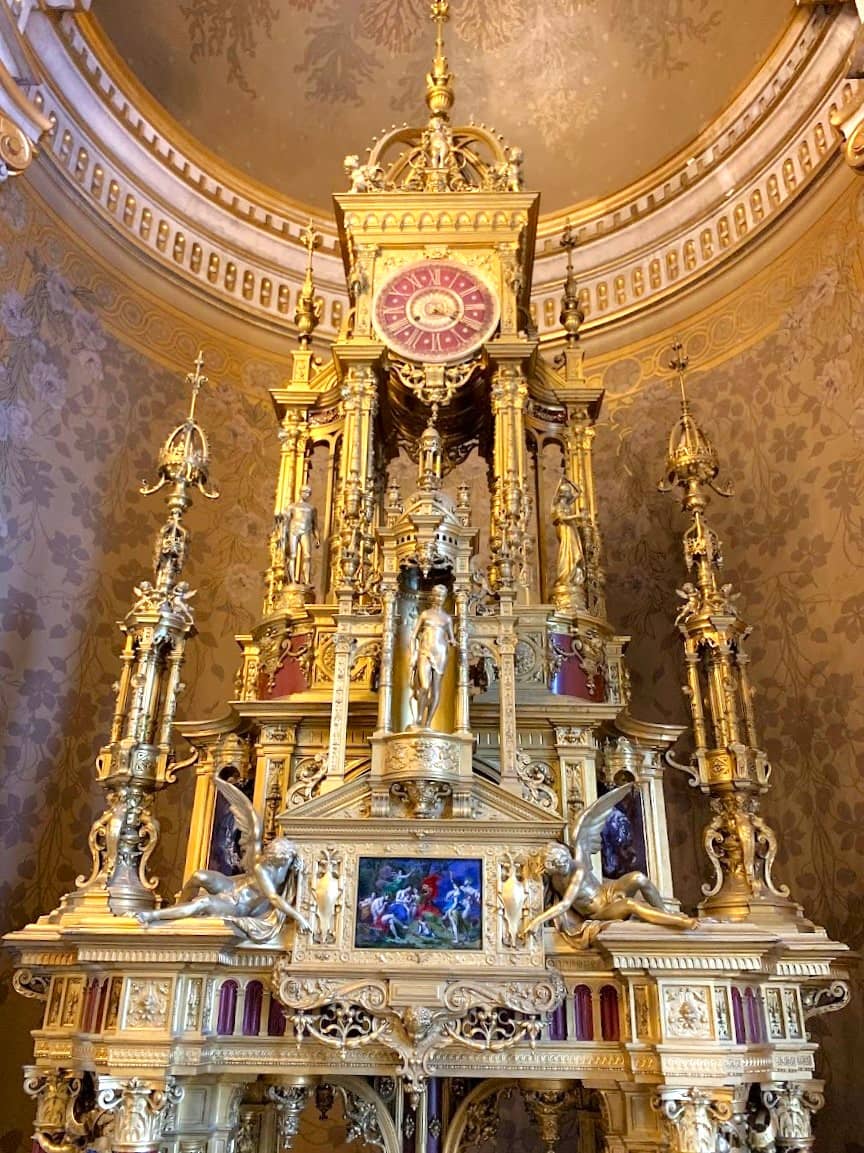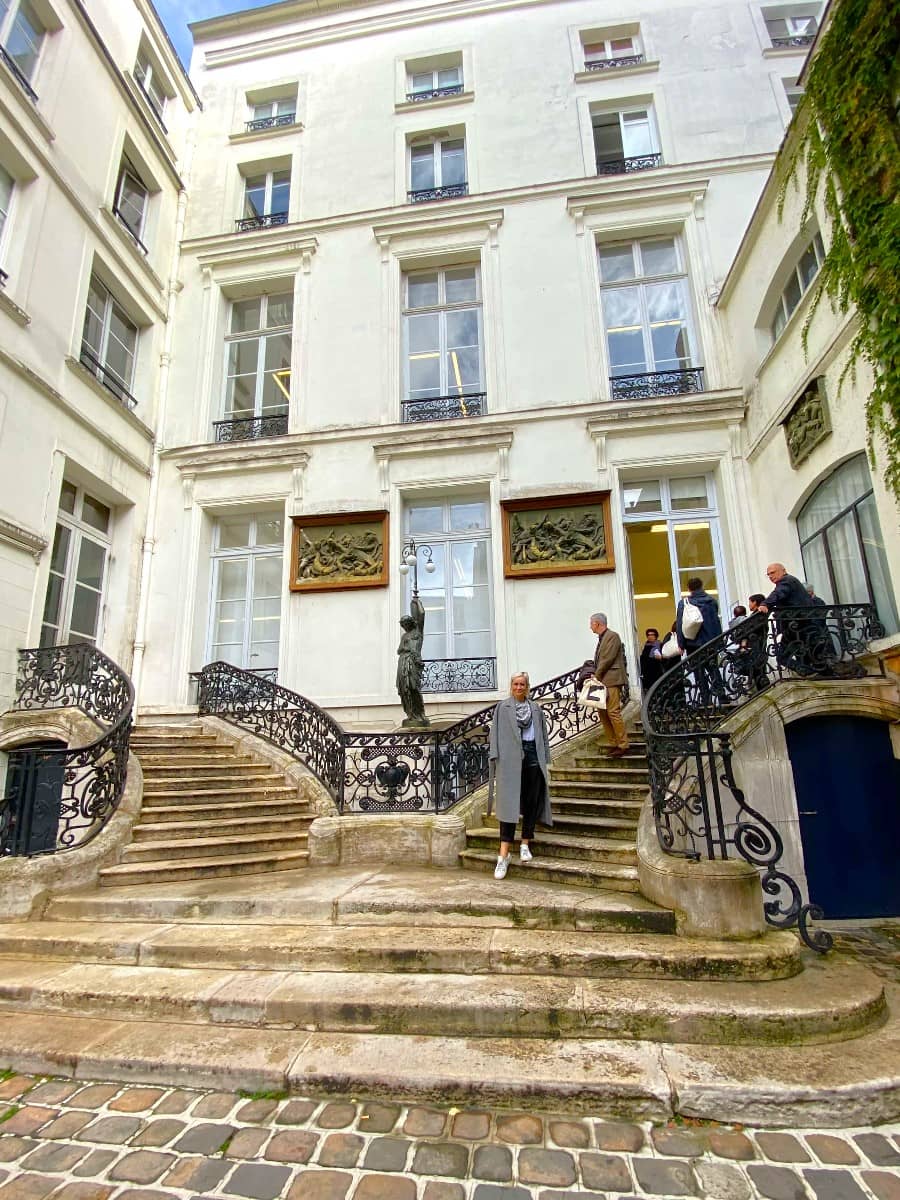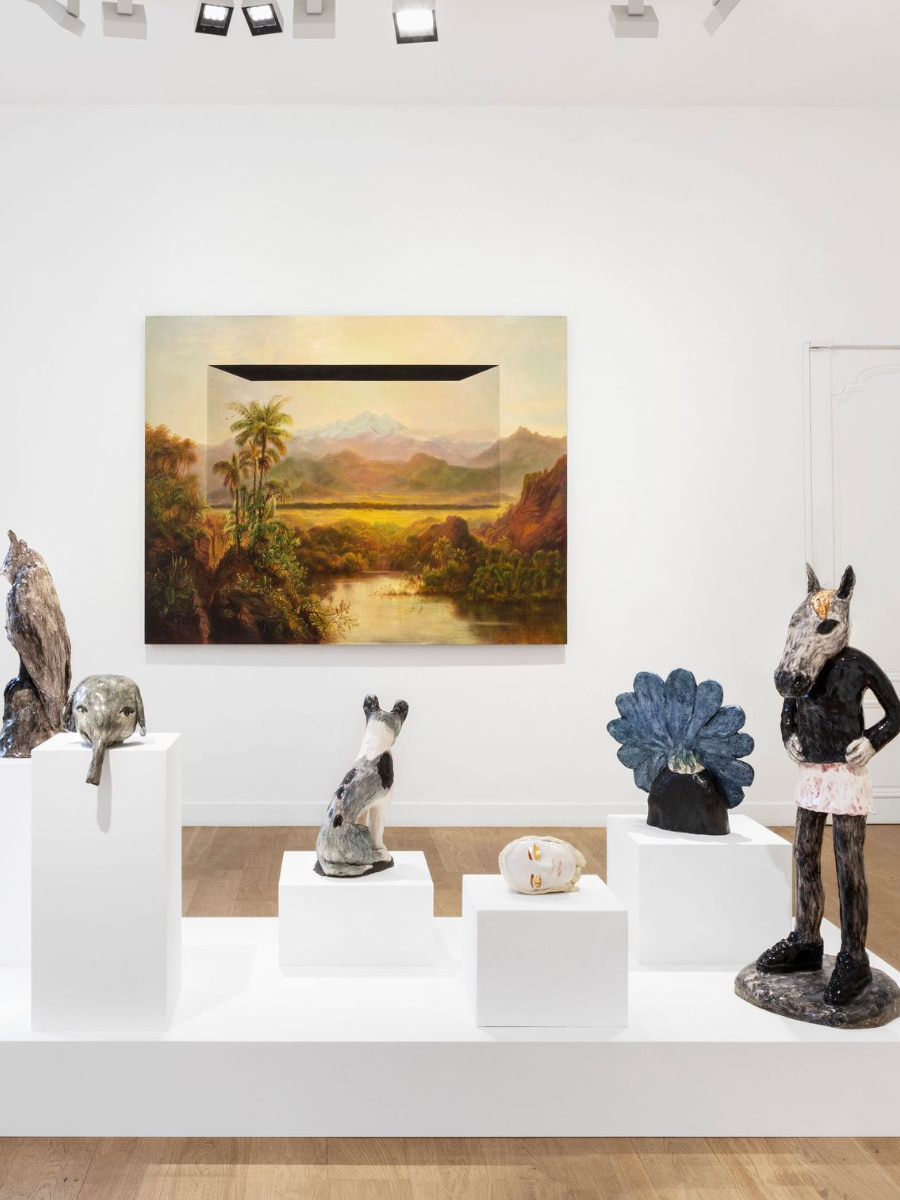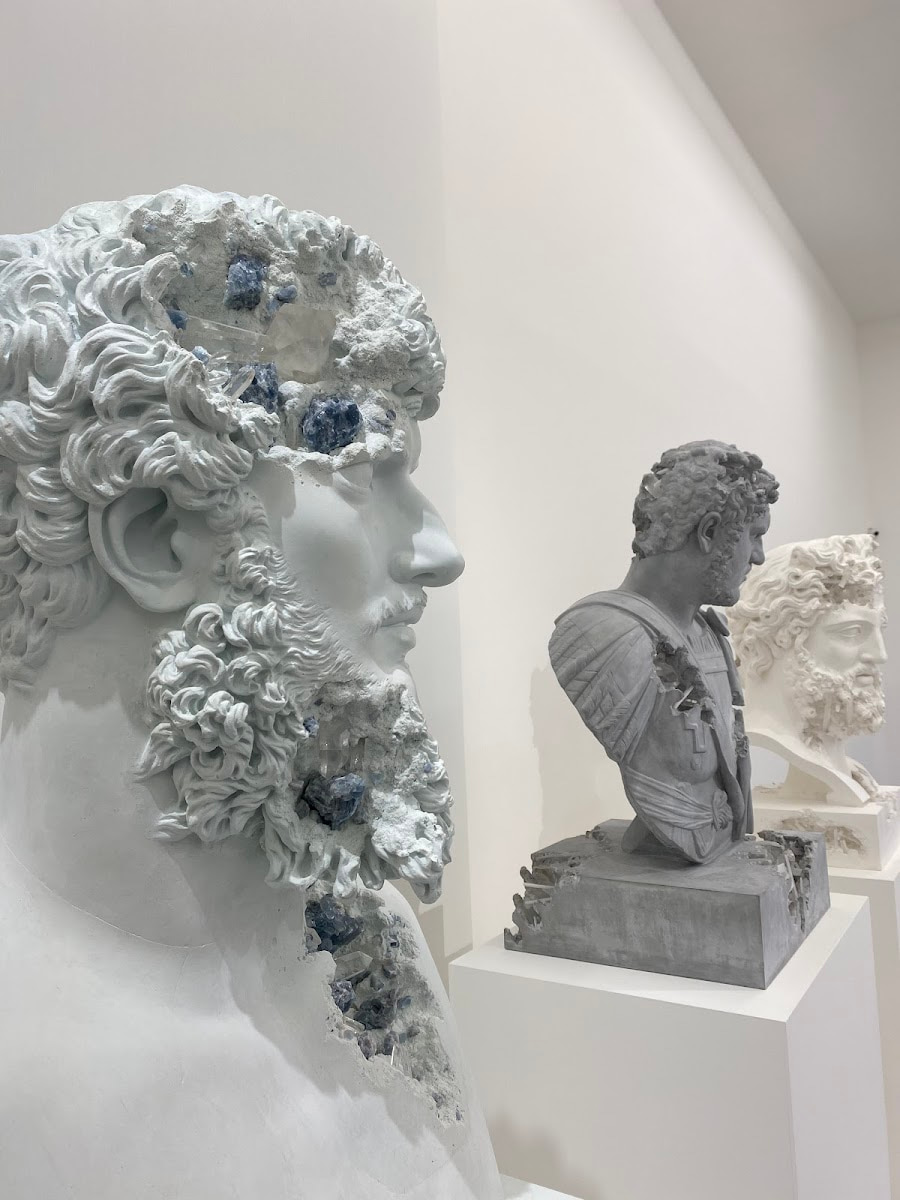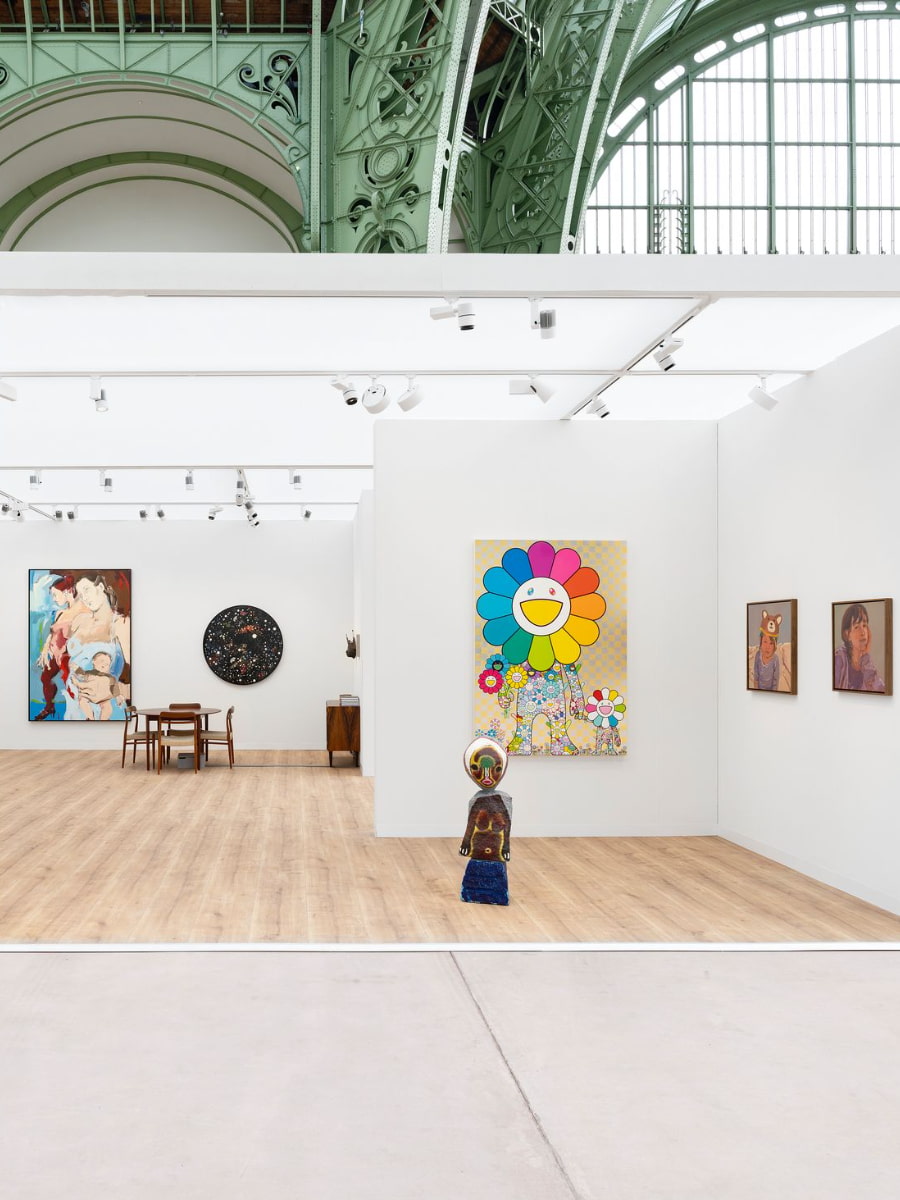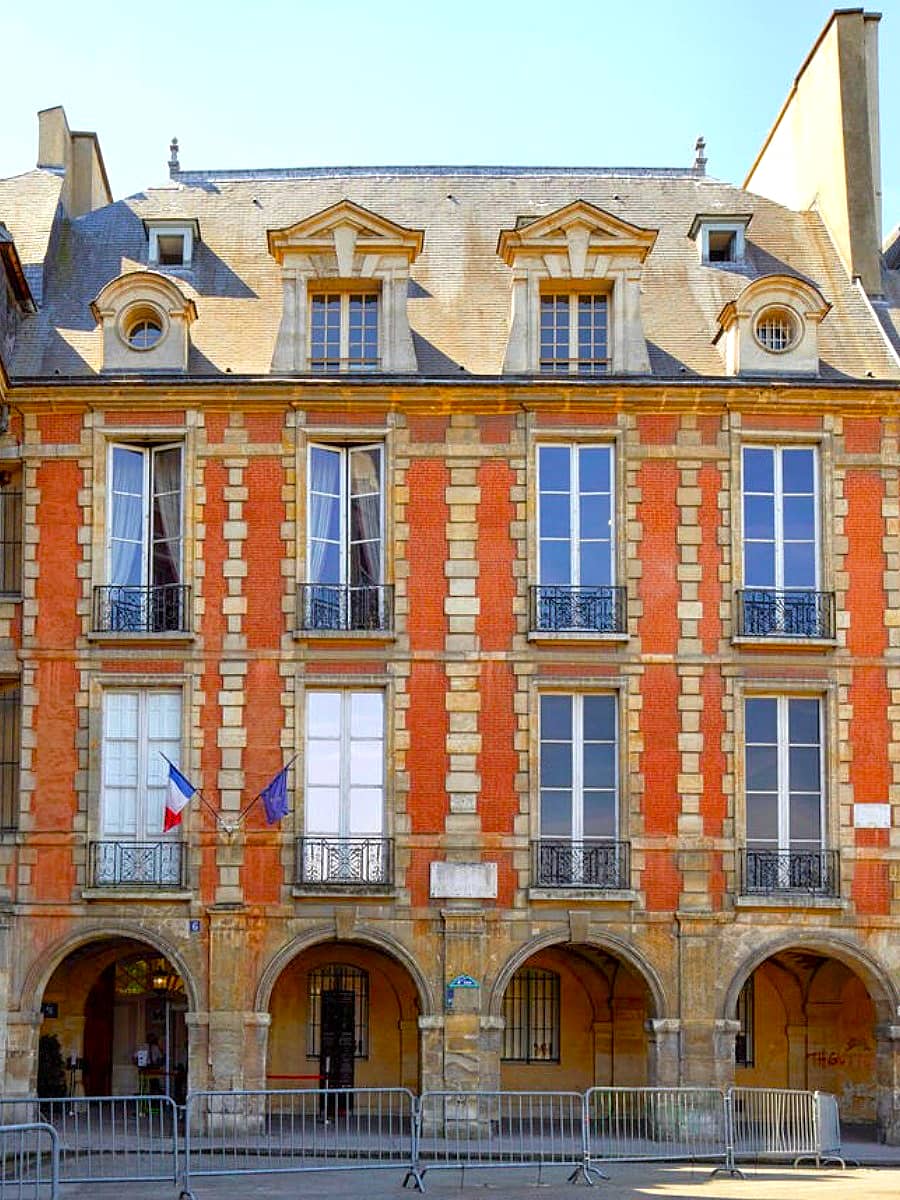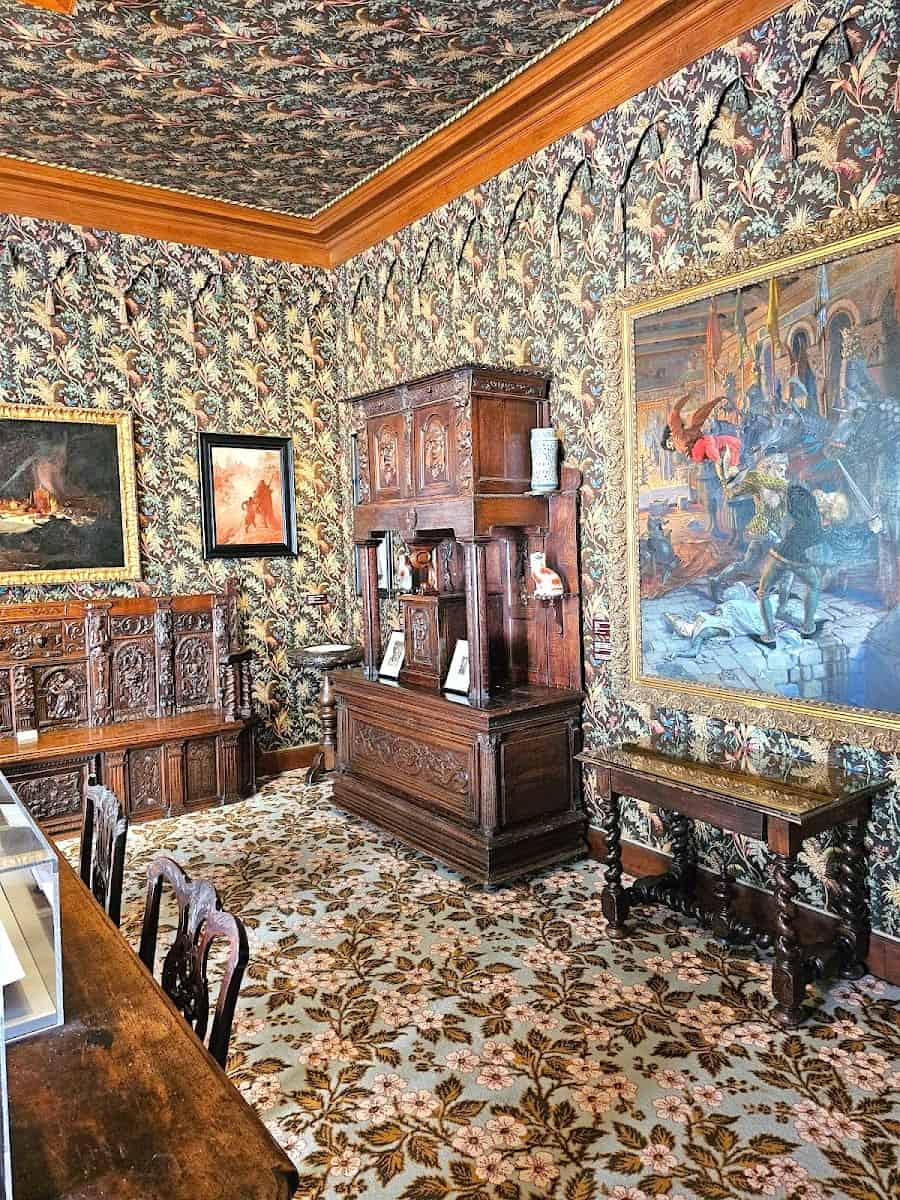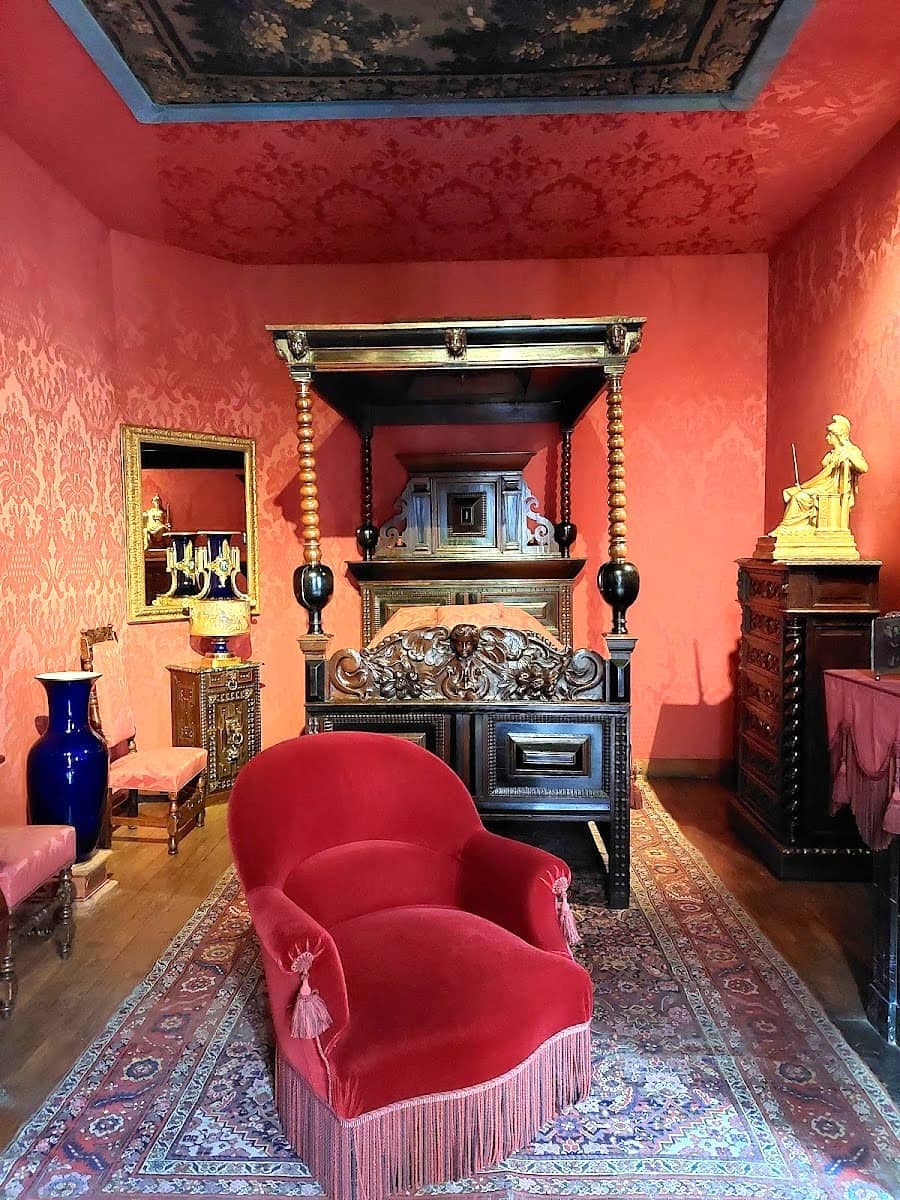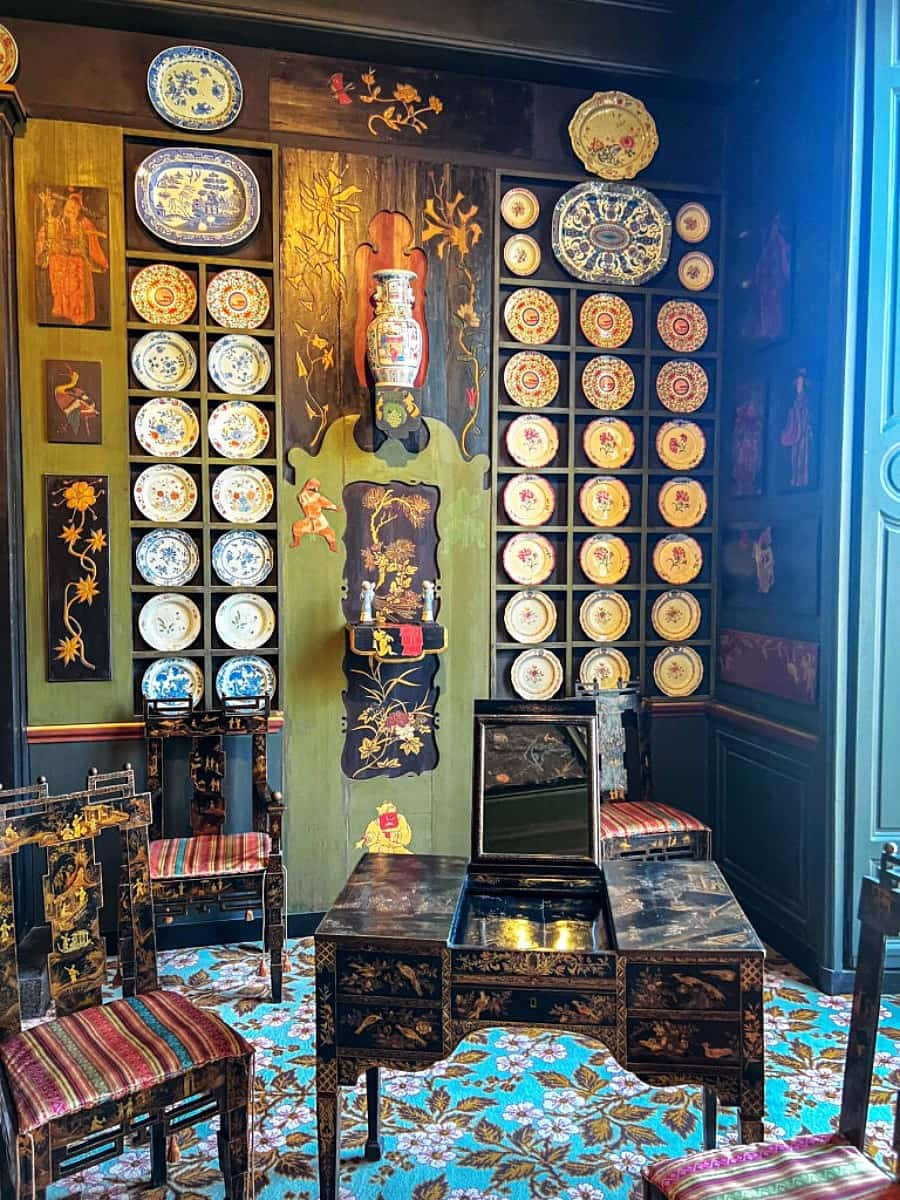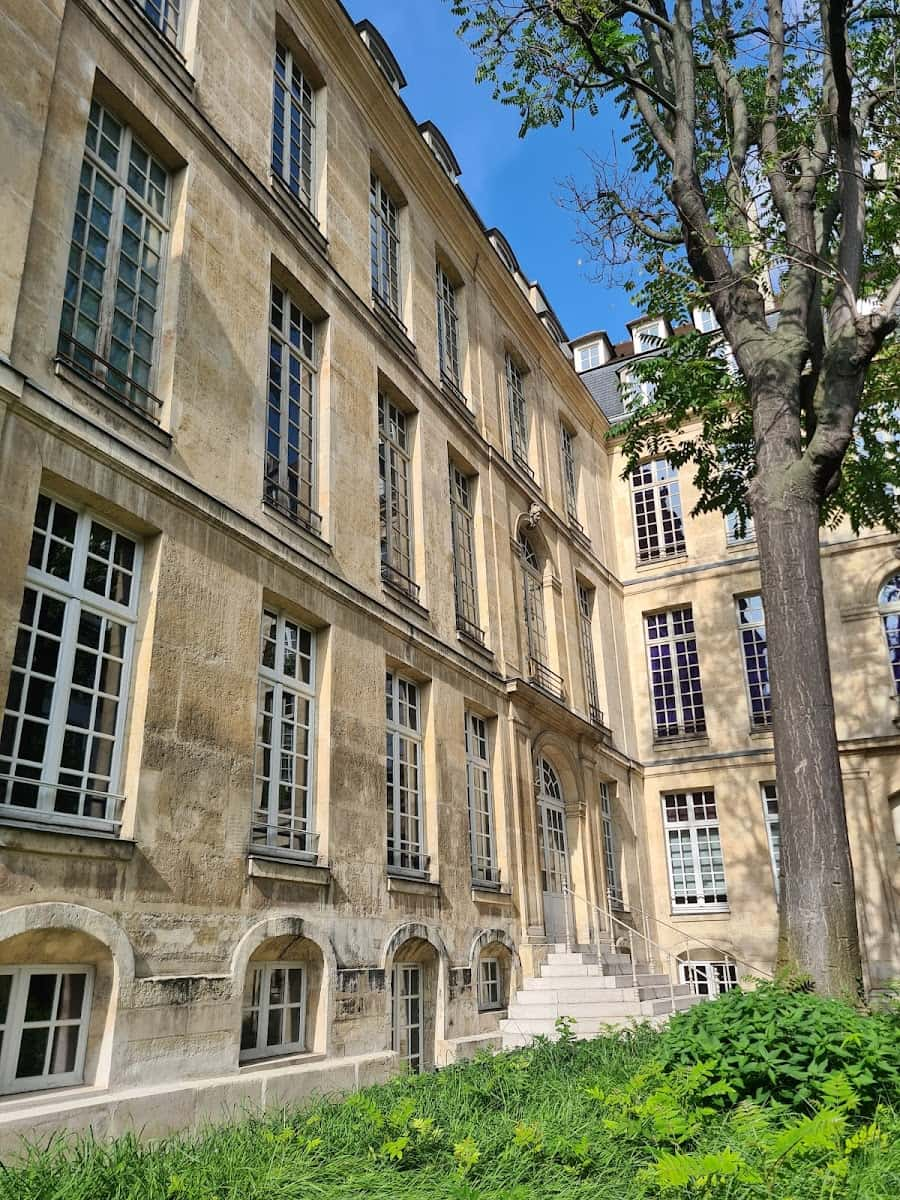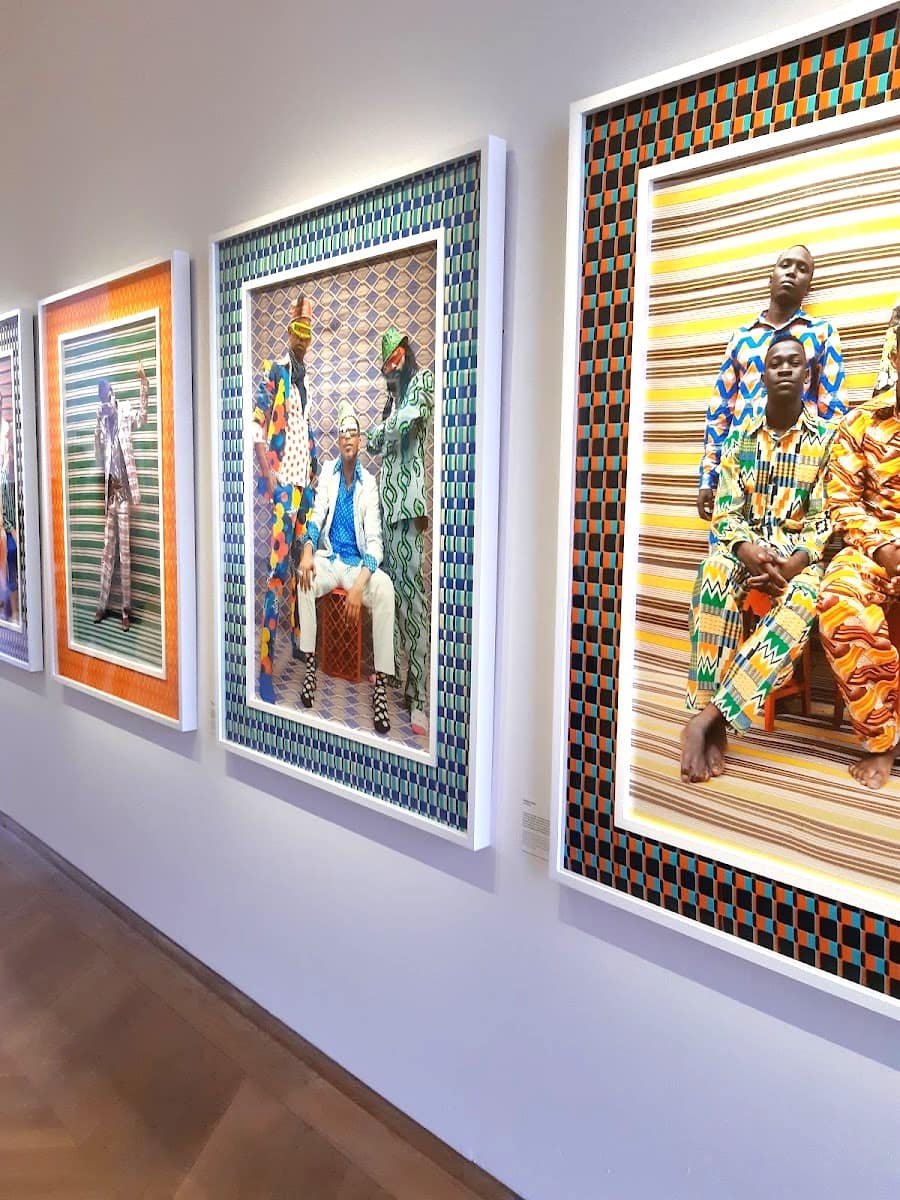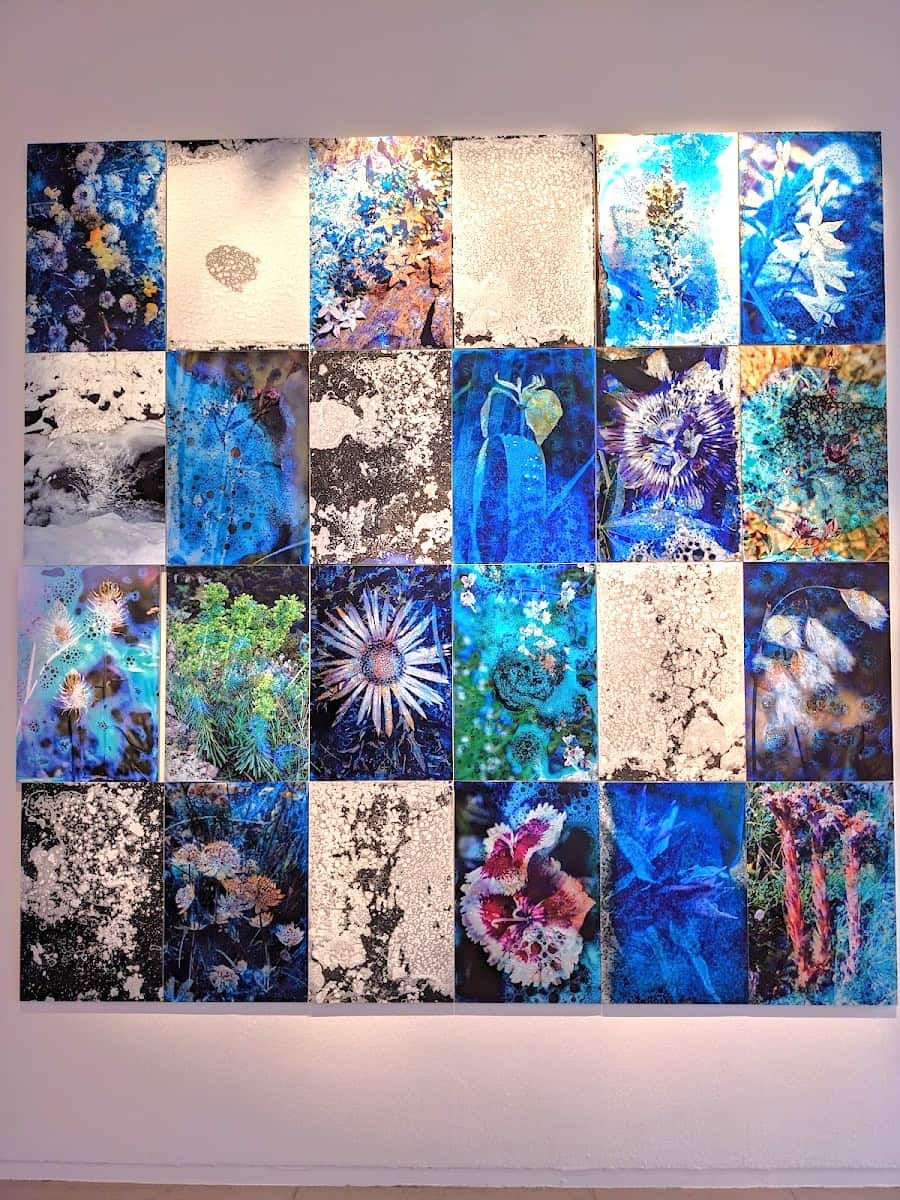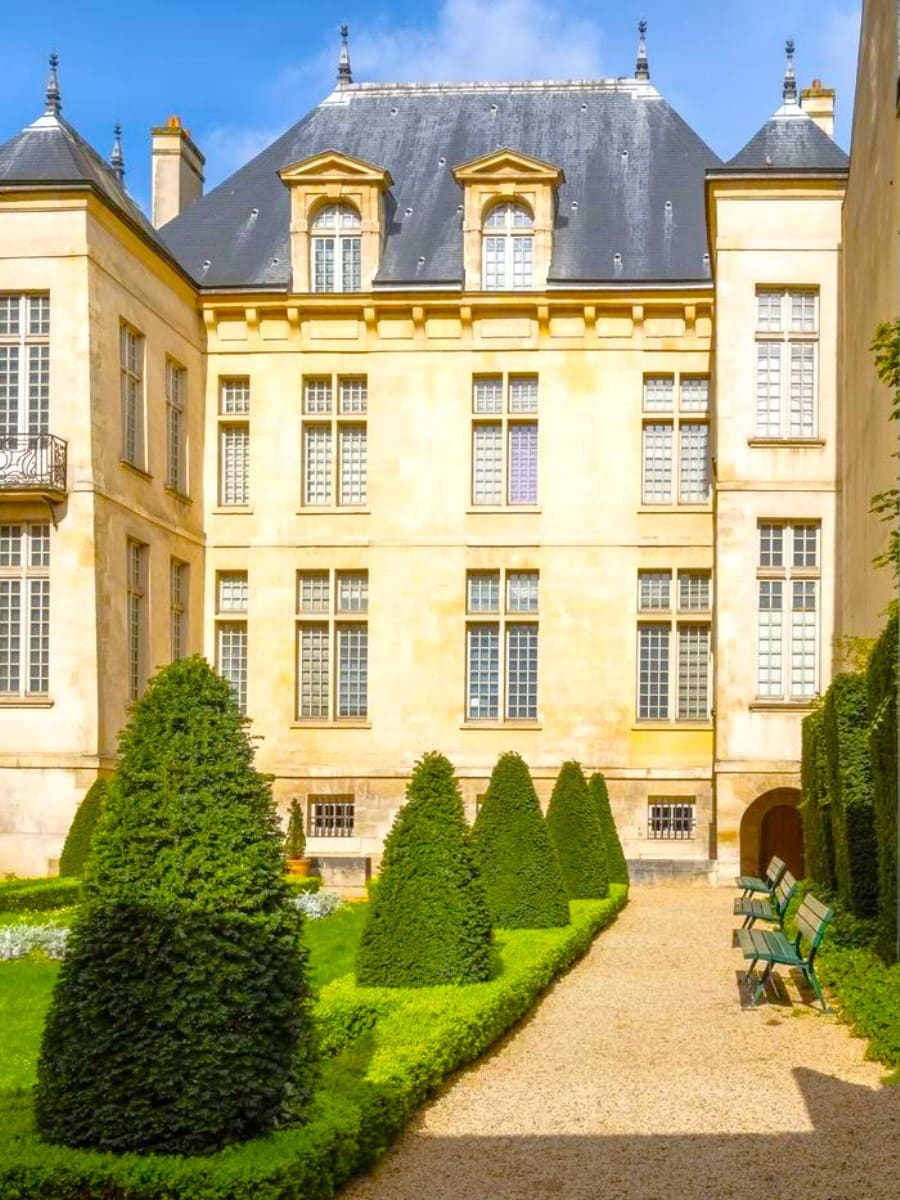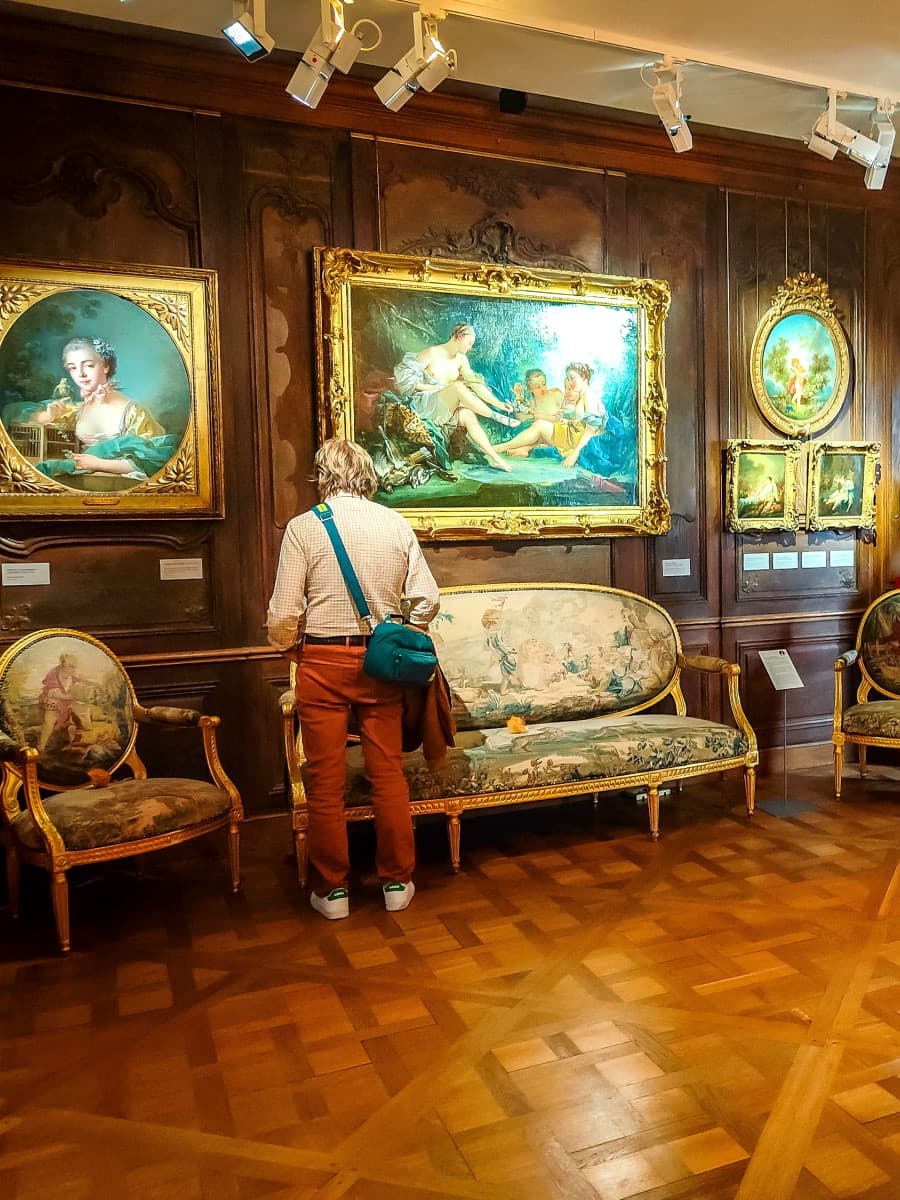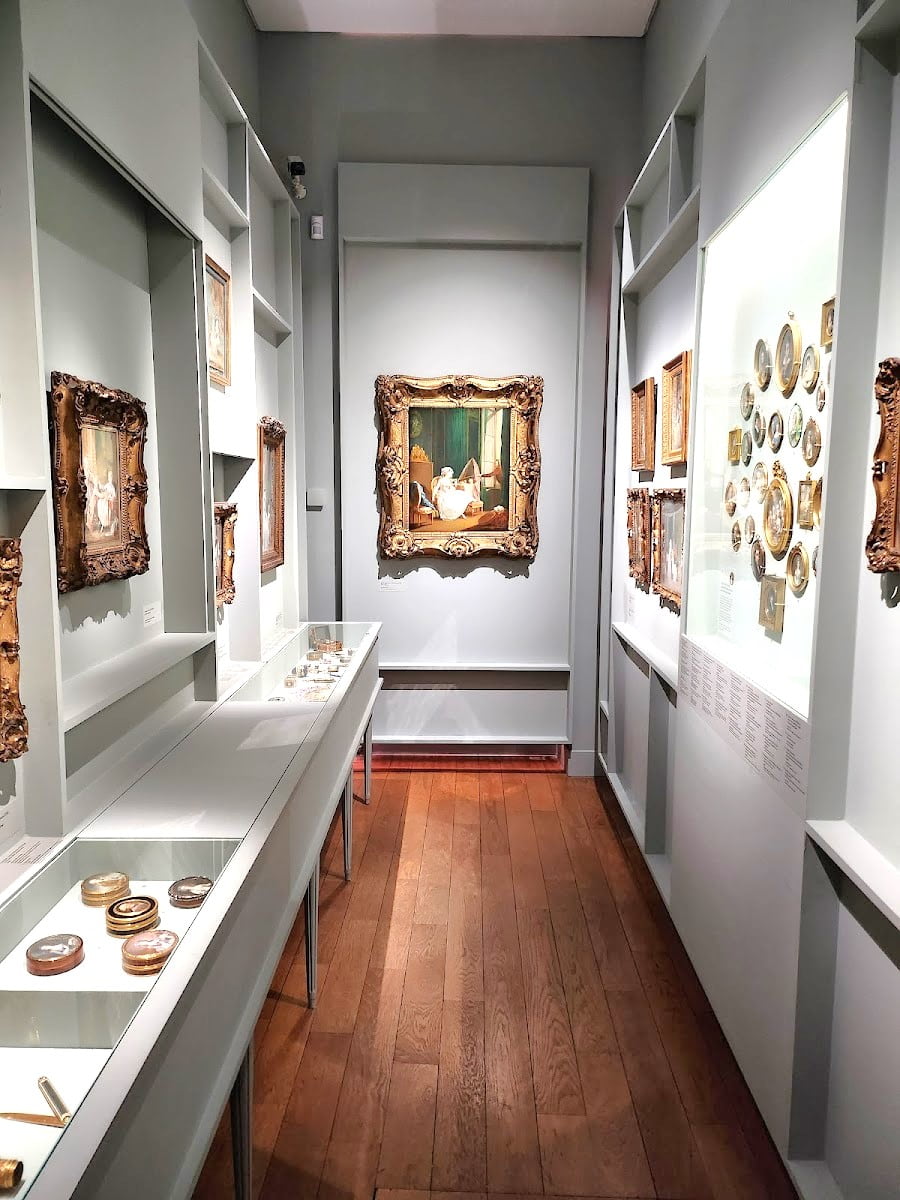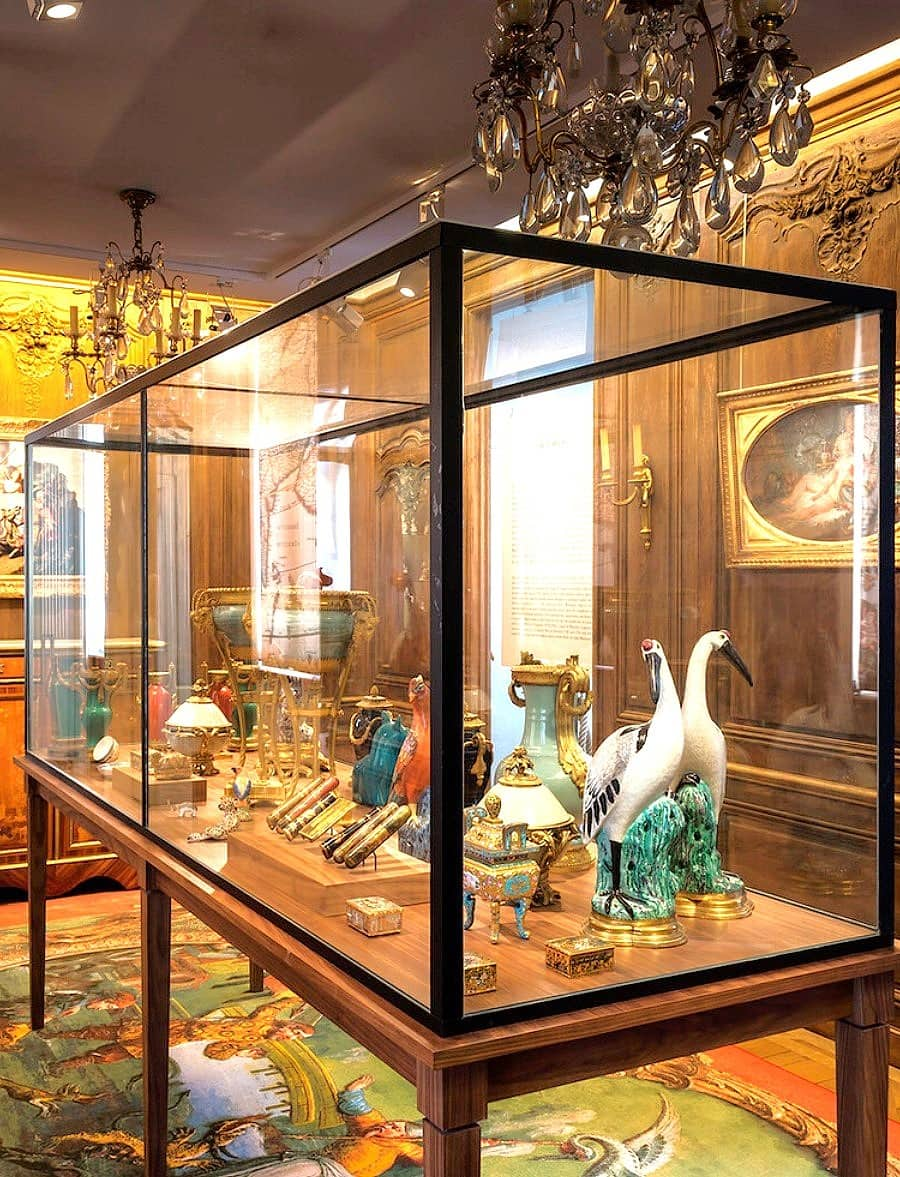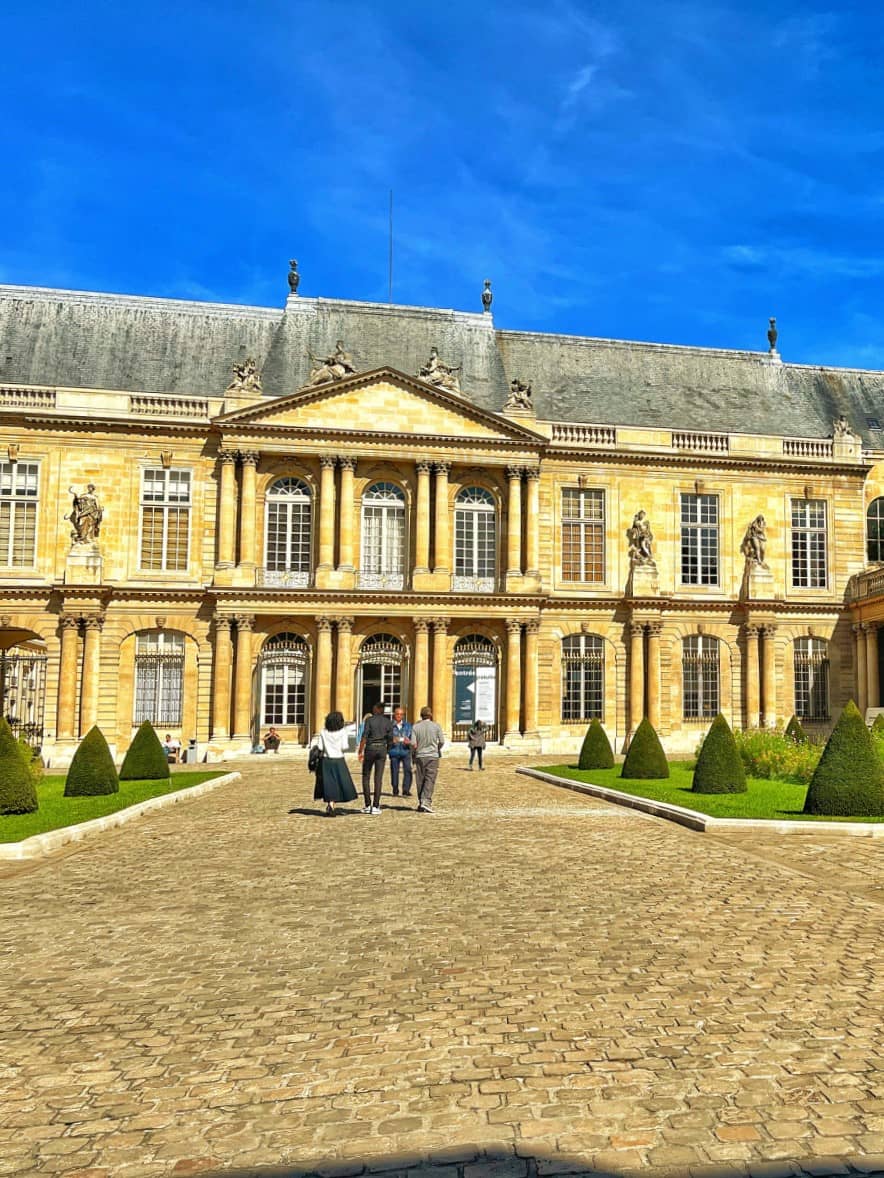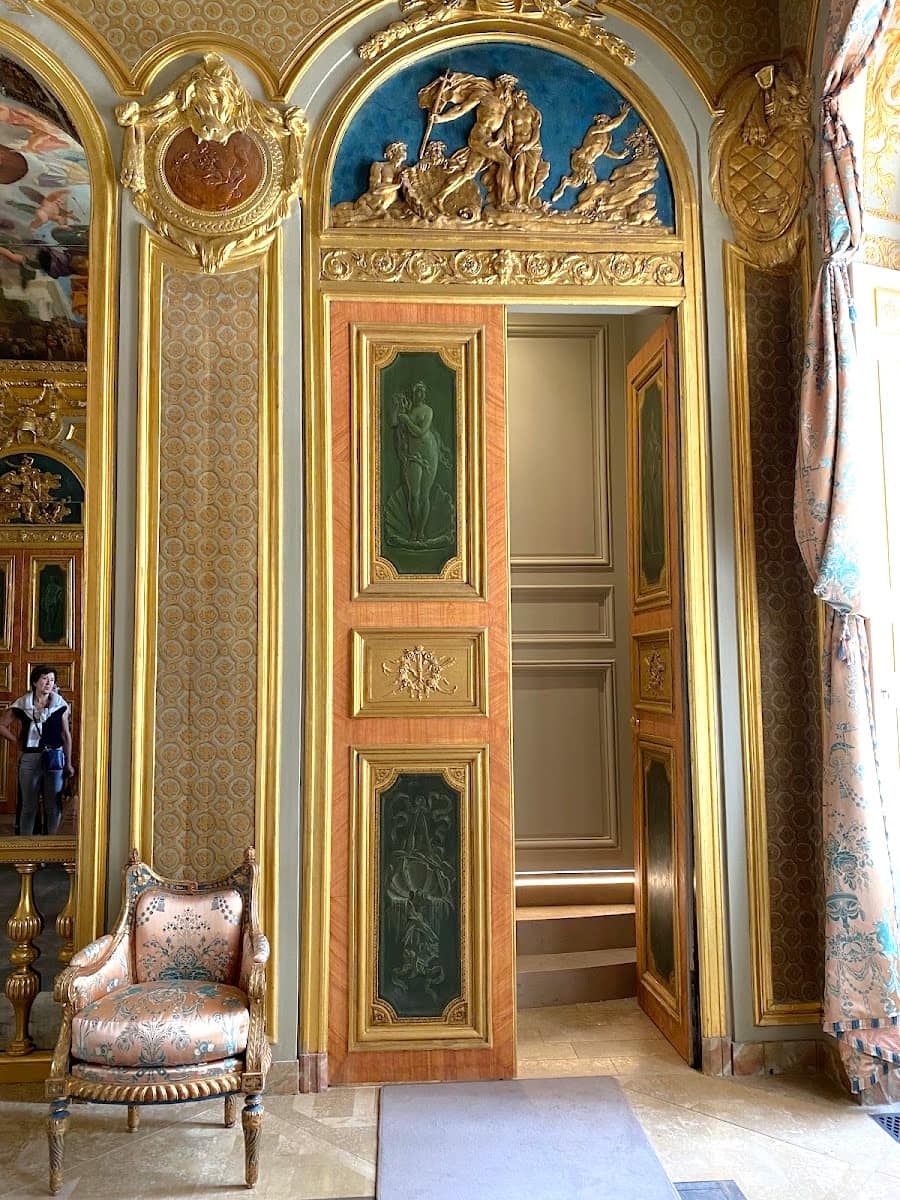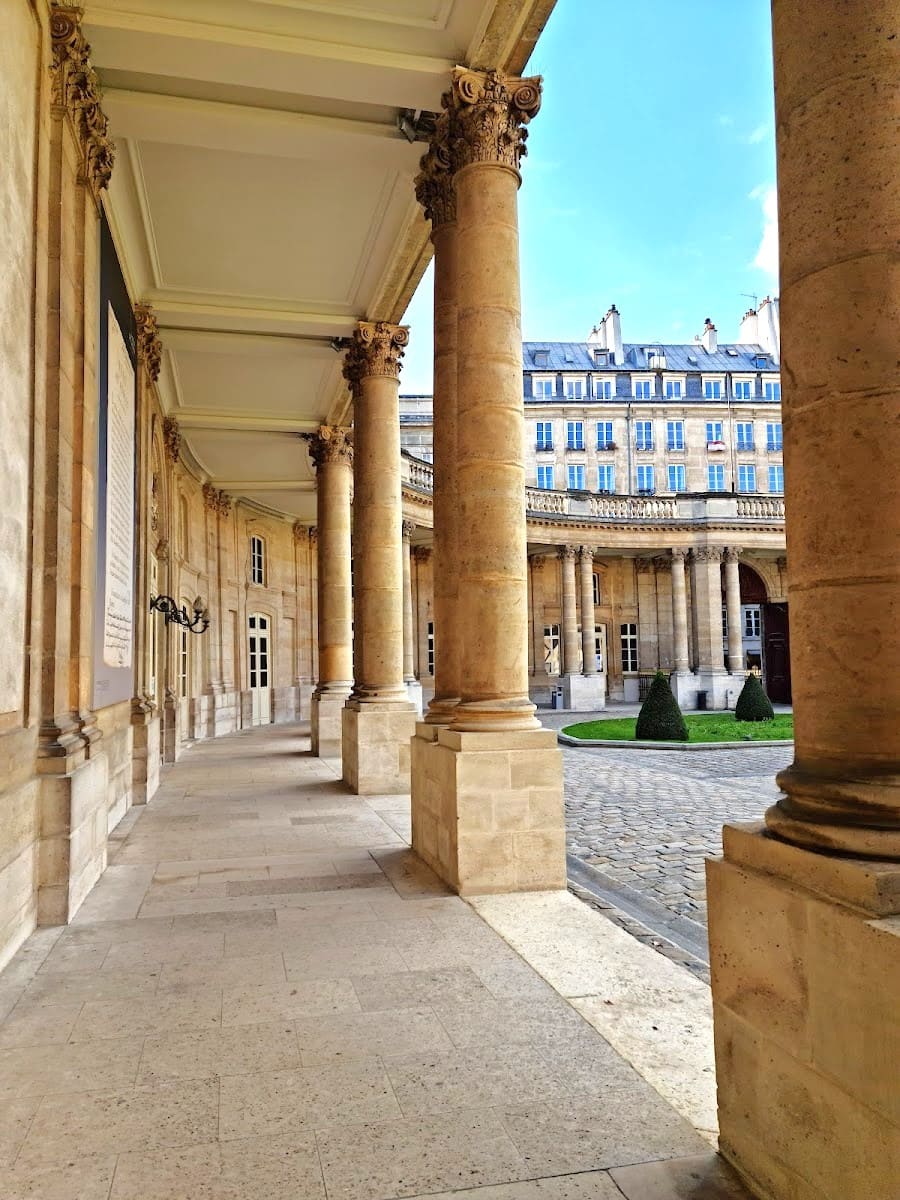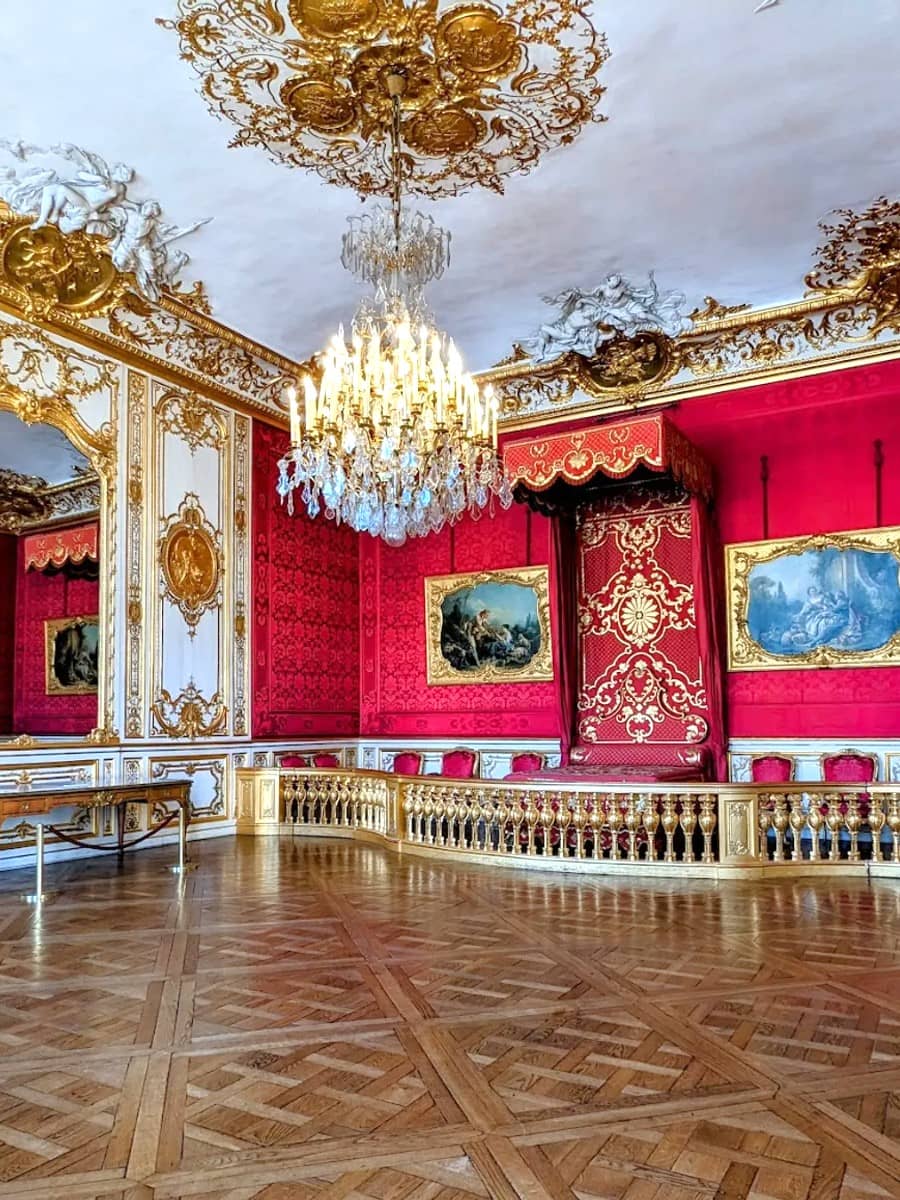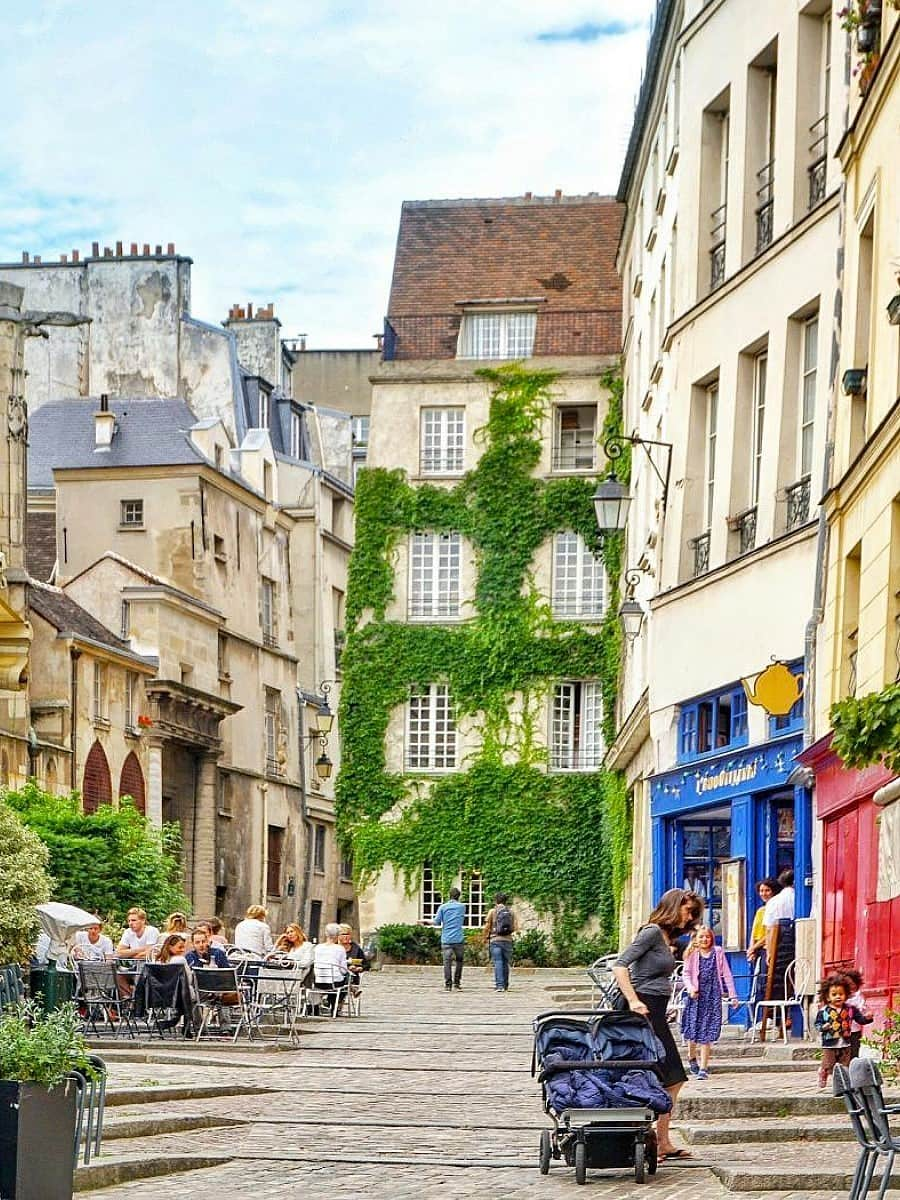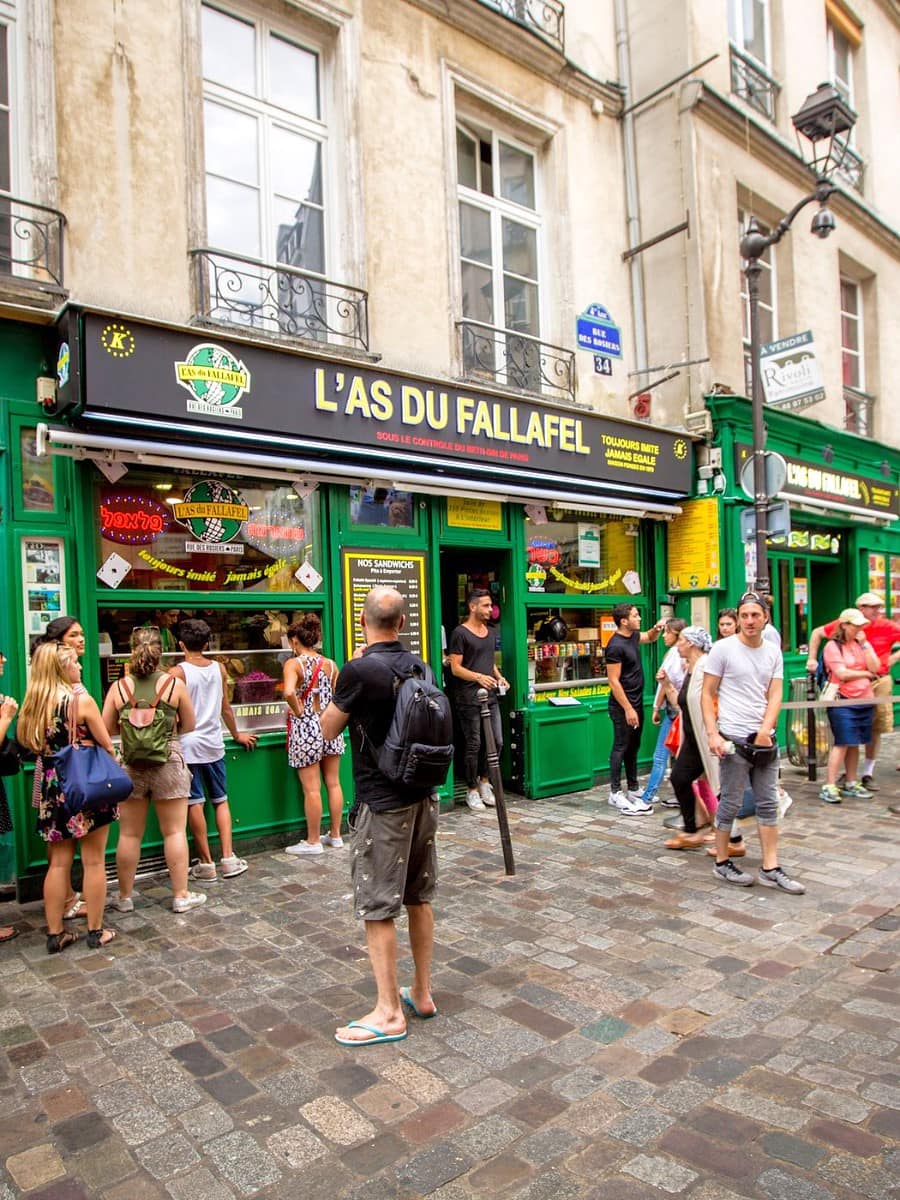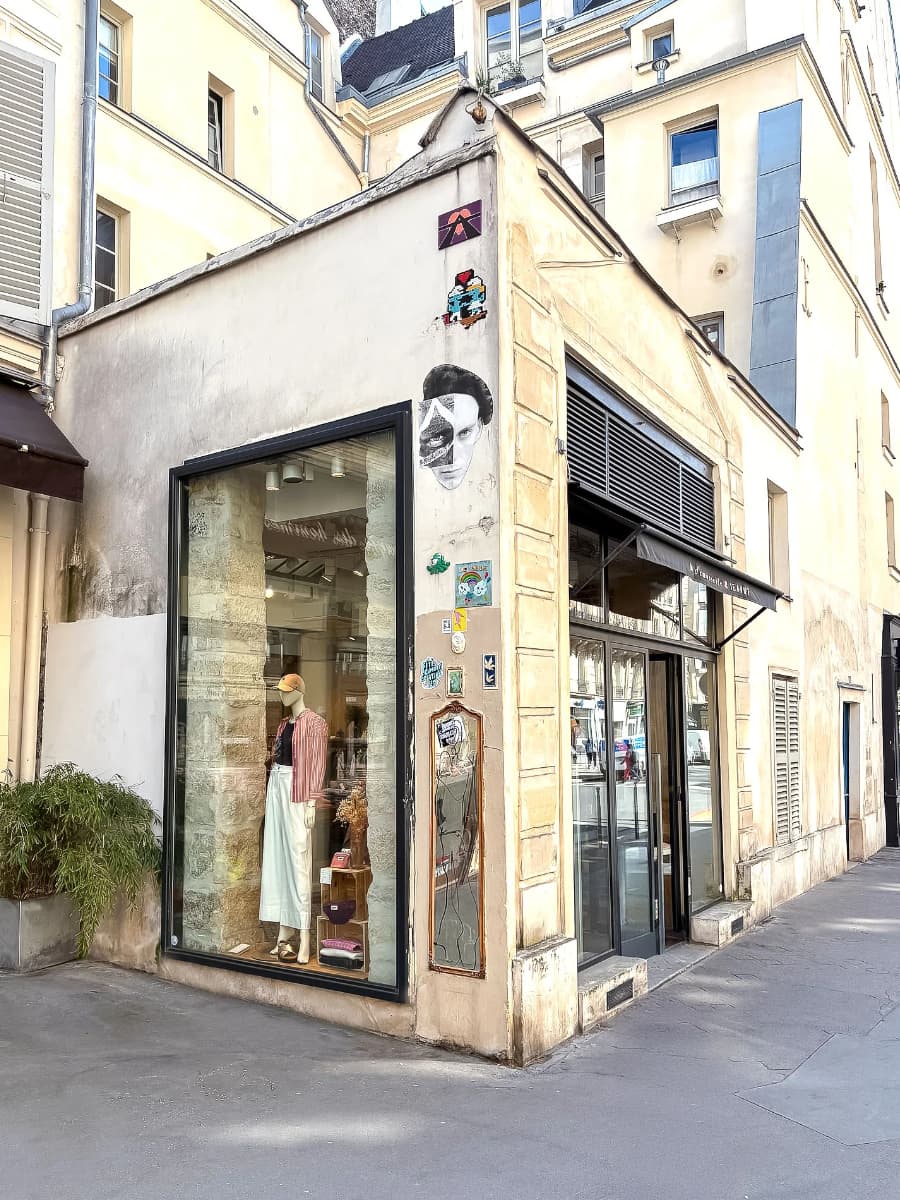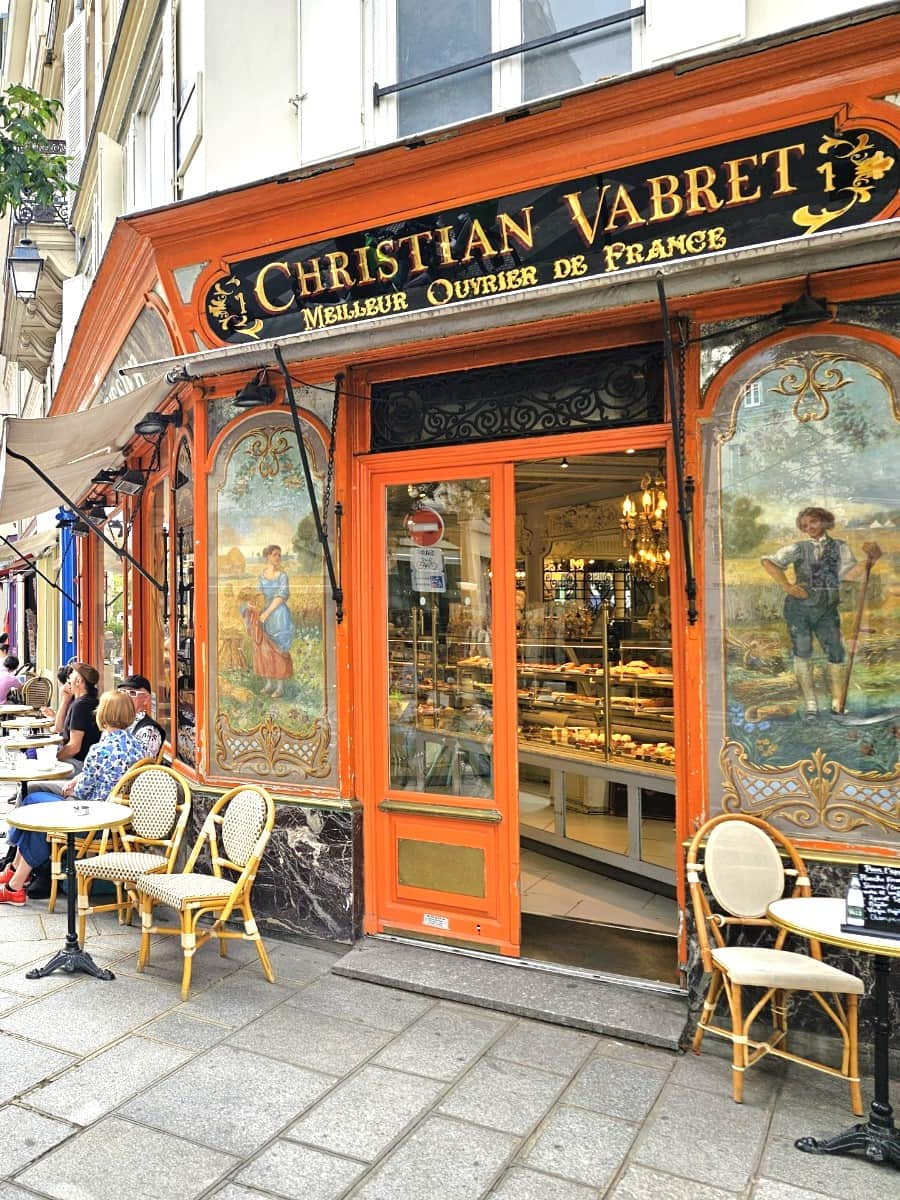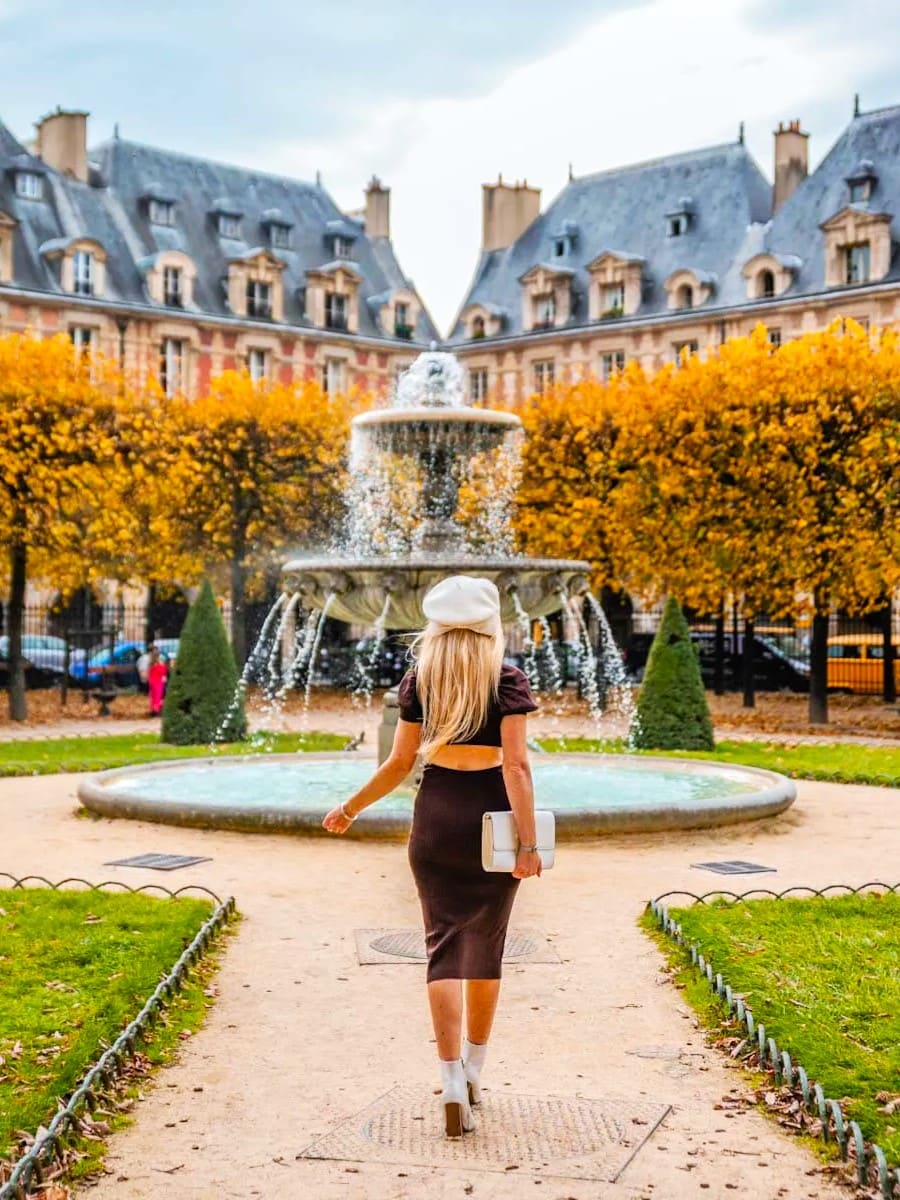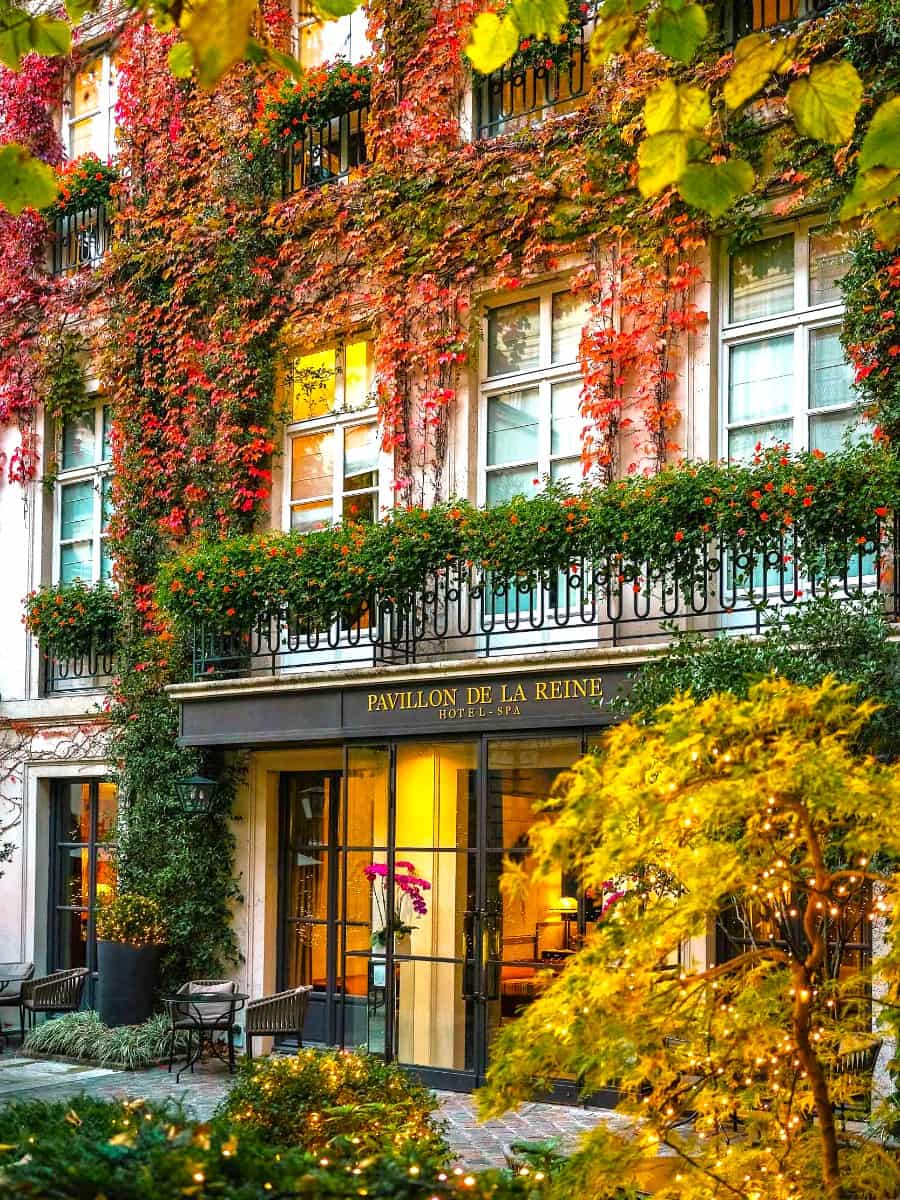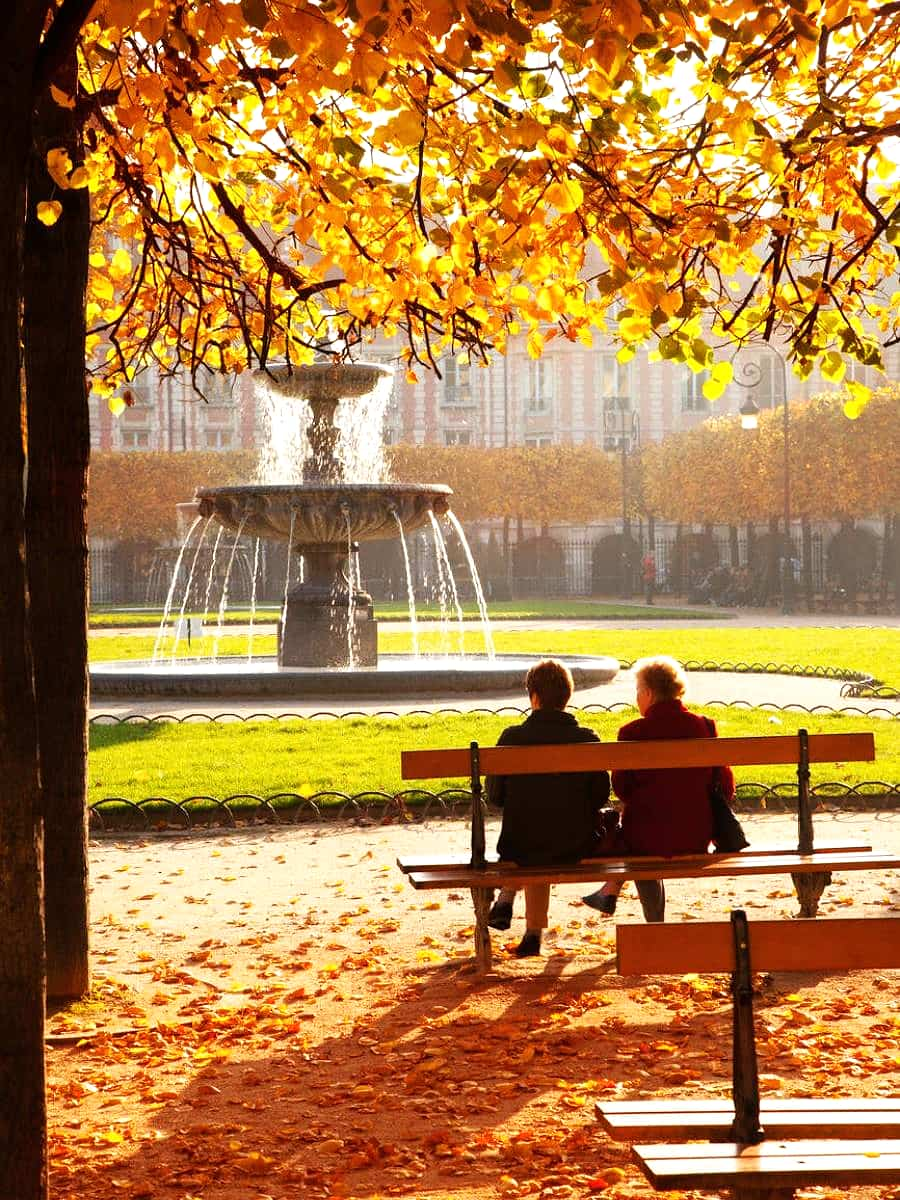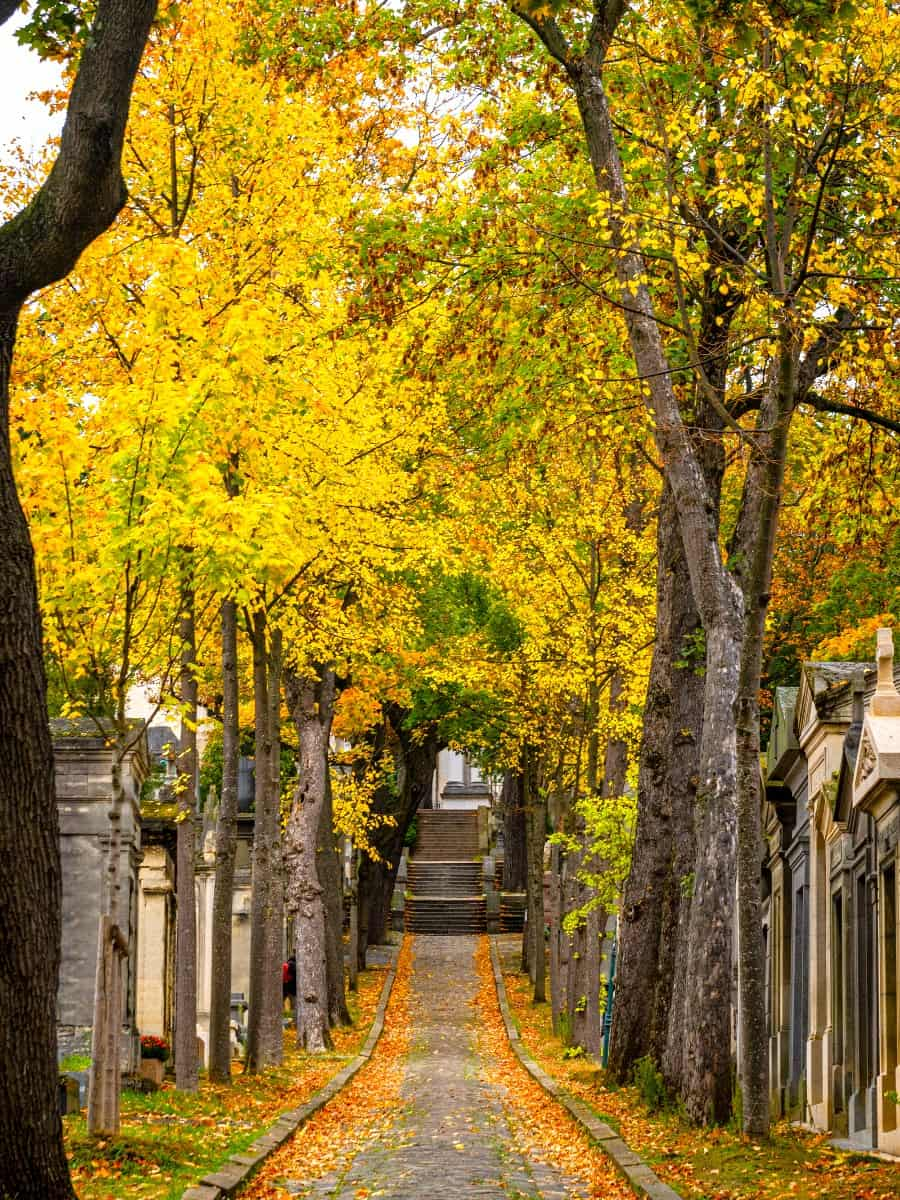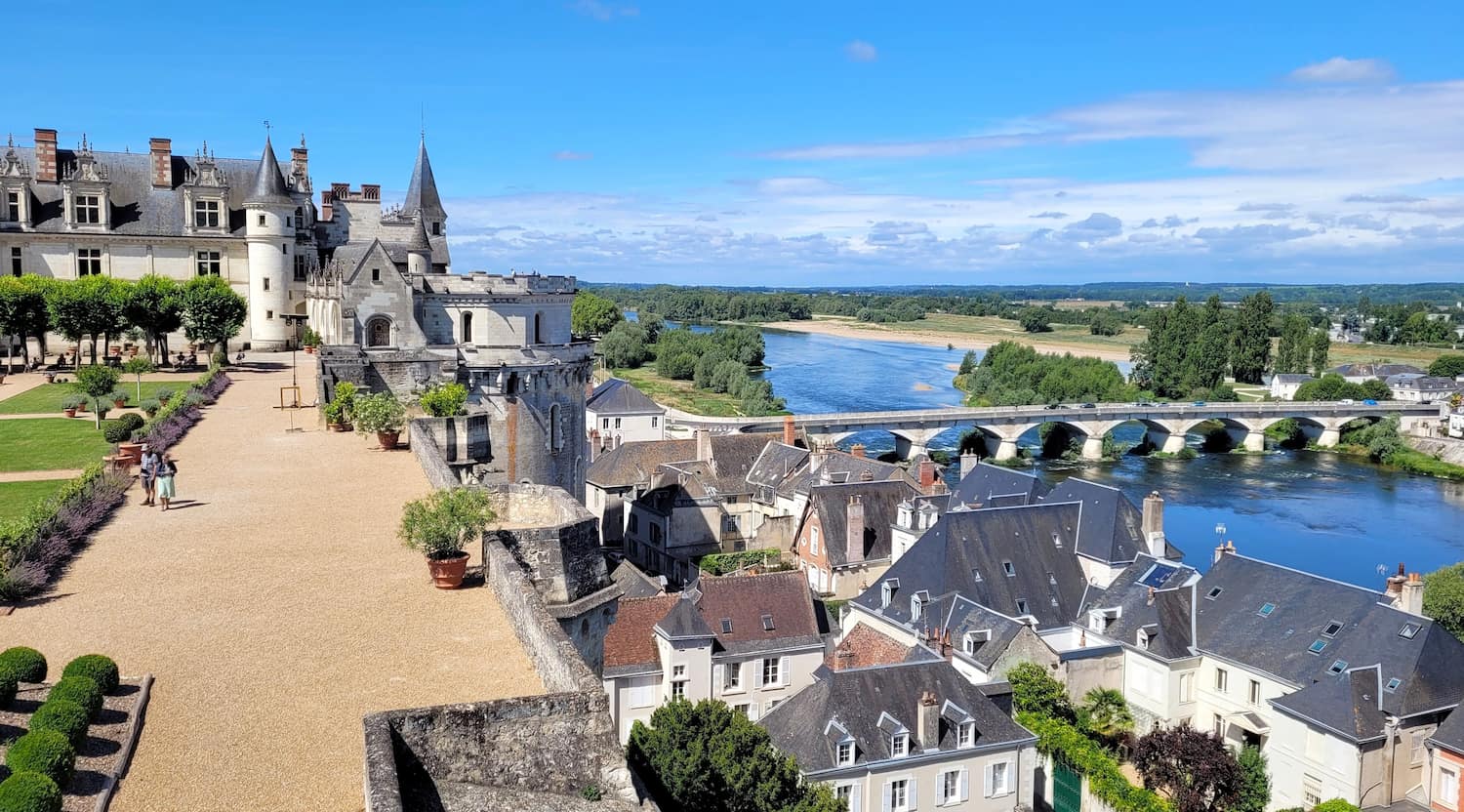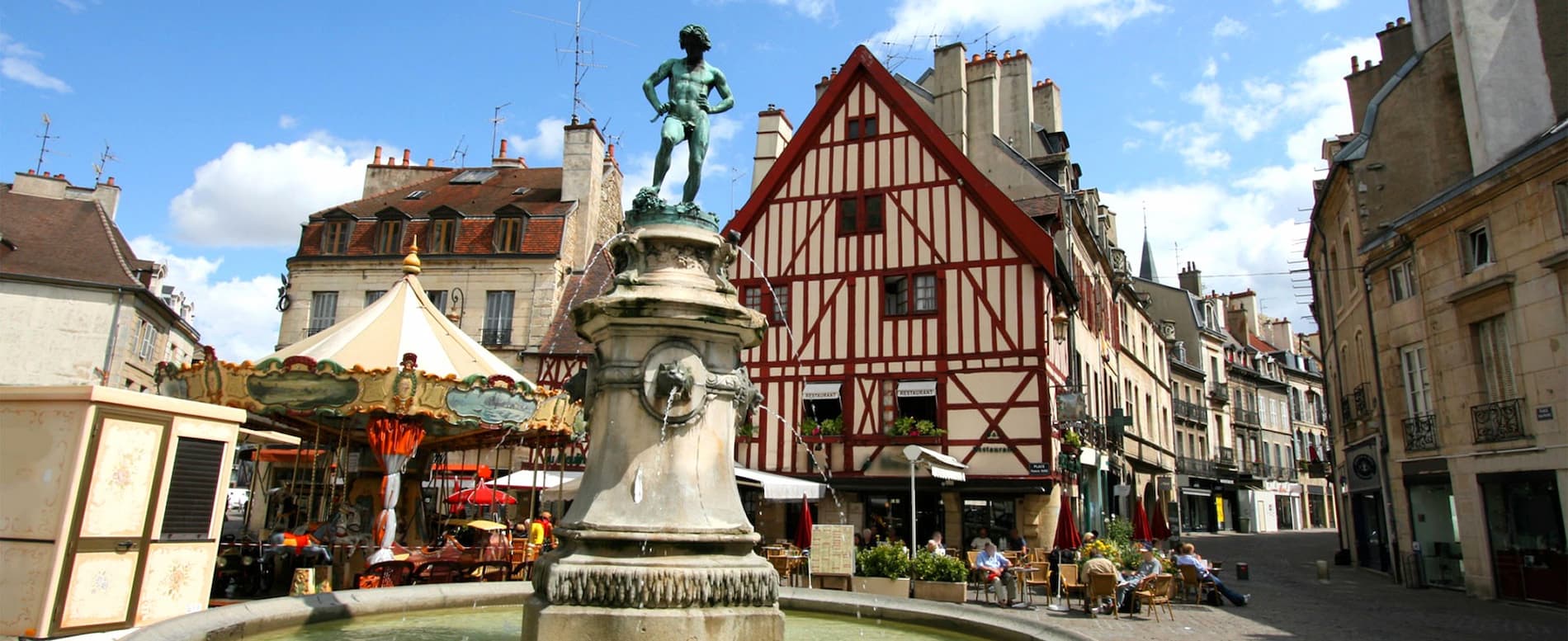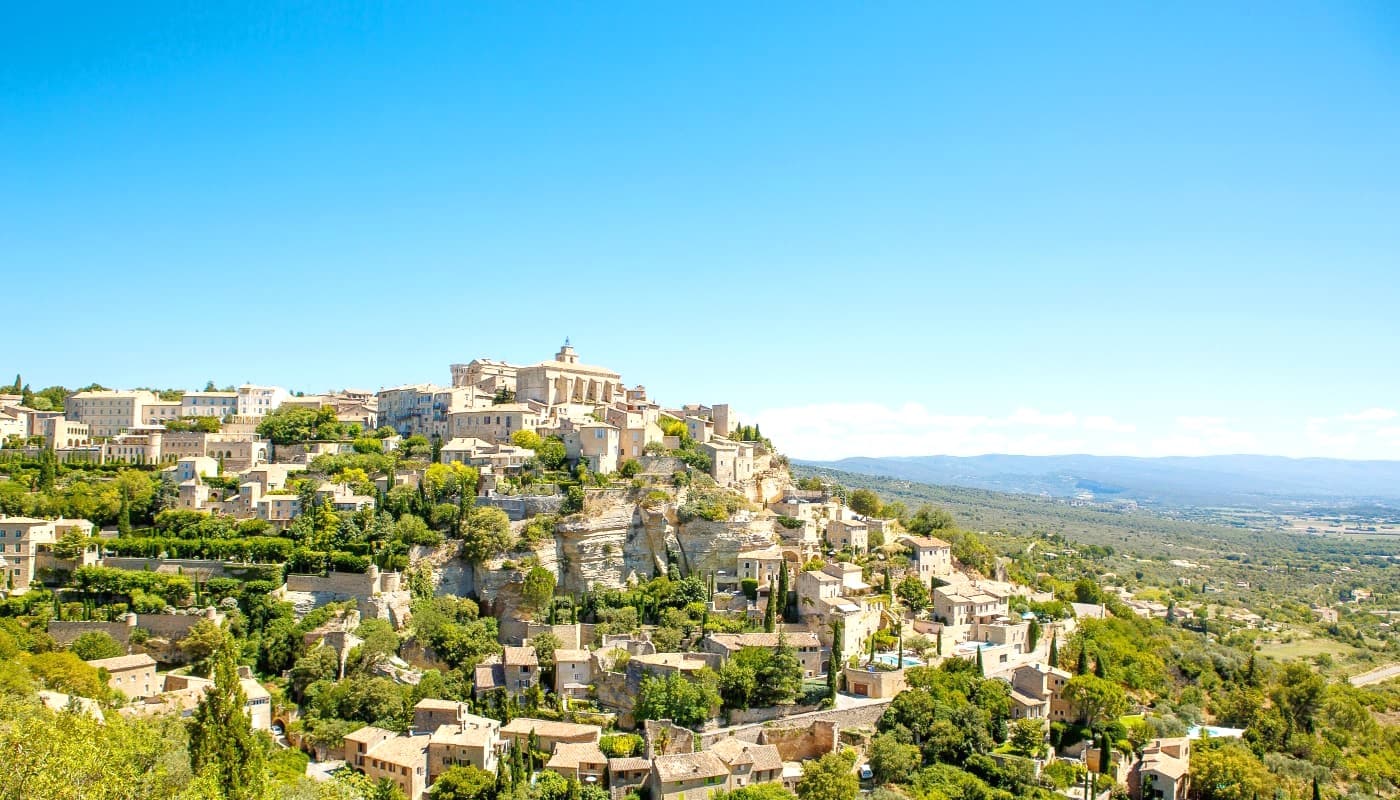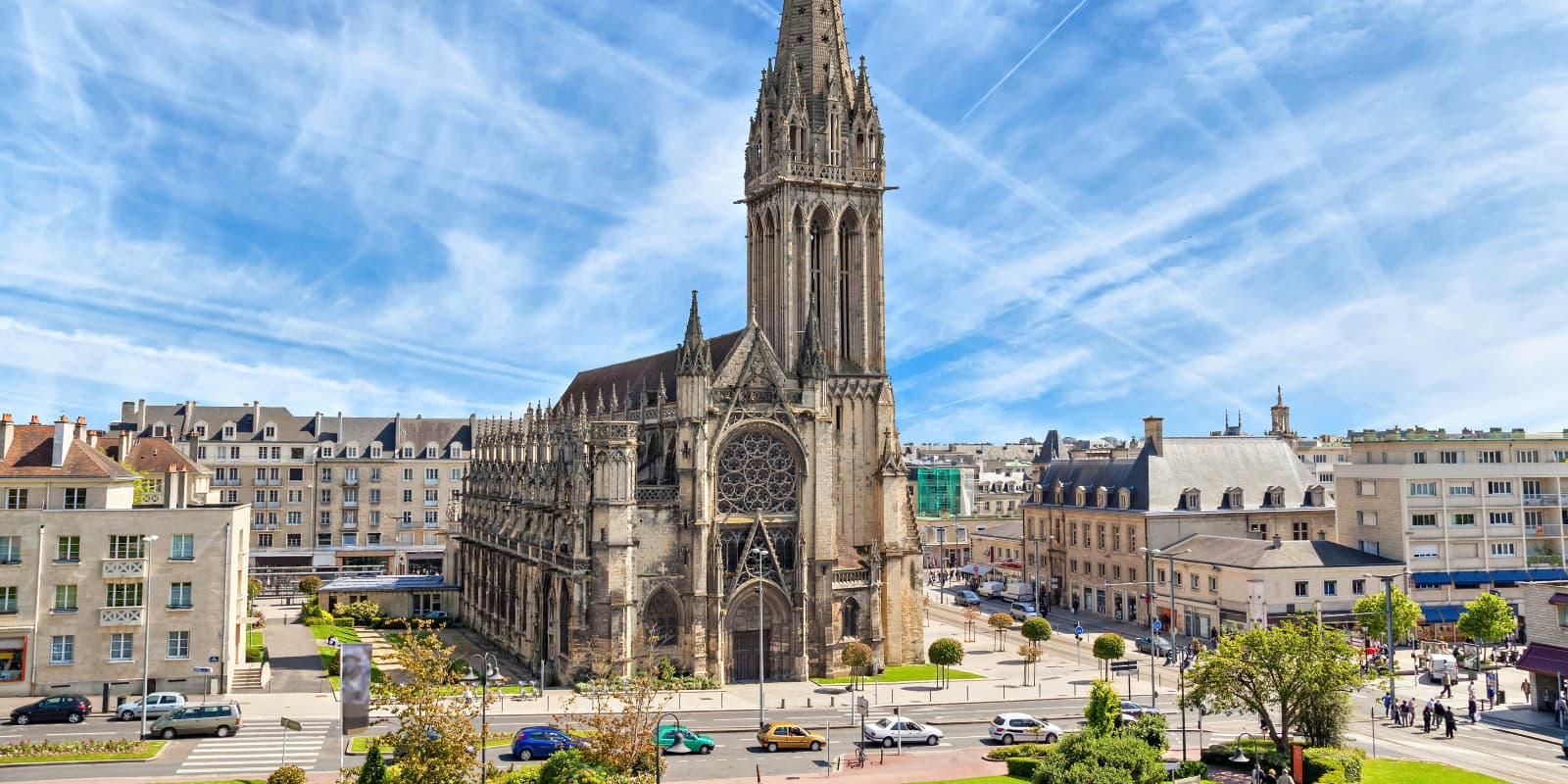I fell in love with Le Marais the moment I stepped onto its cobblestone streets, where centuries of Parisian history blend seamlessly with modern energy. This charming district in the heart of Paris offers a perfect mix of historic mansions, hidden courtyards, vibrant markets, and some of the best falafel you’ll ever taste.
My countless wanderings through Le Marais have revealed its many treasures, from the elegant Place des Vosges to tiny art galleries tucked away in medieval alleys. Join me as I share my favorite spots in this enchanting neighborhood, where you can experience the authentic Paris that keeps drawing me back time after time.
🏠 Best Hotels in Marais
- 💎 Luxury Hotel: SO/ Paris Hotel
- ✨ 5-Star: Le Pavillon de la Reine & Spa
- 🏨 4-Star: Solly Hôtel Paris
- 🛏️ 3-Star: Hotel de la Bretonnerie
- 💸 Cheap: Hotel Paix Republique
- 🏢 Apartment: WS Hôtel de Ville - Beaubourg
- 👨👩👧👦 For Families: Paris France Hotel
- 🏩 For Couples: Castex Hotel
💁 Best Guided Tours
- Marais District with Wine-and-Cheese Tasting in Paris from € 109 (⭐ 4.8/5)
- Paris Le Marais Small-Group Walking Tour from € 44 (⭐ 4.9/5)
- Paris Small-Group Walking Tour of the Marais from € 39 (⭐ 4.8/5)
- Paris La Marais District Guided Walking Tour from € 44 (⭐ 4.7/5)
- Paris: Montmartre Sights and Small-Group Food Tasting Tour from € 99 (⭐ 4.9/5)
Best Things To Do in Le Marais in Paris
1. Place des Vosges
Historic charm. I fell in love with Place des Vosges the moment I stepped under its graceful red brick arches. As the oldest planned square in Paris, dating back to 1605, it exudes a sense of class that’s impossible to resist. Walking along the continuous arcades surrounding the square, I felt transported to the days when French aristocrats practiced equestrian exercises on these grounds.
Perfect picnic spot. The central garden has become my favorite place to enjoy a Parisian afternoon. Last week, I spread out my picnic blanket near one of the elegant fountains and watched locals and tourists mingle in this bubble of sophistication. The symmetrical facades create a perfect frame for people-watching while enjoying some cheese and wine.
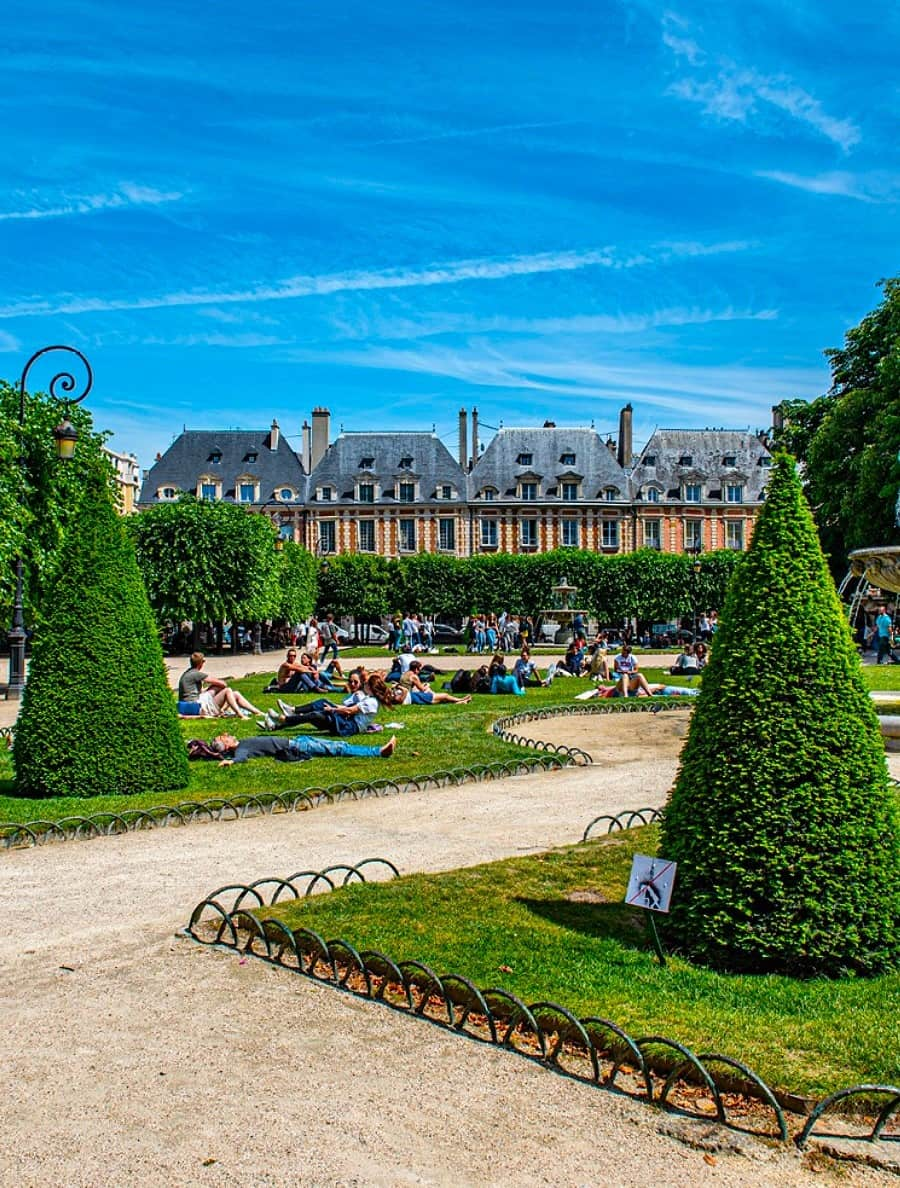
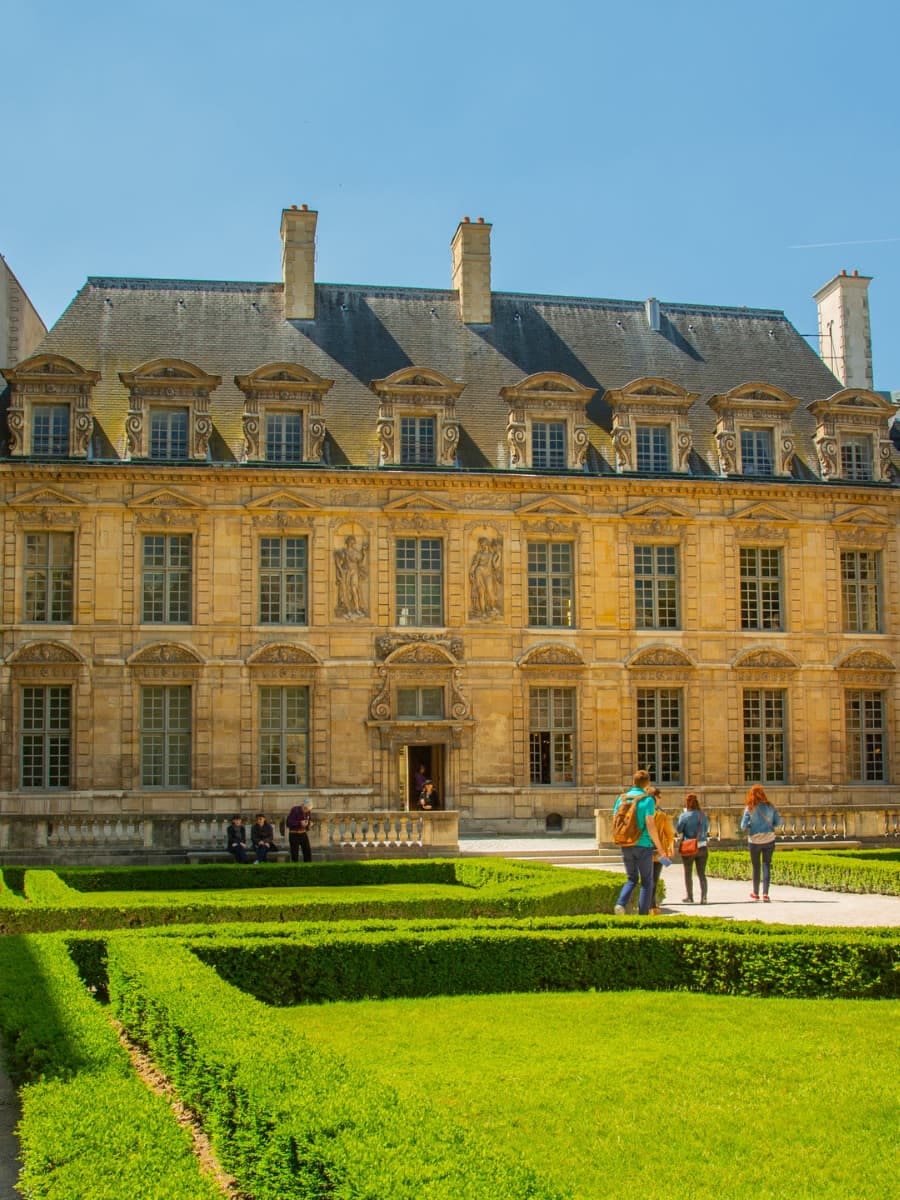
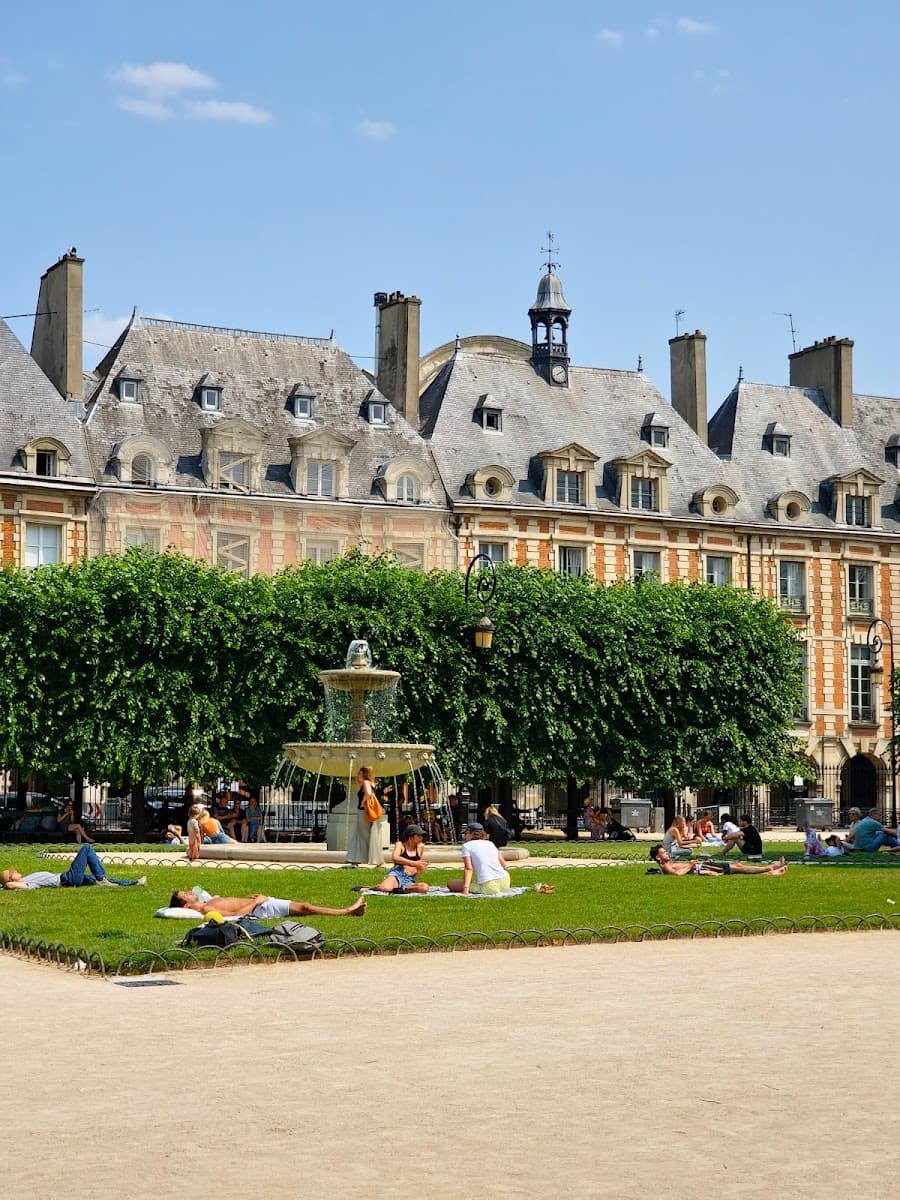
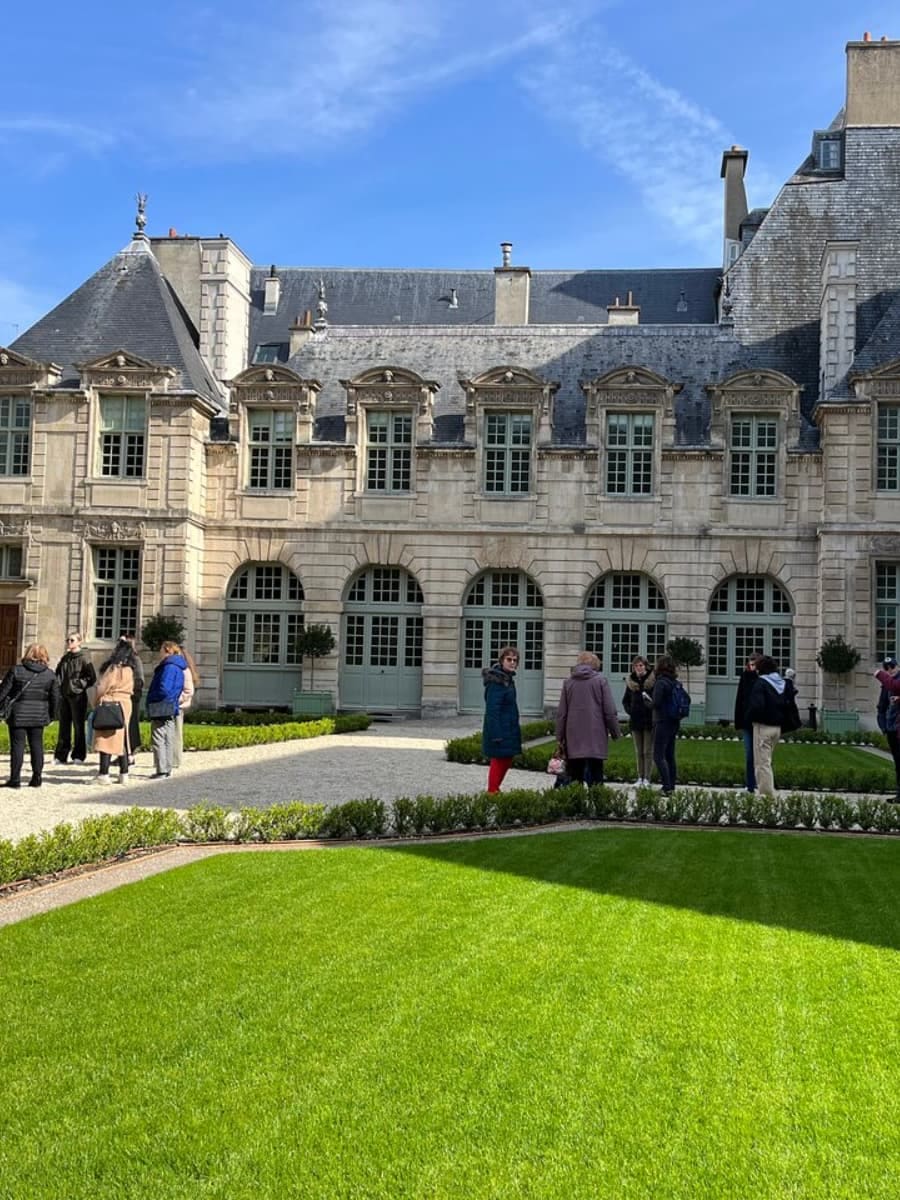
Art discoveries. The square is lined with quirky boutiques and art galleries that spill out under the arches. I spent hours browsing contemporary works and unique souvenirs. My tip: visit on weekday mornings when the galleries are quieter and owners have time to chat about their collections.
Seasonal beauty. Each season transforms Place des Vosges differently. Spring brings blooming trees in the central garden, summer fills it with picnickers, autumn creates a golden canopy, and winter offers a peaceful retreat from busy Paris streets. I recommend visiting in early morning or late afternoon for the most magical atmosphere.
Practical details. The square is free to visit and accessible 24/7. For a perfect Place des Vosges experience, try these nearby spots:
- Carette café: Famous for macarons (€2.50/piece or about $2.70)
- La Place Royale: Traditional French cuisine (lunch menus from €25/$27)
| Place des Vosges Cafés | Specialty | Price Range (€) |
|---|---|---|
| Carette | Pastries & tea | 15-30 |
| La Place Royale | French cuisine | 25-50 |
⭐ Best Activities
- Small Group Marais/Place des Vosges Walking Tour -10 people max – Discover the charming Marais district with an English-speaking guide on this 2-hour walking tour. Explore historical sites and hidden gems with a small group of maximum 10 people, ending at the famous Sacha Finkelsztajn bakery on Rue des Rosiers.
2. Musée Picasso
Artistic treasure. I was blown away by the sheer volume of Picasso’s works housed in this stunning 17th-century mansion, Hôtel Salé. With over 5,000 pieces, it’s the most comprehensive collection of the master’s art anywhere. The contrast between the baroque architecture and Picasso’s modern works creates a fascinating dialogue between past and present.
Personal collection. What makes this museum special is that many pieces came directly from Picasso’s personal collection. I stood mesmerized before “La Celestina,” one of his early masterpieces, feeling like I was getting a glimpse into the artist’s own favorites. The museum displays not just paintings but sculptures, ceramics, and sketches too.
Rotating exhibitions. The museum regularly refreshes its displays, so each visit offers something new. My tip: check their website before visiting to see what special exhibitions are running. The temporary shows often highlight connections between Picasso and his contemporaries.
Practical matters. Tickets cost €14 (about $15) for adults, with free entry on the first Sunday of each month. I recommend visiting on weekday afternoons when the crowds thin out.
Café break. After exploring the museum, I love unwinding at the charming café in the courtyard. Their espresso (€3/$3.25) paired with a French pastry makes for the perfect art-viewing fuel.
- Must-see works: “La Celestina,” “The Goat,” and “Portrait of Dora Maar”
- Best photo spot: The grand staircase with its wrought iron details
- Hidden gem: The rooftop terrace with views over Le Marais
⭐ Best Activities
- Musée national Picasso-Paris: Priority Entrance Ticket – Skip the line at the magnificent Picasso Museum housed in the 17th-century Hôtel Salé. Explore over 5,000 works by the iconic artist, including paintings, sculptures, and pieces from his personal collection by masters like Cézanne, Degas, and Matisse.
3. Musée Carnavalet
Paris history. I was completely captivated by this free museum dedicated entirely to the history of Paris. Spread across two magnificent mansions, Hôtel Carnavalet and Hôtel Le Peletier, it reopened in 2021 after extensive renovations. The collection spans from prehistoric times to the present day.
Room recreations. My favorite sections are the meticulously recreated historical rooms. I felt like I’d stepped into a time machine when entering Marcel Proust’s cork-lined bedroom or the Art Nouveau jewelry shop. These immersive spaces bring Parisian history to life in a way textbooks never could.
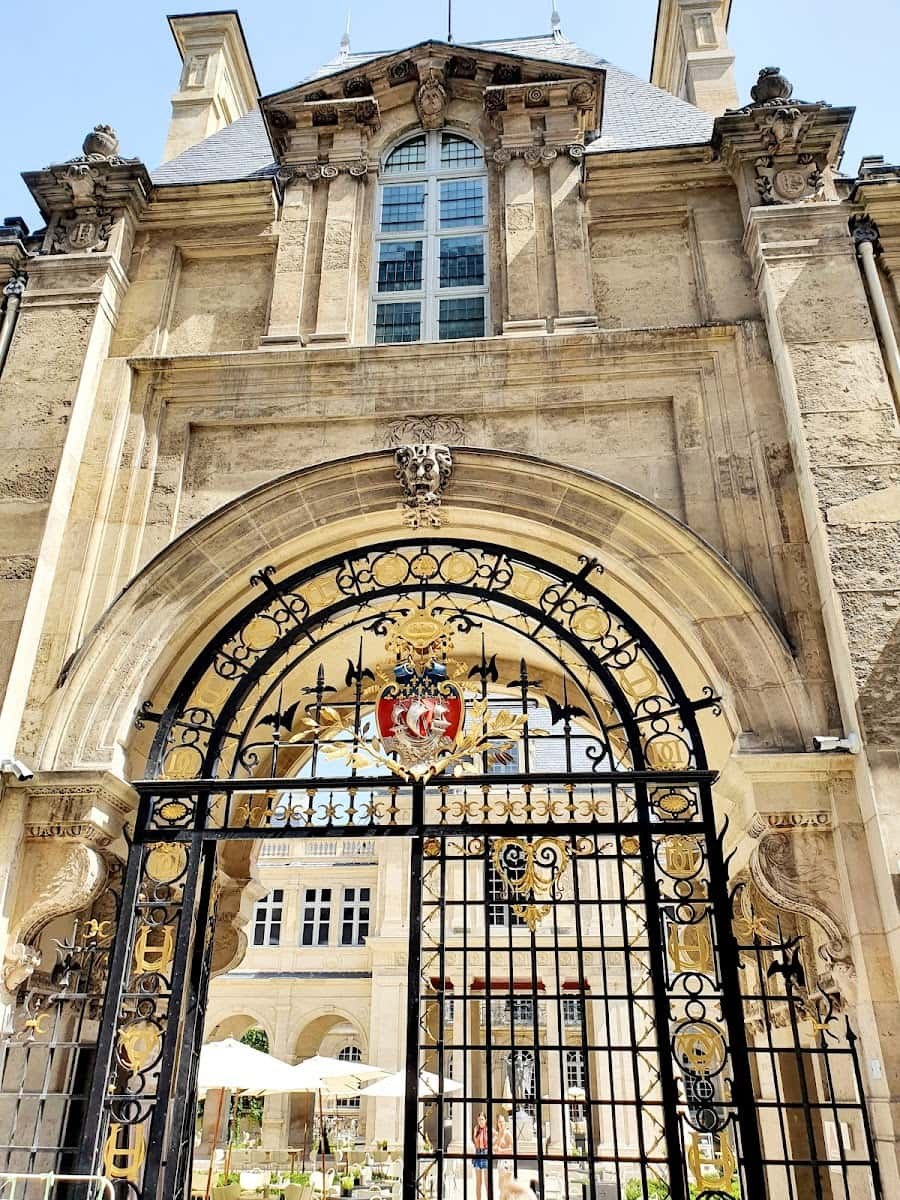
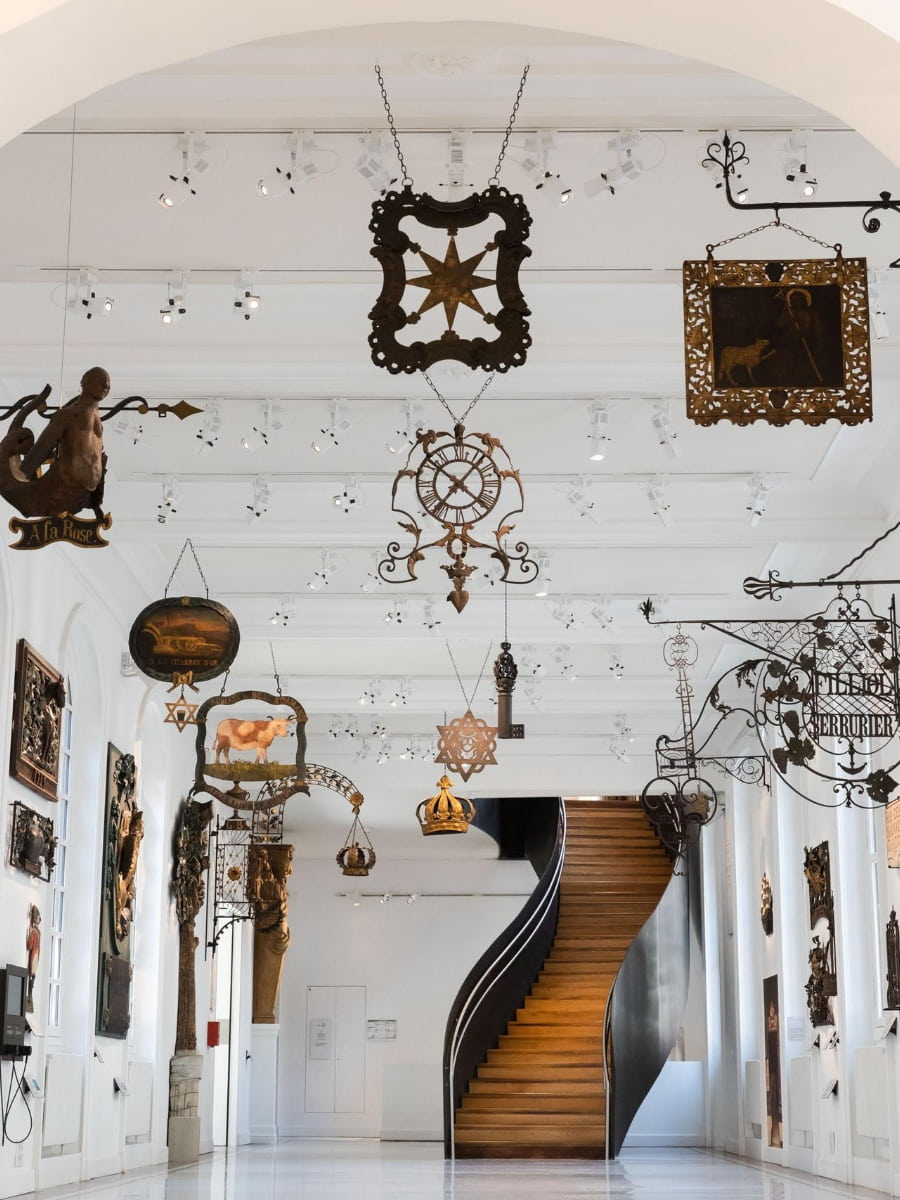
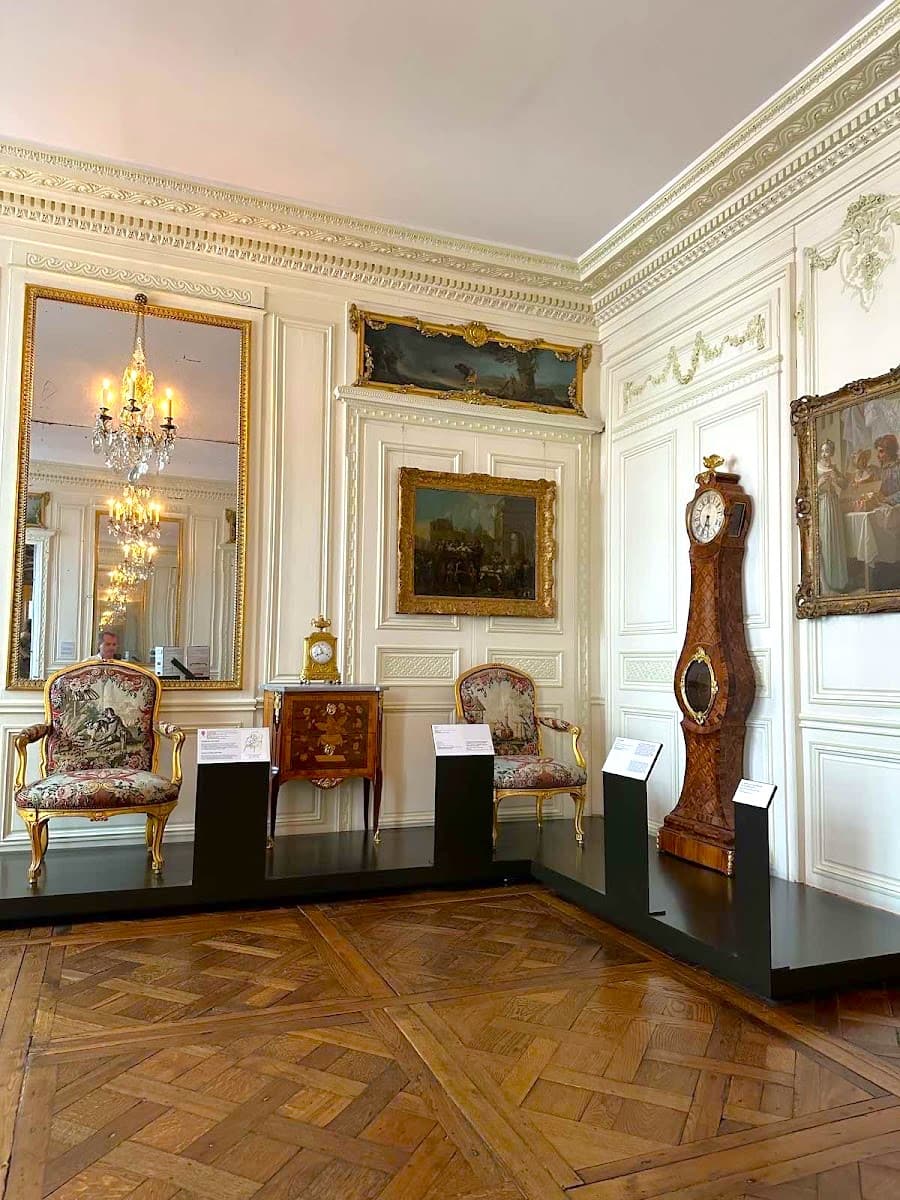
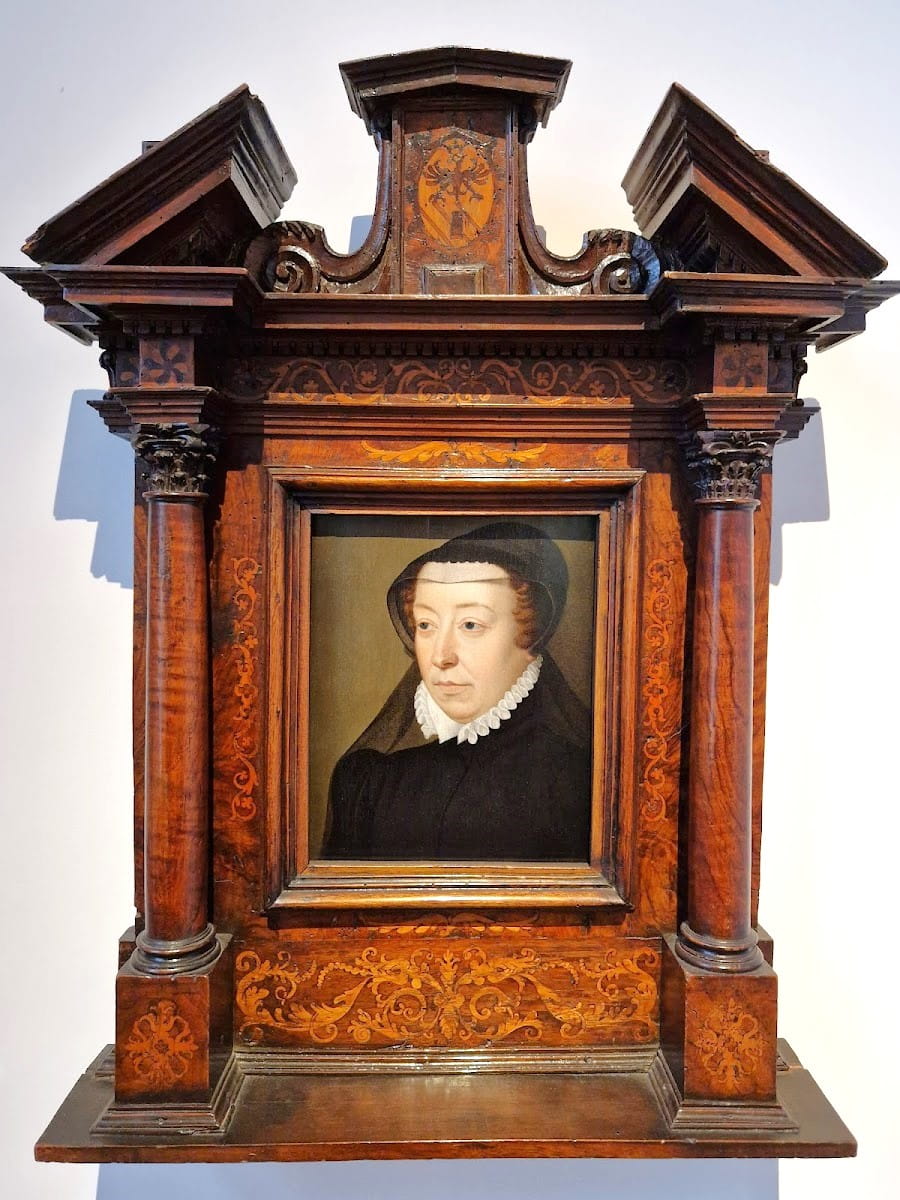
Revolution artifacts. The French Revolution exhibits left me speechless—seeing actual items from this pivotal period, including personal belongings of Marie Antoinette and revolutionary propaganda, made history tangible. Don’t miss the miniature model of the guillotine (macabre but fascinating).
Garden retreat. Between exploring the two mansions, I took a breather in the peaceful French-style garden. The perfectly manicured hedges and classical statues offer a quiet moment away from museum fatigue.
Visitor essentials. Entry is free for the permanent collections (temporary exhibitions may charge). Audio guides cost €5 ($5.40) and are worth every cent for the detailed stories they provide about key exhibits.
- Highlight galleries: French Revolution, Belle Époque, Medieval Paris
- Best photo opportunity: The ornate 17th-century staircase
- Don’t miss: The sign collection featuring original Parisian shop signs
⭐ Best Activities
- Carnavalet Museum Exhibition Tickets – Visit the fascinating Carnavalet Museum dedicated to the history of Paris, featuring historical artifacts, period rooms, and engaging exhibitions that bring the city’s past to life.
4. Rue des Rosiers (Jewish Quarter & Falafel)
Cultural heartbeat. Walking down Rue des Rosiers, I immediately felt the vibrant pulse of Paris’s historic Jewish quarter. Hebrew signs, kosher bakeries, and Judaica shops line this charming street, creating a cultural enclave that’s survived centuries of Parisian history.
Falafel fame. The street’s international claim to fame is undoubtedly its legendary falafel. I joined the perpetual queue at L’As du Fallafel (closed Fridays and Saturdays for Shabbat) for their famous pita stuffed with crispy falafel, creamy hummus, and tangy vegetables. At €8 ($8.70), it’s the best street food value in Paris.
Sweet treats. Between the savory spots, I discovered amazing Jewish bakeries. Sacha Finkelsztajn’s bright yellow façade lured me in for cheesecake and strudel. Their poppy seed cake (€4.50/$4.90) is a delicious taste of Eastern European Jewish heritage.
Shopping treasures. Beyond food, the street offers fantastic shopping. I browsed contemporary fashion at Kiliwatch and vintage treasures at Free’P’Star where everything costs €20 ($21.70) or less. My tip: visit on Sunday when most shops are open and the street buzzes with energy.
Historical layers. Look up to spot memorial plaques commemorating Jewish residents deported during WWII—a sobering reminder of the neighborhood’s painful history amid today’s lively atmosphere.
- Must-try eateries: L’As du Fallafel, Miznon, Florence Kahn bakery
- Best shopping: Vintage at Free’P’Star, contemporary at Kiliwatch
- Hidden gem: The Agoudas Hakehilos Synagogue (viewable only from outside)
⭐ Best Activities
- Semi-Private Guided Walking Tour: Le Marais District & Jewish Quarter – Explore the historic Jewish Quarter and vibrant Le Marais neighborhood on this guided walking tour. Learn about the area’s rich cultural heritage, significant landmarks, and hidden corners with a knowledgeable local guide.
5. Marché des Enfants Rouges
Food paradise. I stumbled upon Paris’s oldest covered market (dating from 1615) almost by accident, following the enticing aromas wafting from behind an unassuming entrance on Rue de Bretagne. Inside, this compact food haven offers a culinary tour around the world.
Global flavors. What makes this market special is its international food stalls. I’ve devoured Moroccan couscous (€12/$13), Japanese bento boxes (€15/$16.30), and Italian antipasti all in one visit. My absolute favorite is Chez Alain Miam Miam, where the line for their legendary sandwiches is worth every minute of waiting.
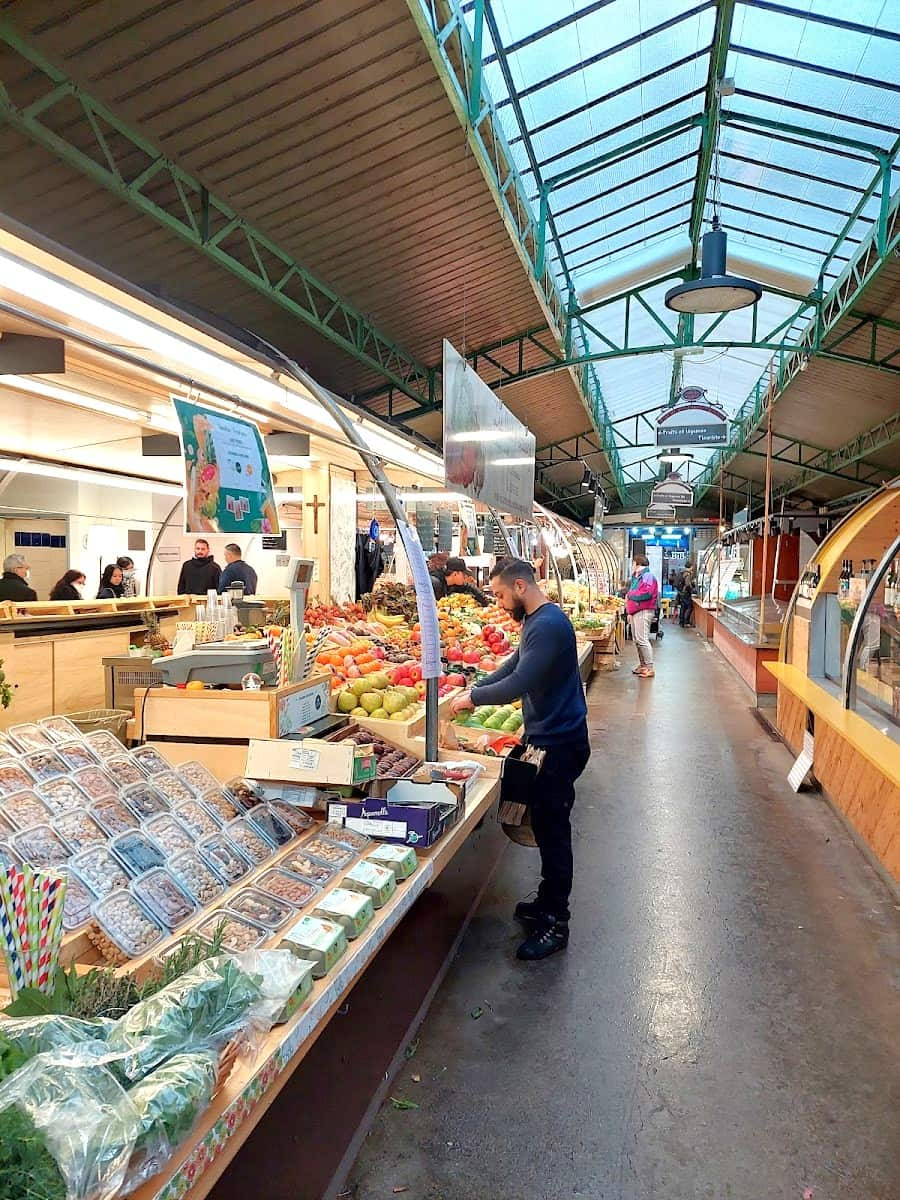
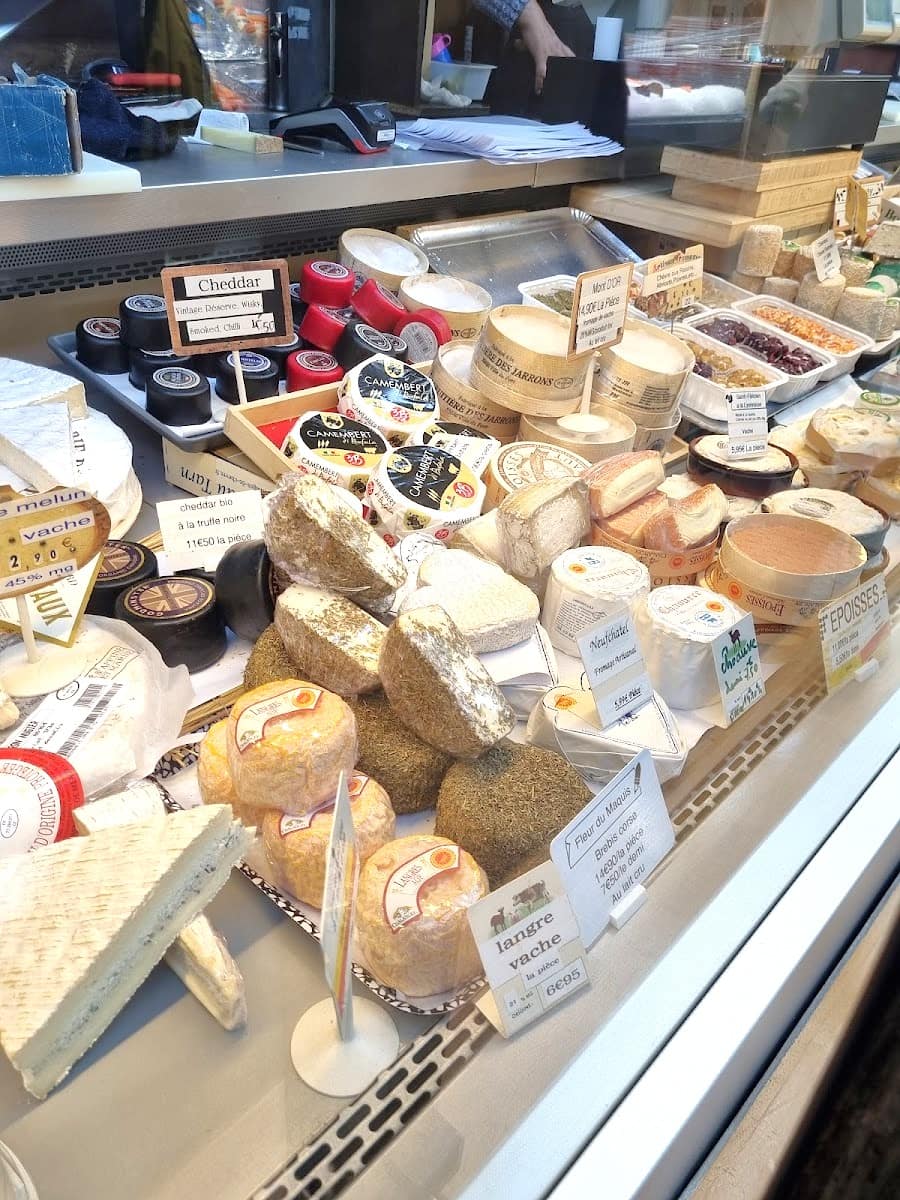
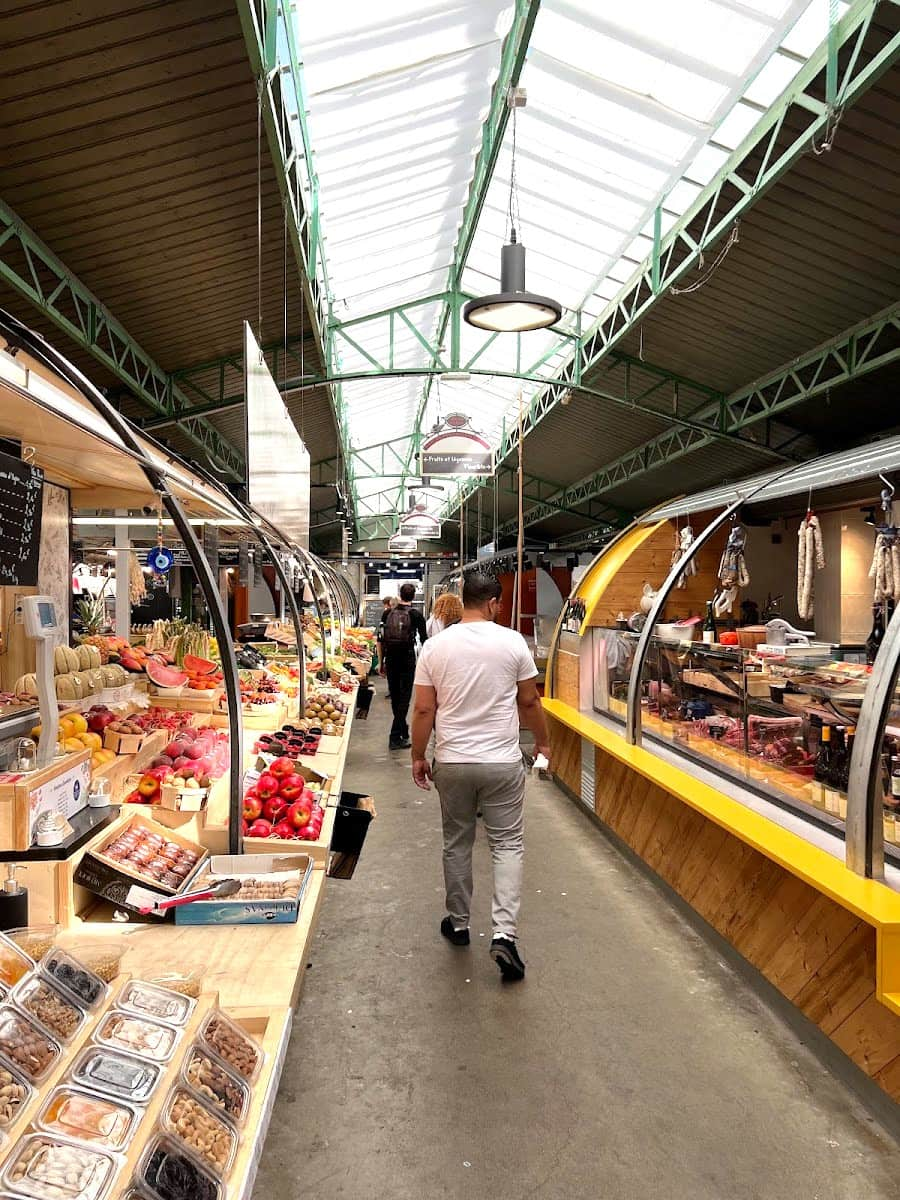
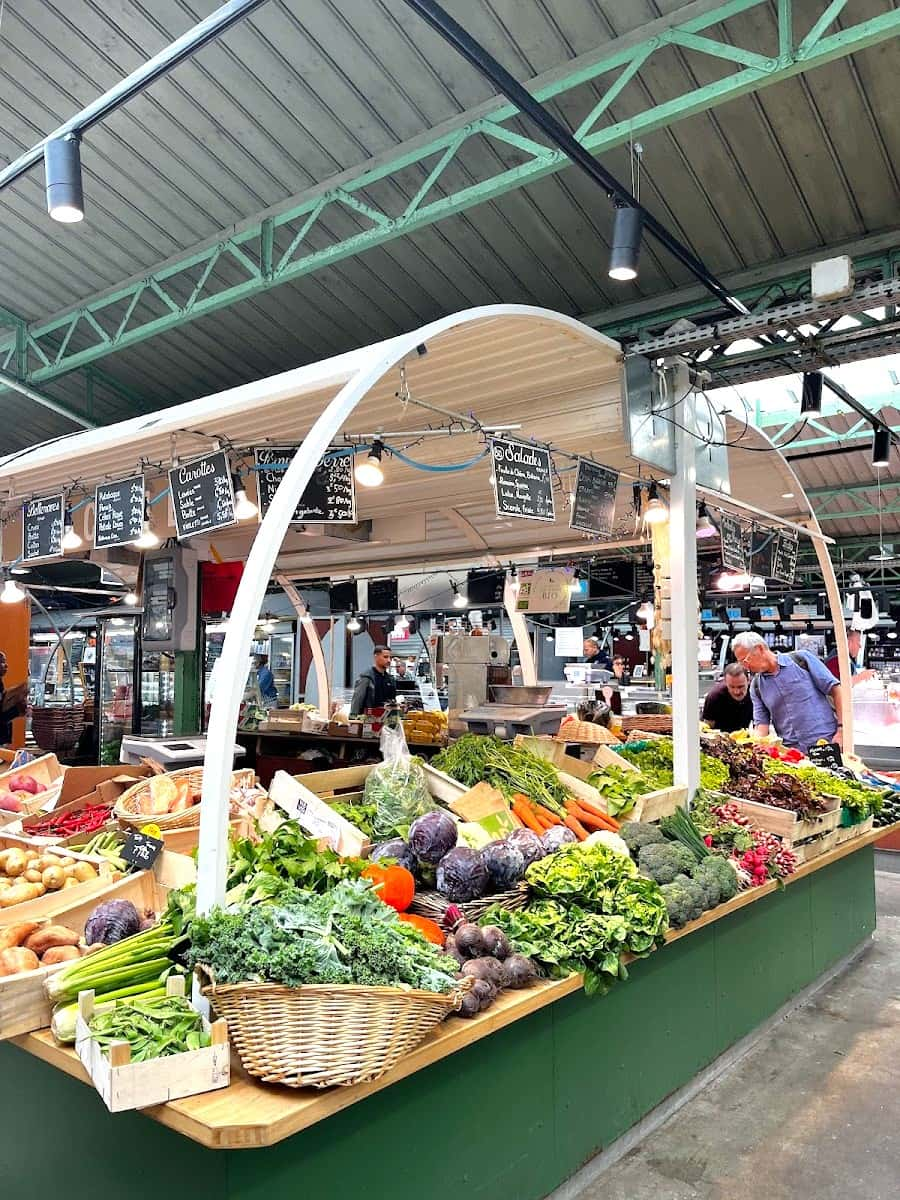
Fresh produce. Beyond the prepared food, I love browsing stalls selling seasonal fruits, artisanal cheeses, and fresh-cut flowers. The vendors are passionate about their products and always ready with cooking suggestions or tasting samples.
Lunch strategy. The market gets incredibly busy at lunchtime, especially on weekends. My tip: arrive before noon to secure a spot at the communal tables, or come after 2 pm when the crowds thin out. Alternatively, take your food to enjoy in the nearby Square du Temple garden.
Market details. Open Tuesday to Sunday, with most stalls operating from 9am to 7pm (closed Mondays). Some vendors accept cards, but it’s wise to bring cash.
- Best food stalls: Chez Alain Miam Miam (sandwiches), Les Enfants du Marché (seafood), Moroccan traiteur
- Perfect pairings: Fresh oysters with a glass of white wine (€9/$9.80)
- Local tip: The flower vendor at the entrance offers the freshest blooms at better prices than touristy areas
6. Hôtel de Ville
Architectural marvel. I was awestruck by the neo-Renaissance grandeur of Paris’s city hall, with its forest of statues and ornate façade. Built in the 1870s after the original was burned during the Paris Commune, this administrative heart of Paris doubles as a breathtaking monument.
Free exhibitions. What many tourists miss is that the building regularly hosts excellent free exhibitions in its ground floor gallery. I’ve enjoyed photography shows, cultural exhibitions, and historical displays here—all without spending a euro. Check the information boards outside for current exhibitions.
Seasonal plaza. The large square in front transforms throughout the year. In winter, I’ve glided across the free ice skating rink, while summer brings beach volleyball courts to this urban space. During festivals, the façade becomes a canvas for spectacular light shows.
Photo opportunities. For the best photos, I position myself at the edge of the plaza early morning when the light bathes the façade in a golden glow. The symmetrical composition makes for stunning architecture shots.
Visitor access. While the working offices aren’t open to the public, you can join guided tours of the ceremonial rooms (€10/$10.90) on select days—book through the Paris tourist office for this glimpse into Parisian political life.
- Seasonal attractions: Ice skating (December-February), urban beach (July-August)
- Best photo angles: From the center of the plaza or from Pont d’Arcole
- Nearby refreshments: Café Le Sarah Bernhardt offers perfect views with coffee (€4.50/$4.90)
7. Saint-Paul-Saint-Louis Church
Baroque beauty. I was stunned by this magnificent 17th-century church the moment I stepped inside. Commissioned by Louis XIII, its soaring dome and rich decorations make it one of the finest examples of Baroque religious architecture in Paris. The contrast between its imposing façade and the intimate interior creates a powerful spiritual atmosphere.
Artistic treasures. What drew my attention most were the Delacroix paintings adorning the walls. “Christ in the Garden of Olives” hangs in relative obscurity here, away from the crowds of major museums. The dramatic lighting from the stained glass windows enhances the emotional impact of these masterpieces.
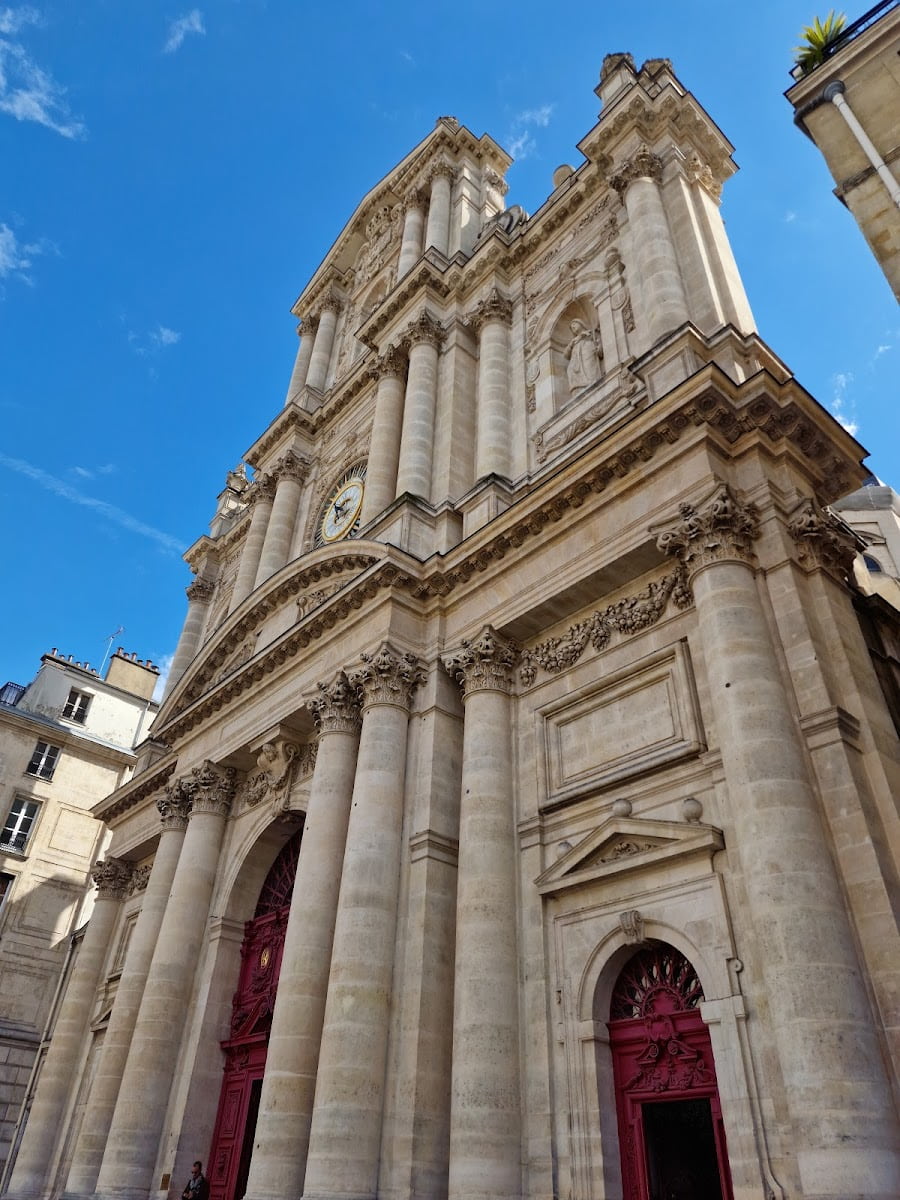
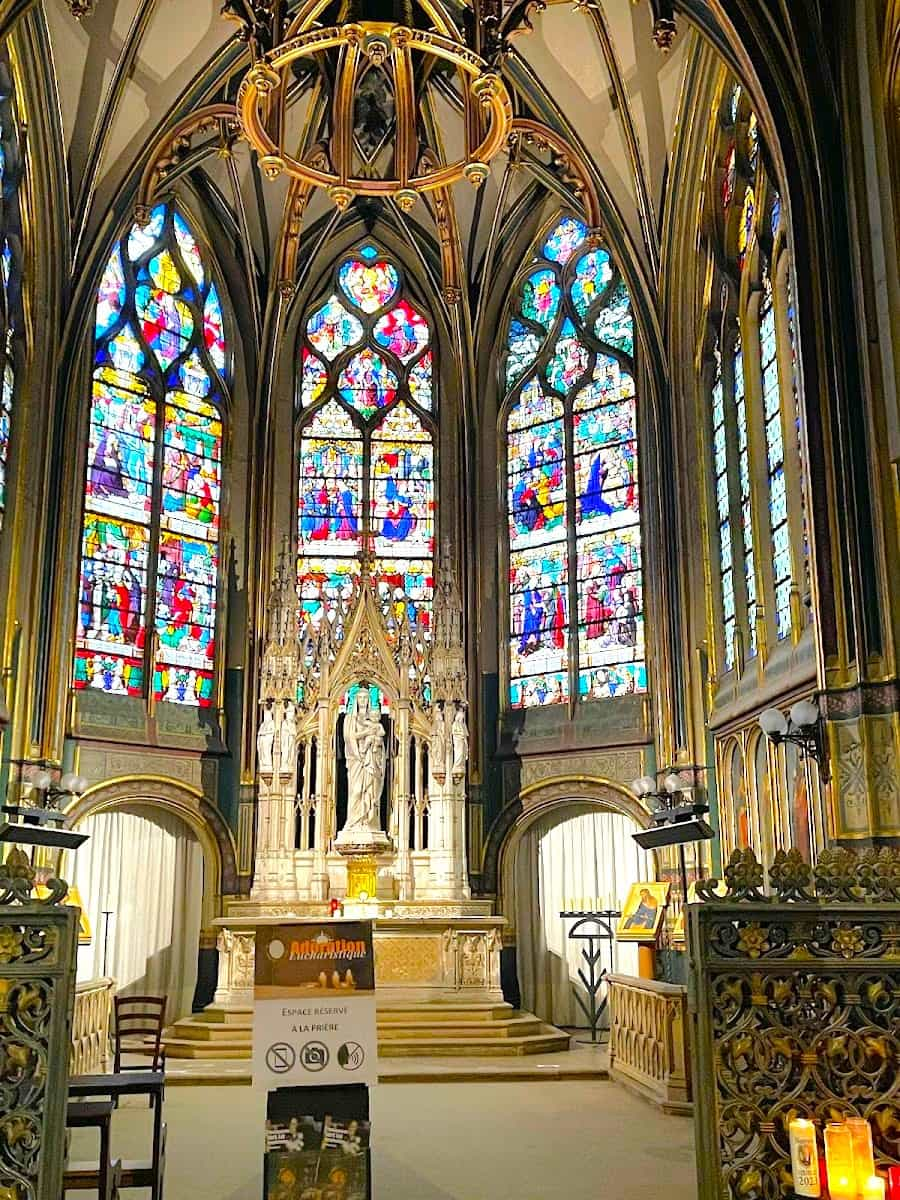
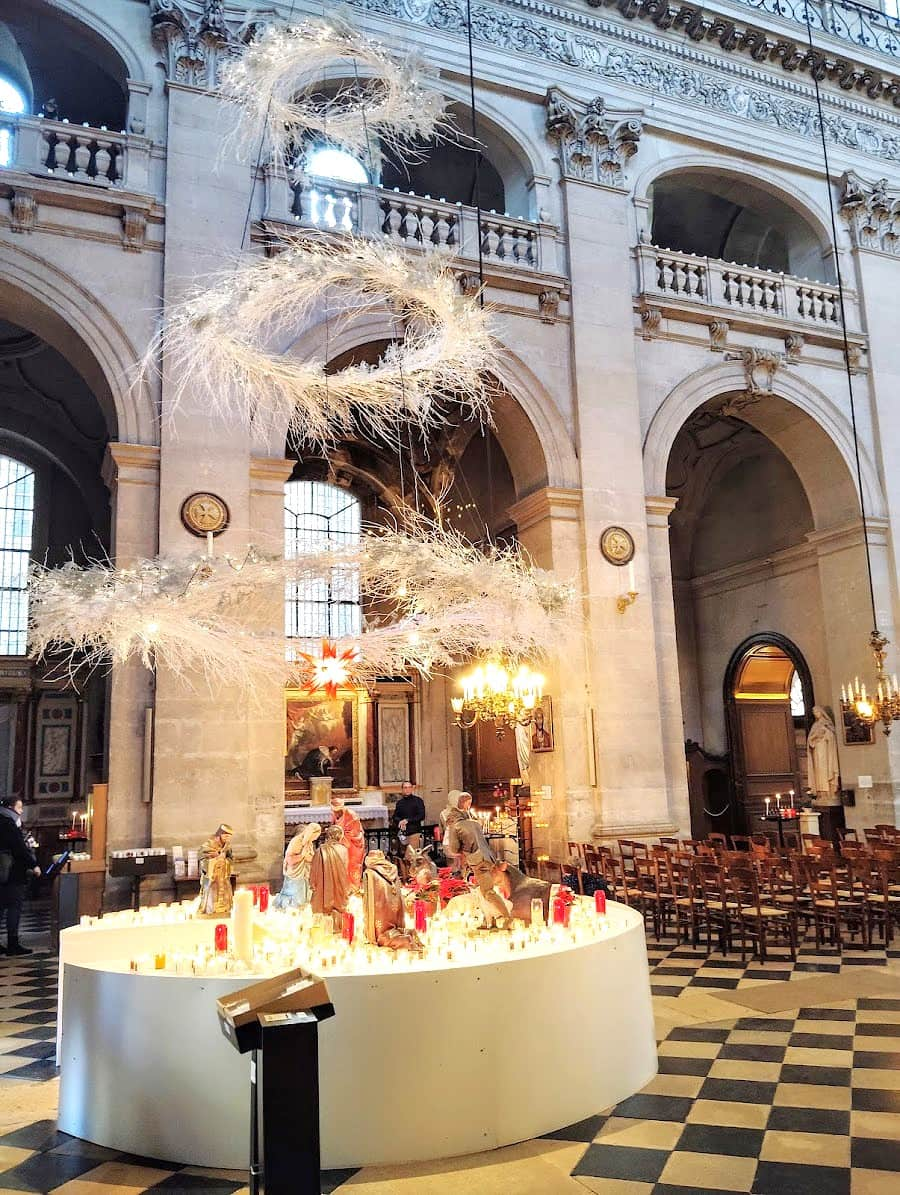
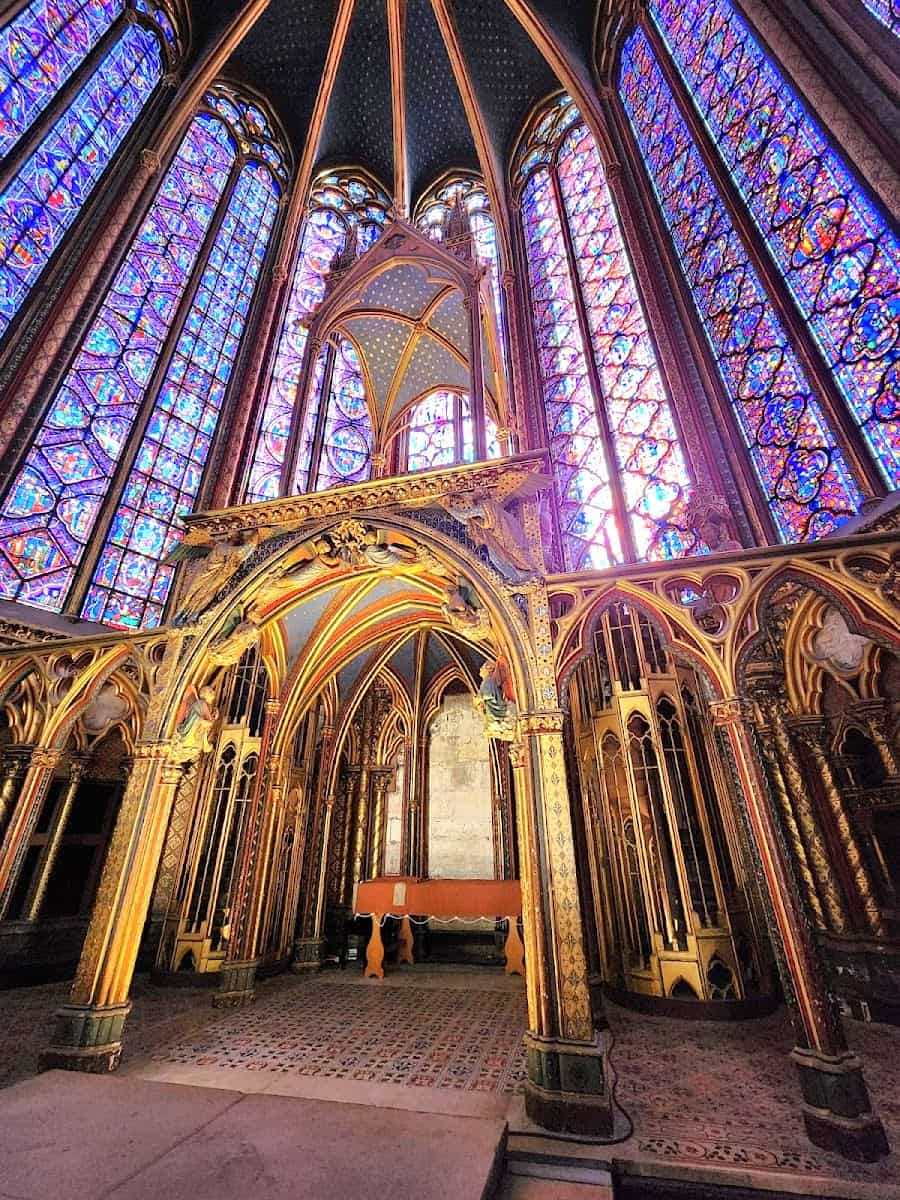
Musical moments. I’ve been fortunate to catch impromptu organ recitals during my visits. The church’s acoustics are phenomenal, and sitting in the nave while baroque music fills the space is a transcendent experience. Check the notice board by the entrance for upcoming concerts.
Peaceful refuge. Despite being just steps from busy Rue Saint-Antoine, the church offers a pocket of tranquility. I often slip in to escape the urban bustle and enjoy a moment of contemplation amid the flickering candles and centuries of history.
Visitor details. Entry is free, with opening hours typically 8am-7pm daily. Respectful dress is appreciated, and photography without flash is permitted.
- Architectural highlights: The dome, Corinthian columns, and ornate altar
- Art treasures: Delacroix’s “Christ in the Garden of Olives” and “Christ on the Cross”
- Historical connection: Cardinal Richelieu laid the first stone in 1627
⭐ Best Activities
- Paris La Marais District Guided Walking Tour – Discover the fascinating history and architecture of Le Marais on this comprehensive walking tour. Your guide will reveal the district’s transformation from medieval marsh to aristocratic quarter to today’s trendy neighborhood.
8. Art Galleries (Galerie Perrotin, Thaddaeus Ropac, Marian Goodman)
Contemporary scene. I’ve spent countless afternoons gallery-hopping in Le Marais, where world-class contemporary art spaces cluster in historic buildings. The juxtaposition of cutting-edge art within centuries-old architecture creates a uniquely Parisian cultural experience.
Galerie Perrotin. This sleek gallery founded by Emmanuel Perrotin showcases some of the most exciting international artists. I was blown away by their three-floor space on Rue de Turenne, where I’ve seen everything from Takashi Murakami’s colorful sculptures to Daniel Arsham’s eroded futuristic objects. Entry is free, and the staff are refreshingly approachable.
Thaddaeus Ropac. Housed in an impressive 18th-century mansion, this gallery consistently presents museum-quality exhibitions. I remember being mesmerized by Anselm Kiefer’s monumental paintings that seemed to absorb all the historical weight of the building itself. Their courtyard installations often stop pedestrians in their tracks.
Marian Goodman. More intimate but equally prestigious, this gallery represents art world heavyweights like Gerhard Richter and William Kentridge. The thoughtfully curated shows here tend to be more contemplative, rewarding slow and careful viewing.
Gallery etiquette. These spaces are free to enter, with exhibitions changing roughly every six weeks. My tip: pick up the exhibition booklet at the front desk for context about the works, and don’t be intimidated—these galleries welcome all curious visitors.
- Must-visit galleries: Perrotin, Thaddaeus Ropac, Marian Goodman, Galerie Particulière
- Best gallery day: Saturday afternoons when new exhibitions often open with receptions
- Gallery district boundaries: Roughly between Rue de Turenne, Rue des Archives, and Rue du Temple
9. The Centre Pompidou
Architectural revolution. I was initially shocked by the Centre Pompidou’s inside-out design—with its exposed colorful pipes, ducts, and escalators on the exterior. This radical building revolutionized museum architecture when it opened in 1977 and still feels daringly modern today.
Art powerhouse. Inside houses Europe’s largest collection of modern and contemporary art. I spent hours wandering through galleries featuring Picasso, Kandinsky, Warhol, and countless others. The collection is thoughtfully organized by movement and era, making it accessible even to modern art newcomers.
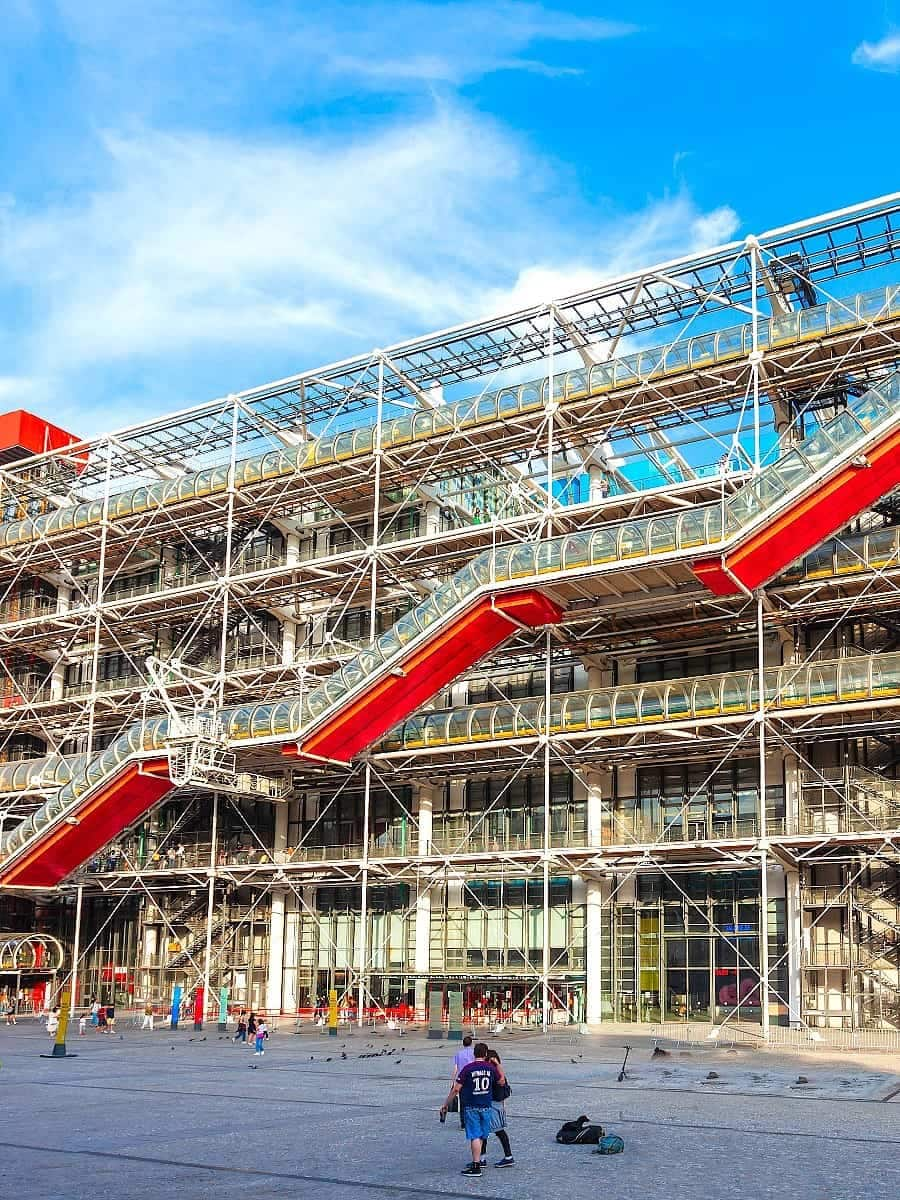
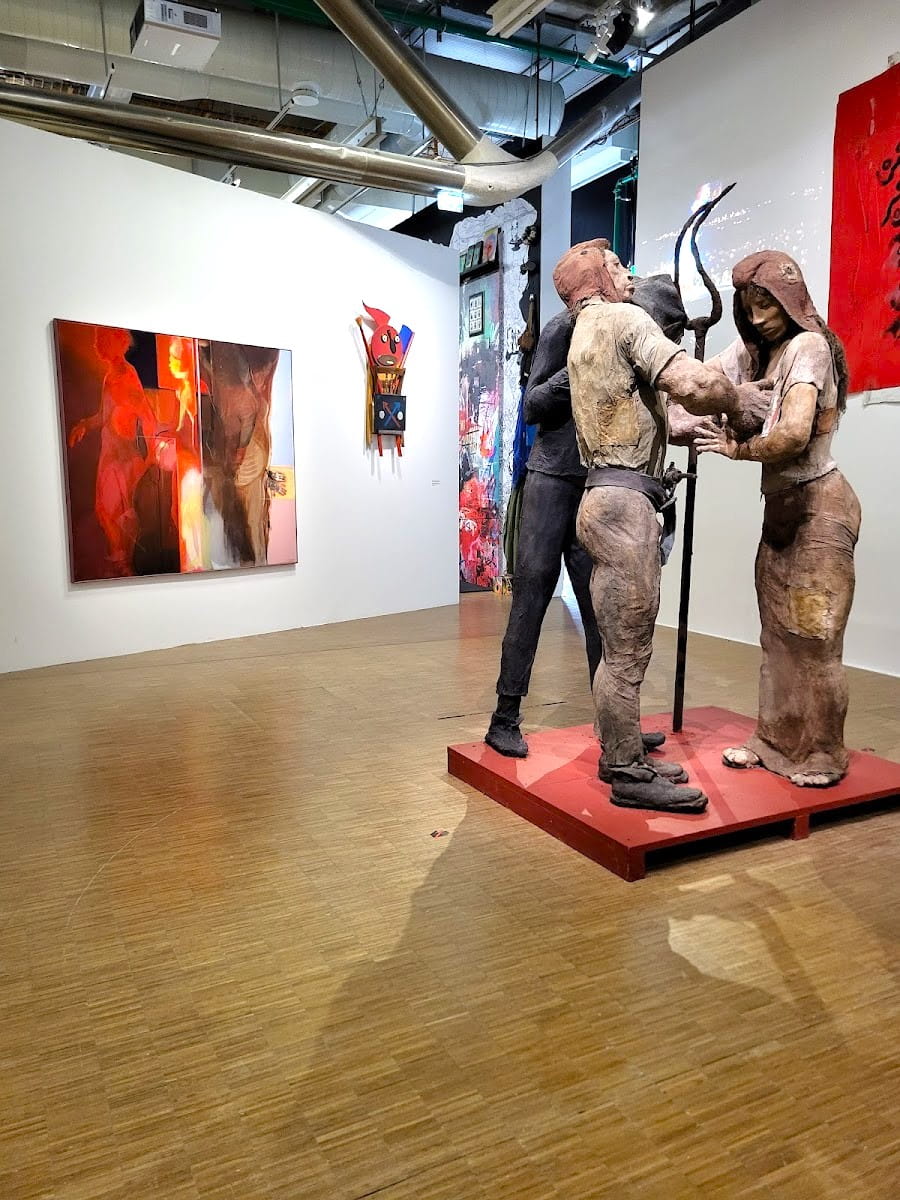
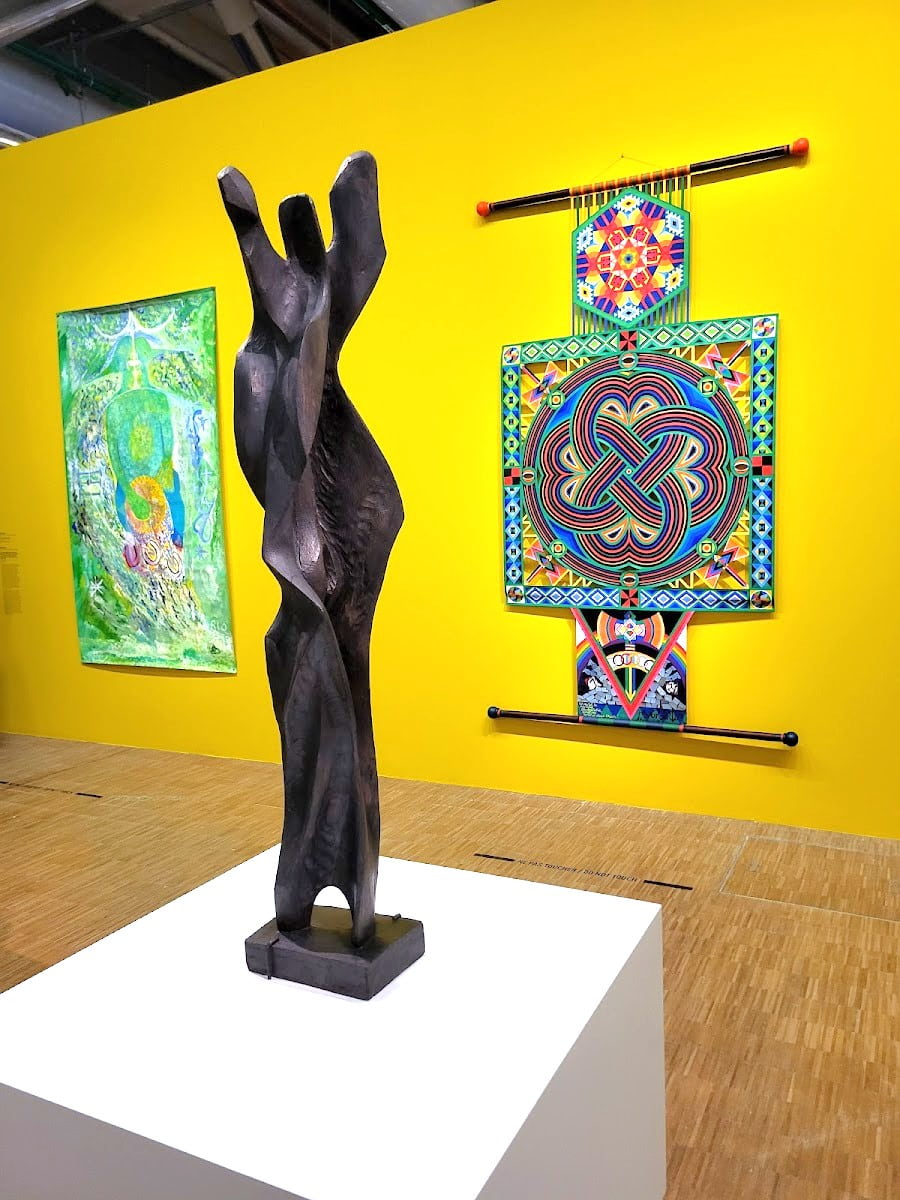
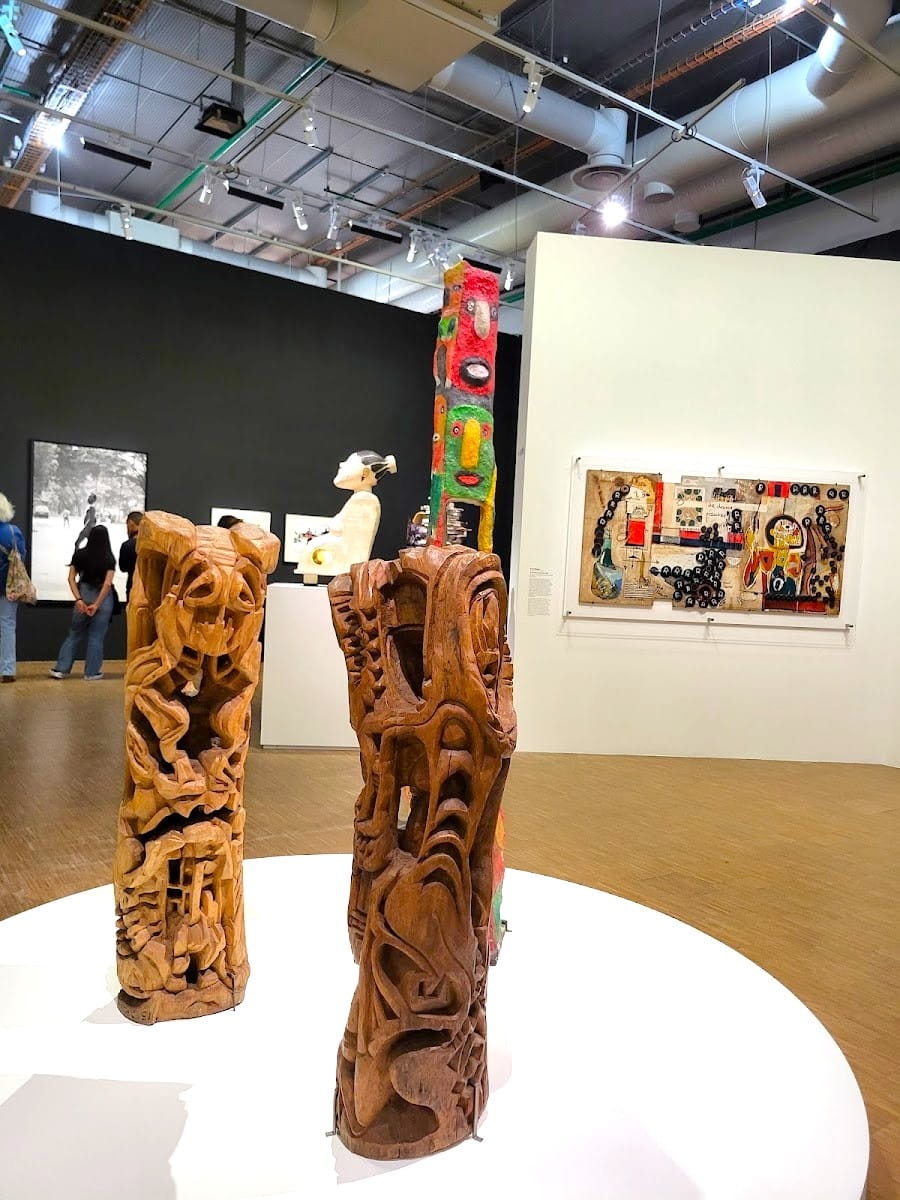
Panoramic views. My favorite discovery was the escalator ride to the top floor, offering spectacular views across Paris rooftops. The transparent tubes on the building’s exterior create a unique vantage point that frames the city in an industrial lens.
Exhibition strategy. The museum spans six floors, which can be overwhelming. My approach: start at the top with the permanent collection and work down through temporary exhibitions. Tickets cost €14 ($15.20), but I recommend the annual pass (€49/$53.30) if you’ll visit more than three times.
Cultural hub. Beyond art, I’ve enjoyed performances in the basement theater, browsed the excellent design shop, and relaxed at the rooftop restaurant Georges, where the menu is pricey (mains €30-45/$32.60-49) but the views justify the splurge.
- Must-see works: Duchamp’s “Fountain,” Matisse’s “The Sorrow of the King,” Kandinsky’s “Yellow-Red-Blue”
- Best time to visit: Weekday afternoons or Thursday evenings (open until 11pm)
- Money-saving tip: Free entry on the first Sunday of each month (but extremely crowded)
10. Maison de Victor Hugo
Literary legacy. I felt a thrill walking into the actual apartment where Victor Hugo wrote parts of “Les Misérables.” Located on the second floor of a beautiful building on Place des Vosges, this museum offers an intimate glimpse into the famous author’s life and creative process.
Period rooms. What fascinated me most were the reconstructed rooms showcasing Hugo’s eclectic taste. His Chinese-inspired red dining room feels theatrical, while his study contains the standing desk where he penned his masterpieces. The antique furniture and personal objects create an atmosphere that brings the writer’s era vividly to life.
Artistic connections. Beyond literature, I discovered Hugo’s talent as a visual artist through his drawings and paintings displayed throughout the apartment. His moody seascapes and architectural sketches reveal another dimension of his creative mind.
Free access. The permanent collection is completely free to visit, making this one of Paris’s best cultural bargains. Temporary exhibitions may have a small fee (typically €5-8/$5.40-8.70).
Visitor experience. The museum is compact but rich in content. I spent about an hour exploring the rooms and displays. Audio guides are available in multiple languages (€5/$5.40) and enhance the experience with stories about Hugo’s colorful life.
- Literary highlights: Original manuscripts, first editions, and Hugo’s writing desk
- Unexpected treasures: Hugo’s own artwork and furniture he personally designed
- Historical context: Exhibits about his political activism and exile during Napoleon III’s reign
⭐ Best Activities
- Best of Paris: Marais Highlights, Place Vosges Gardens and Gaufre – Experience the highlights of Le Marais including the beautiful Place des Vosges gardens and sample delicious gaufres (waffles). This tour combines historical sightseeing with culinary delights for a complete Marais experience.
11. Museum of Hunting and Nature
Unexpected gem. I nearly walked past this museum, thinking it wouldn’t interest me—what a mistake that would have been! Housed in two magnificent mansions, the Musée de la Chasse et de la Nature offers one of the most surprising and creative museum experiences in Paris.
Artistic approach. What makes this place special isn’t just the hunting artifacts but how they’re displayed. I found myself mesmerized by contemporary art installations placed alongside antique firearms and taxidermy. The juxtaposition creates thought-provoking dialogues about our relationship with nature and animals.

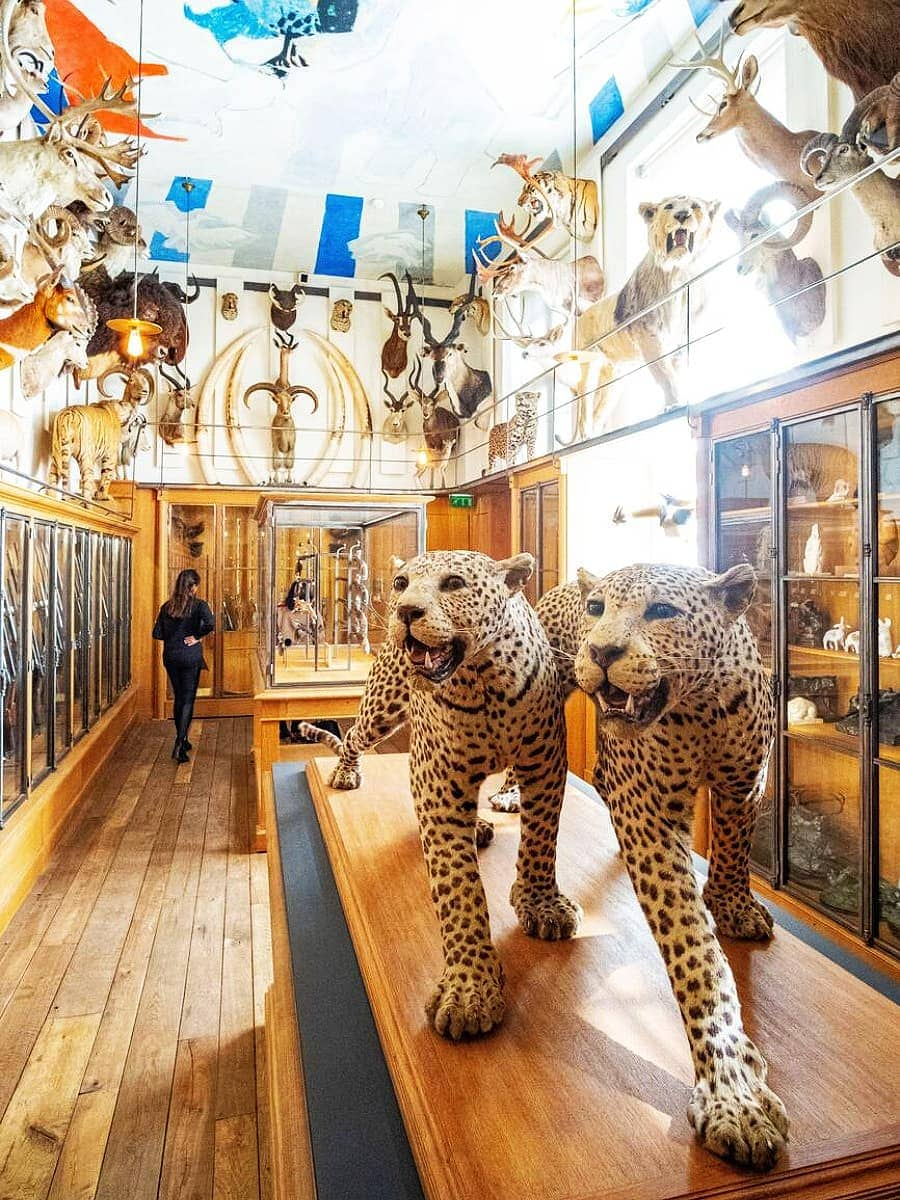
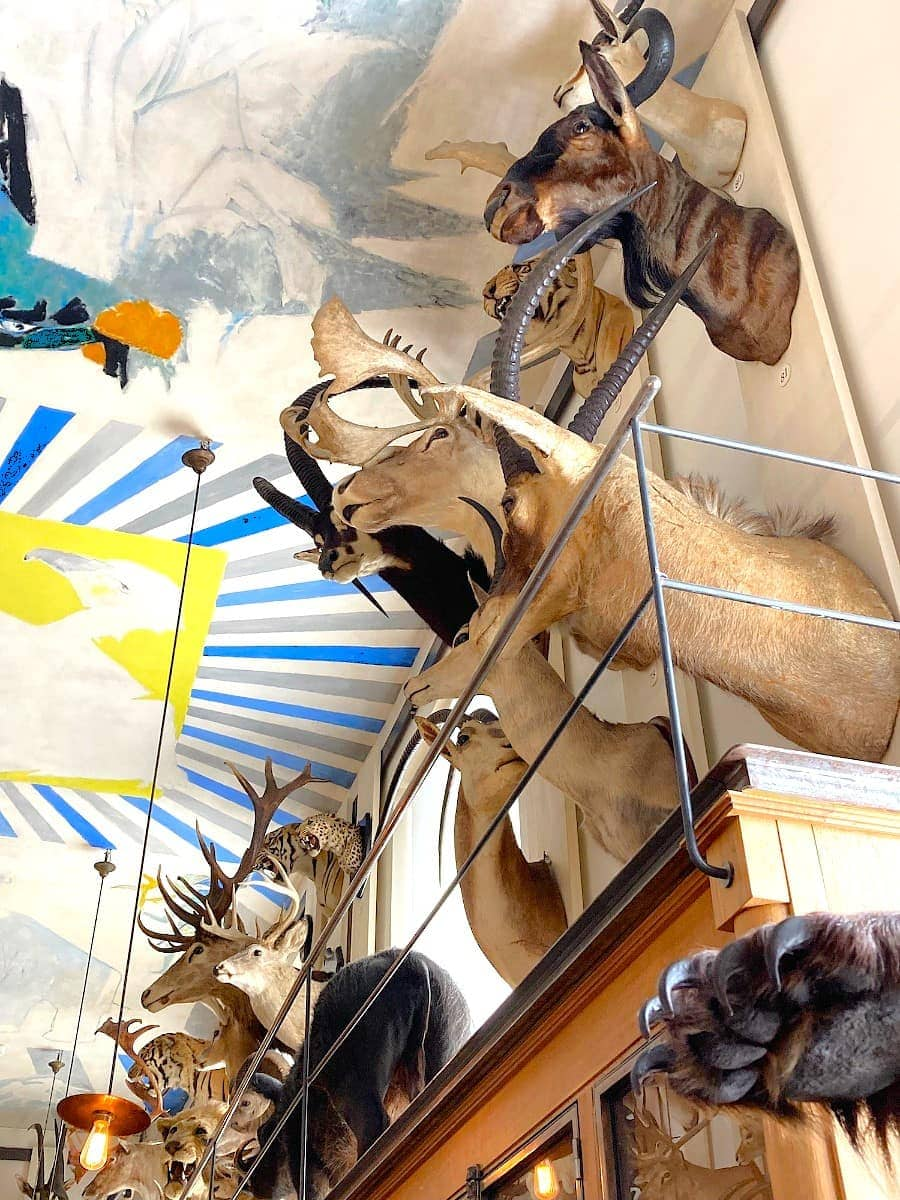
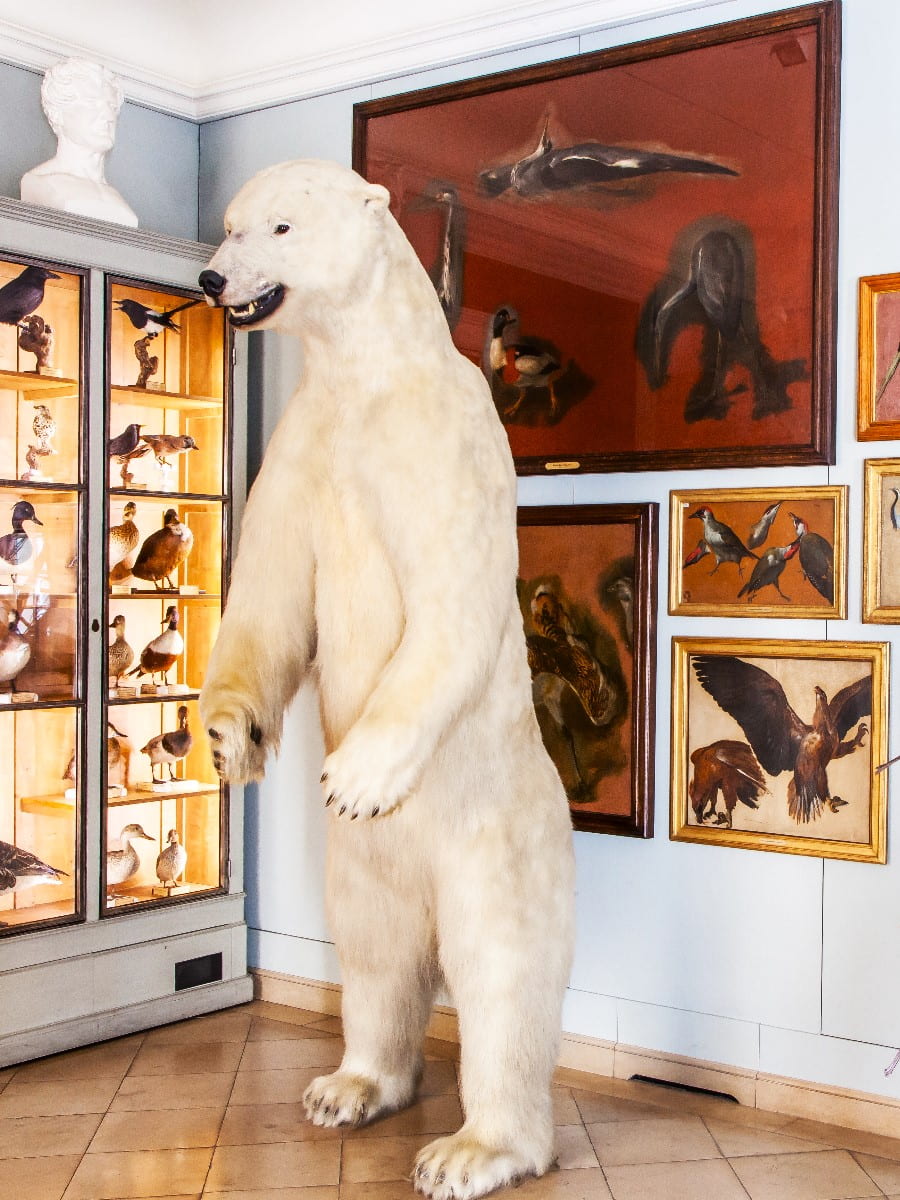
Immersive rooms. Each themed room feels like stepping into a cabinet of curiosities. I was particularly captivated by the owl room, where dozens of owl specimens and representations surround a central contemporary sculpture. The boar room features a button that, when pressed, produces realistic boar sounds that echoed through the elegant space.
Practical details. Admission costs €12 ($13), with reduced rates for students and seniors. The museum is closed on Mondays and Tuesdays, and I recommend allowing at least 90 minutes to fully appreciate the collections.
Hidden courtyard. Don’t miss the peaceful interior courtyard, a perfect spot to rest and reflect midway through your visit. The contrast between the bustling Marais streets and this tranquil space adds to the museum’s charm.
- Must-see exhibits: The trophy room, the owl collection, the contemporary art installations
- Interactive elements: Animal sound buttons, touchable materials, video installations
- Unexpected highlight: The firearms room with its stunning ceiling painting
12. Maison Européenne de la Photographie
Photography paradise. I was thrilled to discover this world-class institution dedicated to the art form. Housed in a renovated mansion, the MEP (as locals call it) presents rotating exhibitions of both established masters and emerging talents.
Exhibition quality. What impressed me most was the museum’s commitment to presenting photography as fine art. The spacious galleries with perfect lighting allow each image to make its full impact. I’ve seen everything from documentary photojournalism to abstract experimental work displayed with equal respect and care.
Multimedia approach. Beyond traditional prints, the MEP embraces video installations and digital presentations. During my last visit, an immersive room projected changing images across all surfaces, creating a completely enveloping photographic experience.
Library treasure. The museum houses an exceptional photography library with over 30,000 volumes. While the main collection requires a membership to access, a selection of beautiful photo books is available for browsing in the public reading room—a perfect rainy day activity.
Visitor essentials. Tickets cost €10 ($10.90), with free entry on Wednesdays from 5-8pm. The museum is closed Mondays and Tuesdays. The exhibitions change regularly, so check their website before visiting to see what’s currently showing.
- Exhibition highlights: Rotating shows featuring both historical and contemporary photography
- Best time to visit: Wednesday evenings for free admission and smaller crowds
- Photography policy: No flash photography allowed; some exhibitions prohibit photography entirely
13. Musée d’art et d’histoire du Judaïsme
Cultural immersion. I was deeply moved by this thoughtfully curated museum dedicated to Jewish art and history. Housed in the magnificent Hôtel de Saint-Aignan, a 17th-century mansion, it presents the rich cultural heritage of Jewish communities in France and throughout Europe.
Historical treasures. The collection spans centuries, from medieval manuscripts to contemporary art. I was particularly fascinated by the Hanukkah lamps from different regions, each reflecting local artistic traditions while serving the same ritual purpose. The reconstructed Alsatian synagogue interior transported me to another time and place.
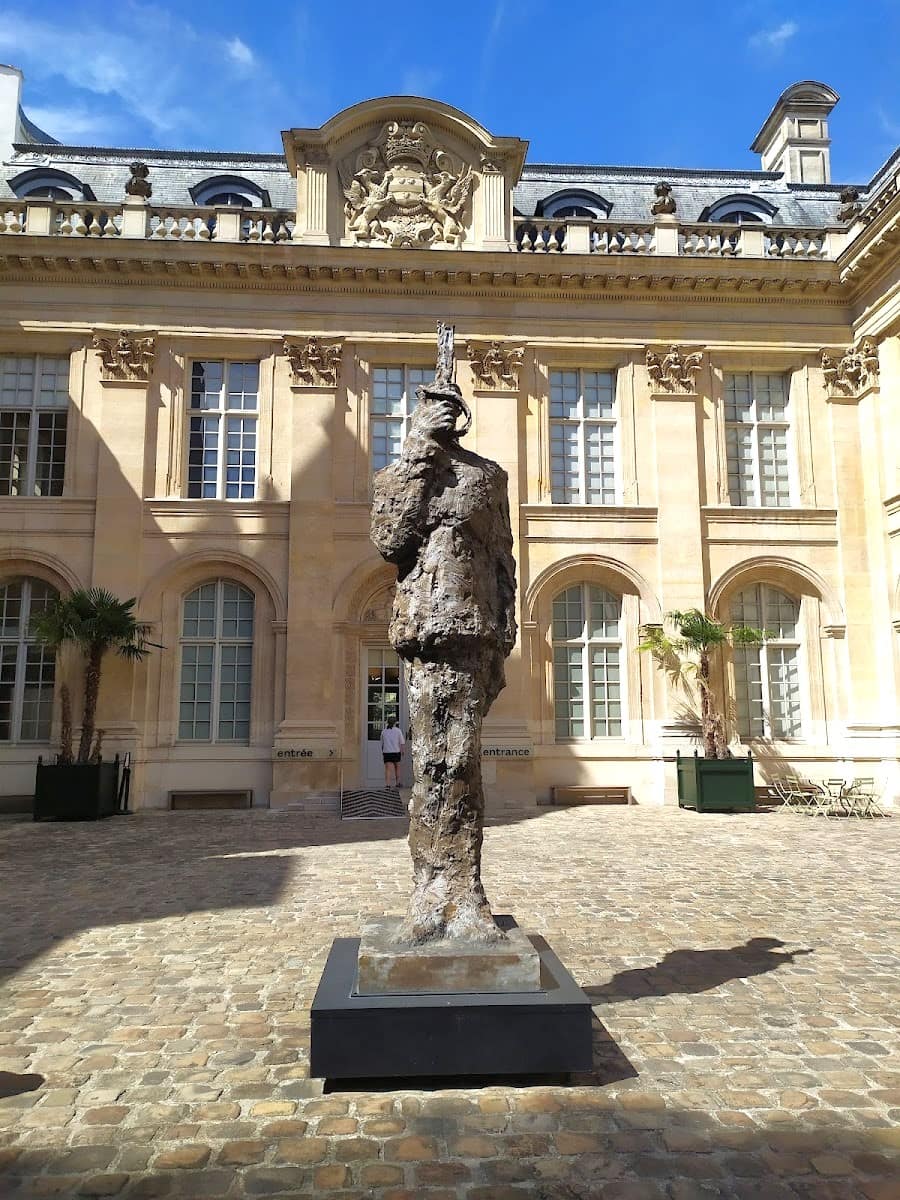
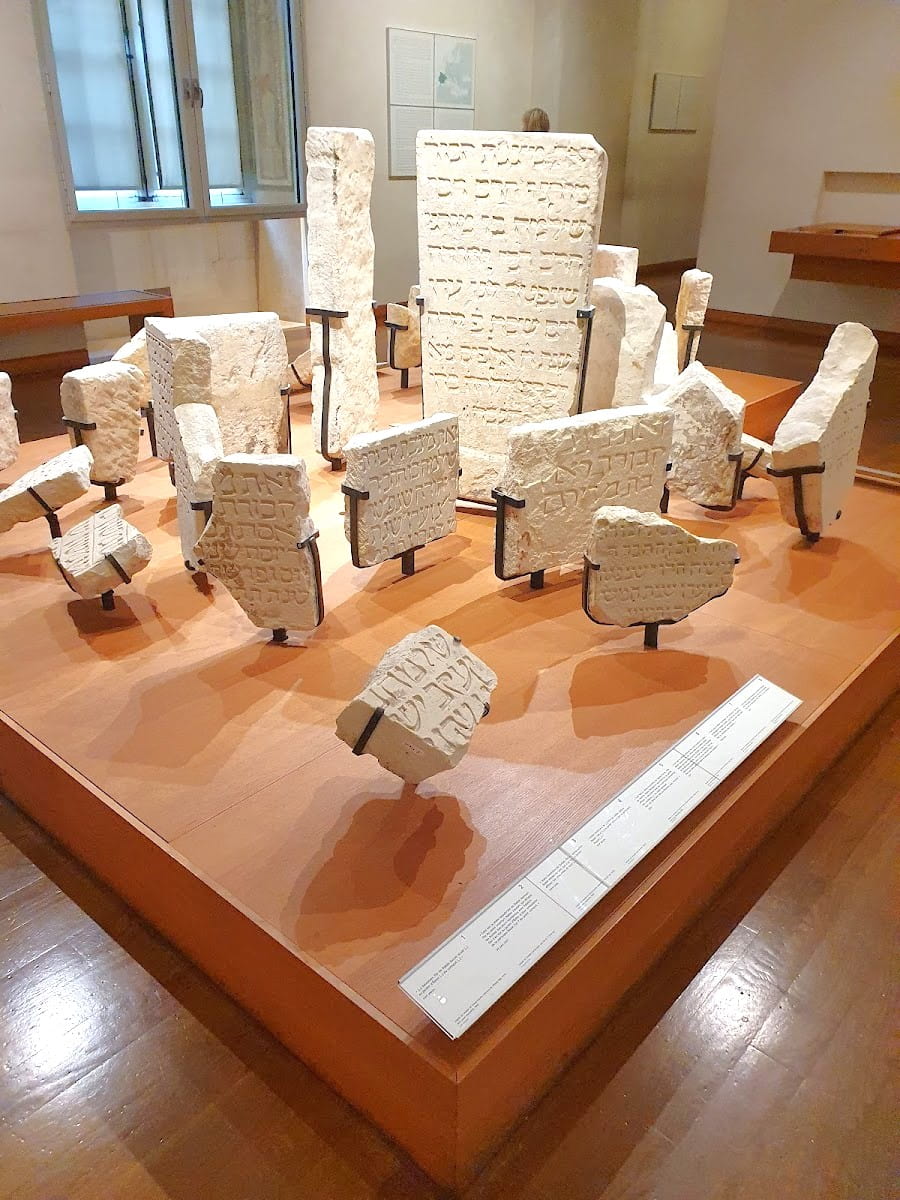
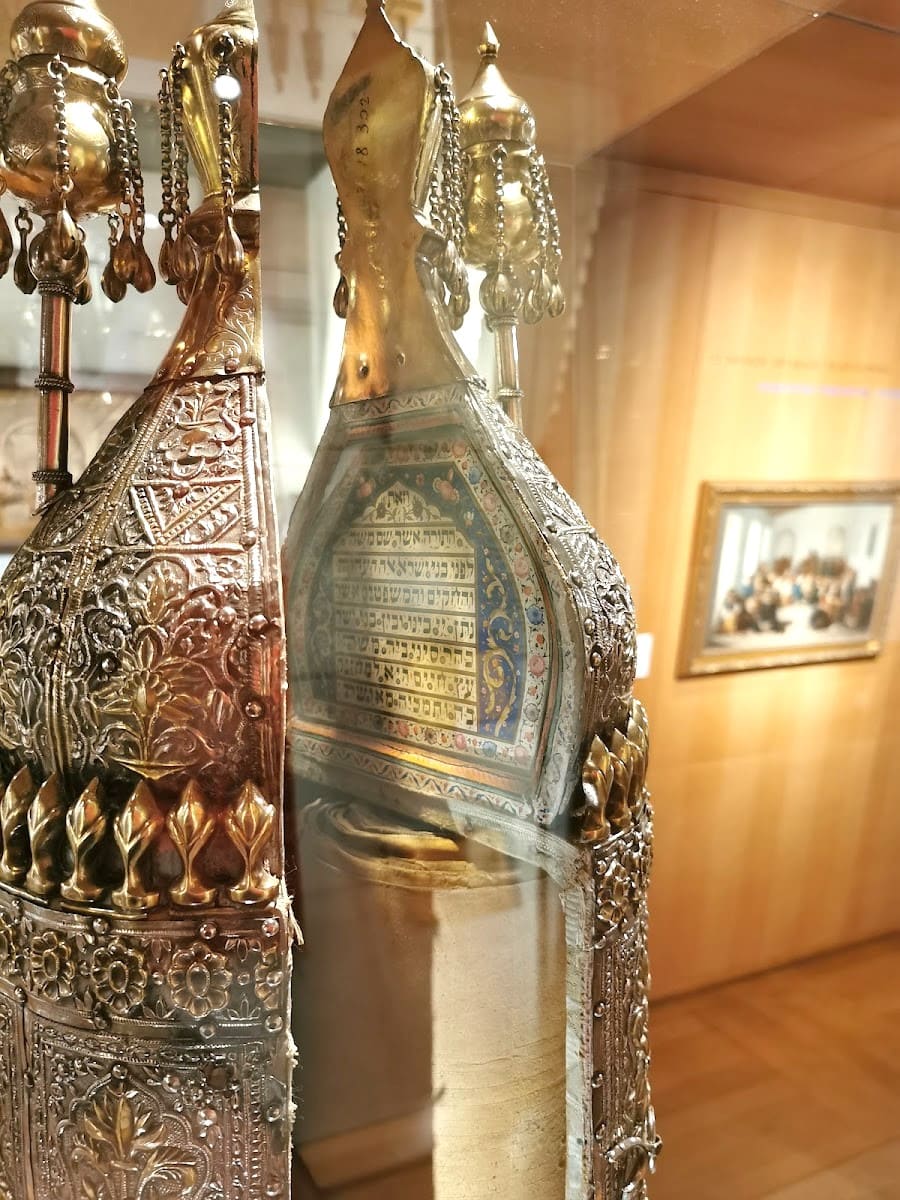
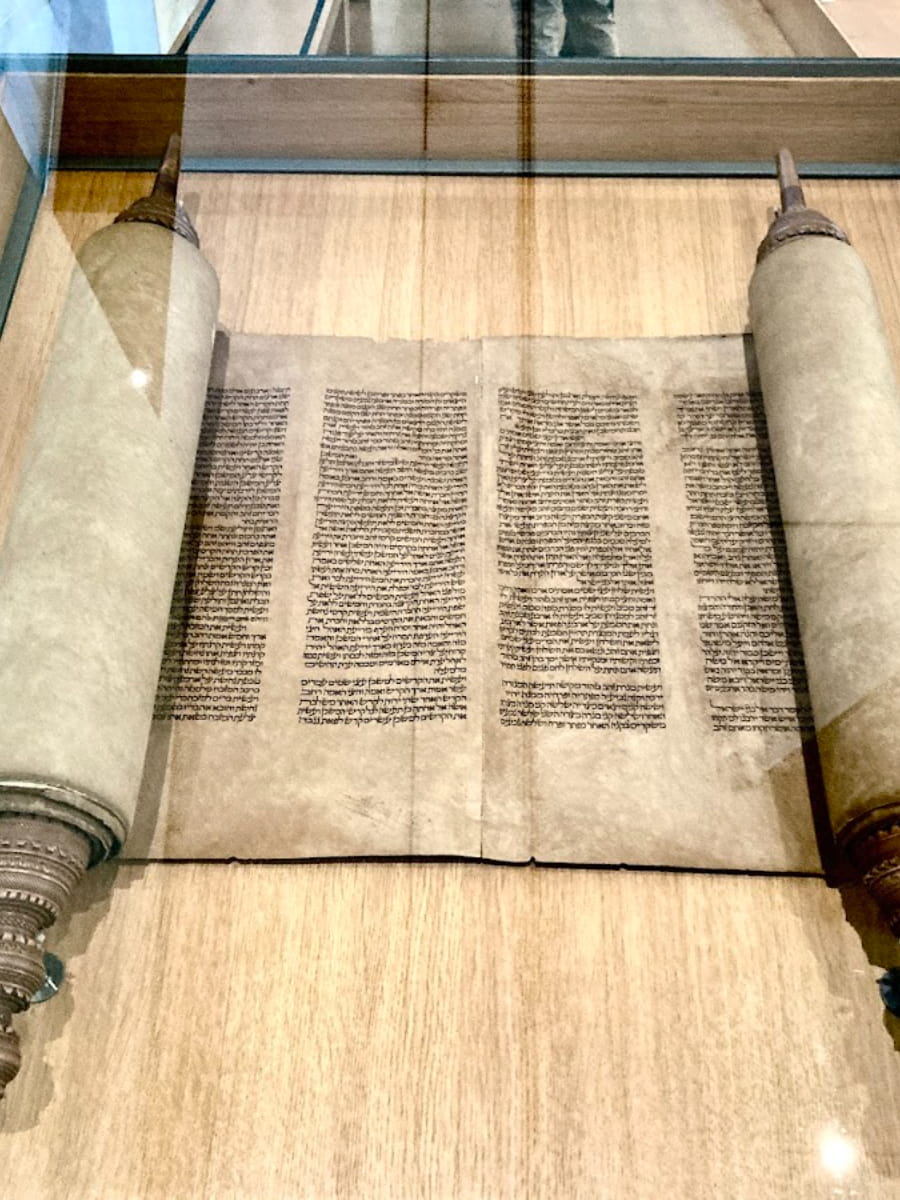
Personal stories. What makes this museum exceptional is how it weaves individual narratives throughout the exhibitions. I found myself emotionally connected to the displayed objects through the stories of the people who created, used, and preserved them through often difficult circumstances.
Temporary exhibitions. The museum regularly hosts special exhibitions exploring specific aspects of Jewish culture and history. These shows often incorporate contemporary perspectives, creating dialogues between past and present that I find particularly enlightening.
Visitor information. Admission is €10 ($10.90), with reduced rates available. The museum is closed on Mondays and on Jewish holidays (check their calendar when planning your visit). Audio guides in multiple languages cost €3 ($3.25) and provide valuable context.
- Must-see artifacts: The collection of Hanukkah lamps, the medieval manuscripts, the model of the Temple of Jerusalem
- Cultural connections: Exhibits showing Jewish contributions to art, literature, and science
- Contemplative space: The memorial room commemorating Holocaust victims
14. Musée Cognacq-Jay
Hidden treasure. I stumbled upon this intimate museum while seeking shelter from rain and discovered one of Le Marais’s best-kept secrets. Housed in a 16th-century mansion, the Musée Cognacq-Jay displays the private collection of Ernest Cognacq and his wife Marie-Louise Jay, founders of La Samaritaine department store.
18th-century elegance. Walking through the museum feels like stepping into a refined Parisian home during the Age of Enlightenment. I was enchanted by the collection of Sèvres porcelain, delicate furniture, and paintings by masters like Fragonard and Boucher that capture the refined aesthetic of pre-revolutionary France.
Domestic scale. Unlike the grand national museums, this collection maintains a human scale that I find refreshing. The intimate rooms allow close examination of exquisite snuffboxes, miniature portraits, and other small treasures that would be lost in larger settings.
Free admission. Perhaps the best surprise was discovering that this gem is completely free to visit! The permanent collection costs nothing to enjoy, though special exhibitions may have a small fee.
Visitor experience. The museum is manageable in about an hour, making it perfect for combining with other Marais attractions. It’s closed on Mondays, and I recommend visiting in the morning when the natural light best illuminates the delicate objects.
- Collection highlights: Fragonard paintings, Sèvres porcelain, 18th-century furniture
- Unexpected treasures: The collection of decorative snuffboxes and bonbonnières
- Peaceful retreat: The small garden courtyard offers a moment of tranquility
15. Church of Saint-Gervais
Gothic masterpiece. I was awestruck by this church’s soaring interior, a magnificent example of Flamboyant Gothic architecture that’s often overlooked by tourists. Standing before its 16th-century vaulted ceiling, I felt the same sense of vertical lift that inspired medieval worshippers.
Musical heritage. What makes Saint-Gervais truly special is its musical tradition. The church houses one of Paris’s finest pipe organs, built by the legendary François-Henri Clicquot in 1769. I was fortunate to attend a free organ recital (Sundays at 4:30pm) that filled the vast space with magnificent sound.
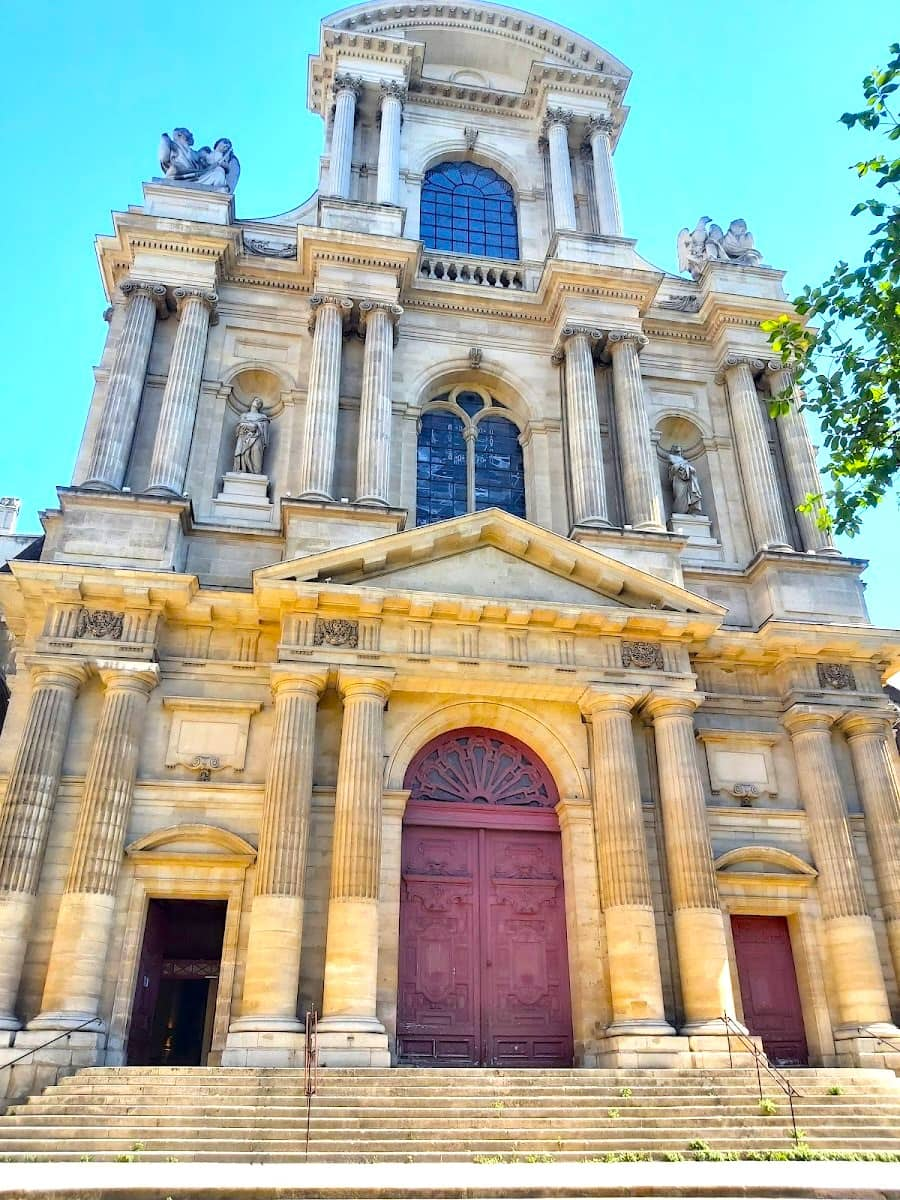
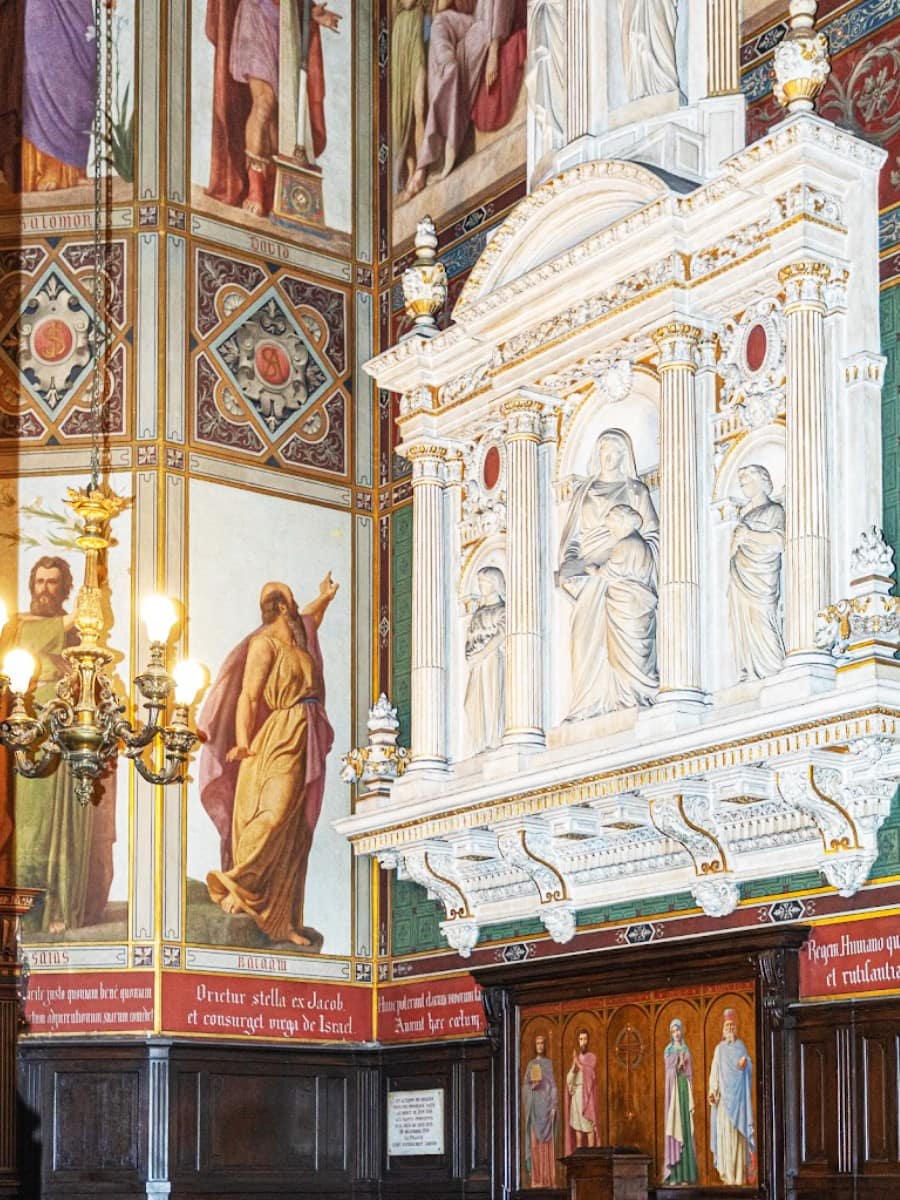
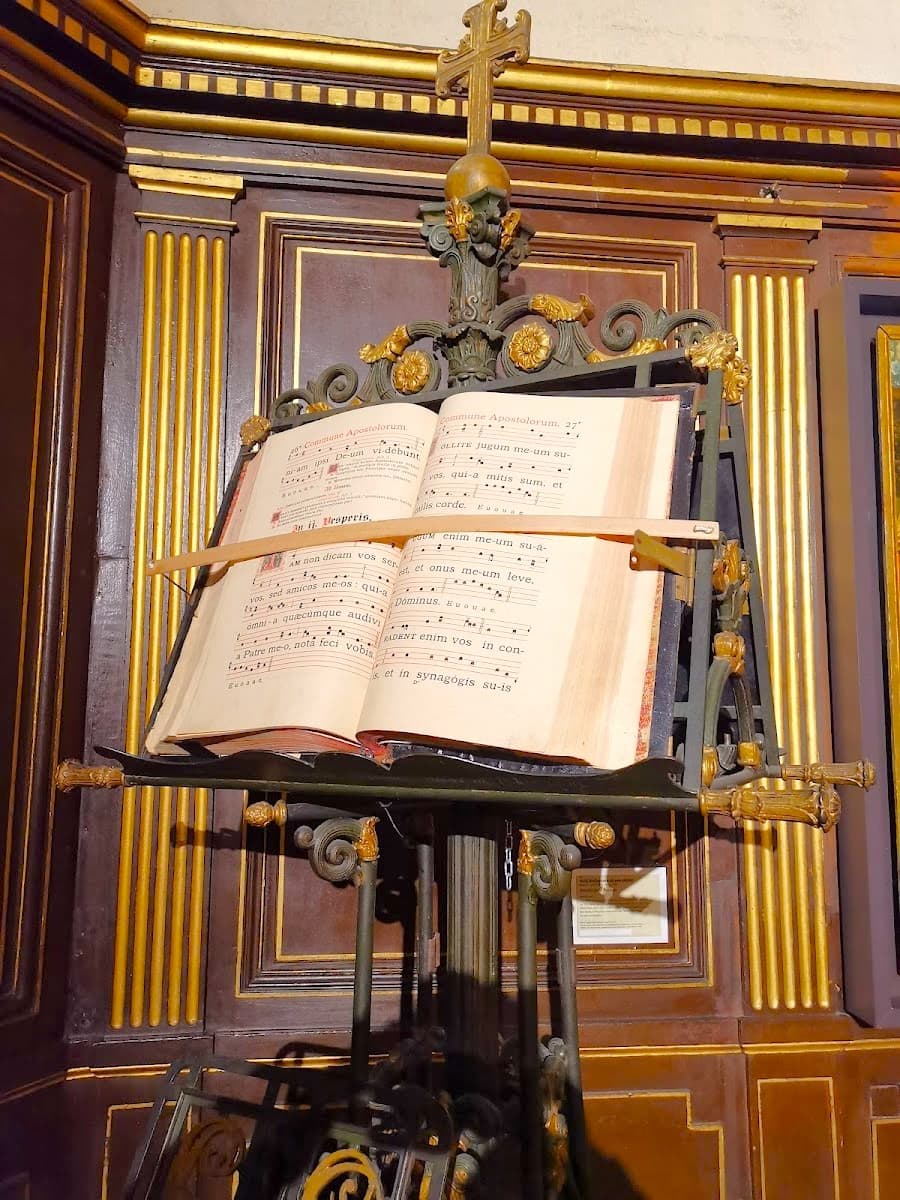
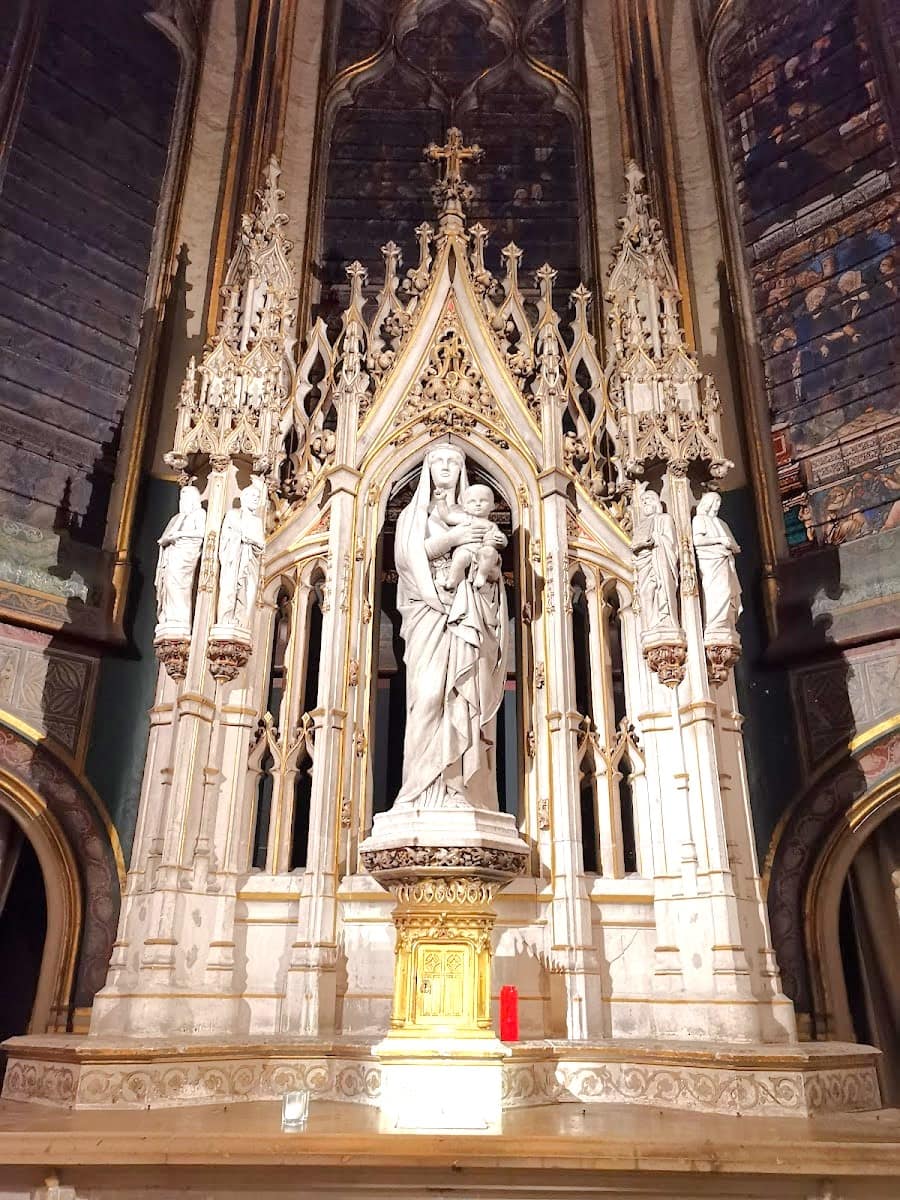
Stained glass journey. The church’s windows tell stories across centuries. While some original medieval glass remains, I was particularly moved by the modern windows created after WWII bombing damage. The contrast between ancient and contemporary sacred art creates a dialogue across time.
Hidden location. Despite being just steps from Hôtel de Ville, Saint-Gervais feels secluded thanks to its position slightly elevated from street level. Climbing the steps to its entrance, I felt I was leaving the city behind and entering a different realm.
Visitor notes. Entry is free, though donations are appreciated. The church is open daily from 8am-7:30pm, with shorter hours on Sundays. Remember this is an active place of worship, so respectful behavior is expected.
- Architectural highlights: The flamboyant Gothic nave, the renaissance rood screen, the organ loft
- Musical experiences: Sunday organ recitals at 4:30pm (free), occasional choral performances
- Historical significance: The church dates to the 6th century, though the current building is primarily 16th century
16. Café de la Gare
Theatrical legacy. I discovered this historic theater-café while exploring the quieter eastern edge of Le Marais. Founded in 1969 by a collective that included Gérard Depardieu and Patrick Dewaere, Café de la Gare has maintained its reputation as an incubator for innovative French theater and comedy.
Intimate performances. What makes this venue special is its intimacy—the small theater seats just 200 people, creating an electric connection between performers and audience. I attended a contemporary comedy that had me laughing alongside Parisians, even with my limited French comprehension.
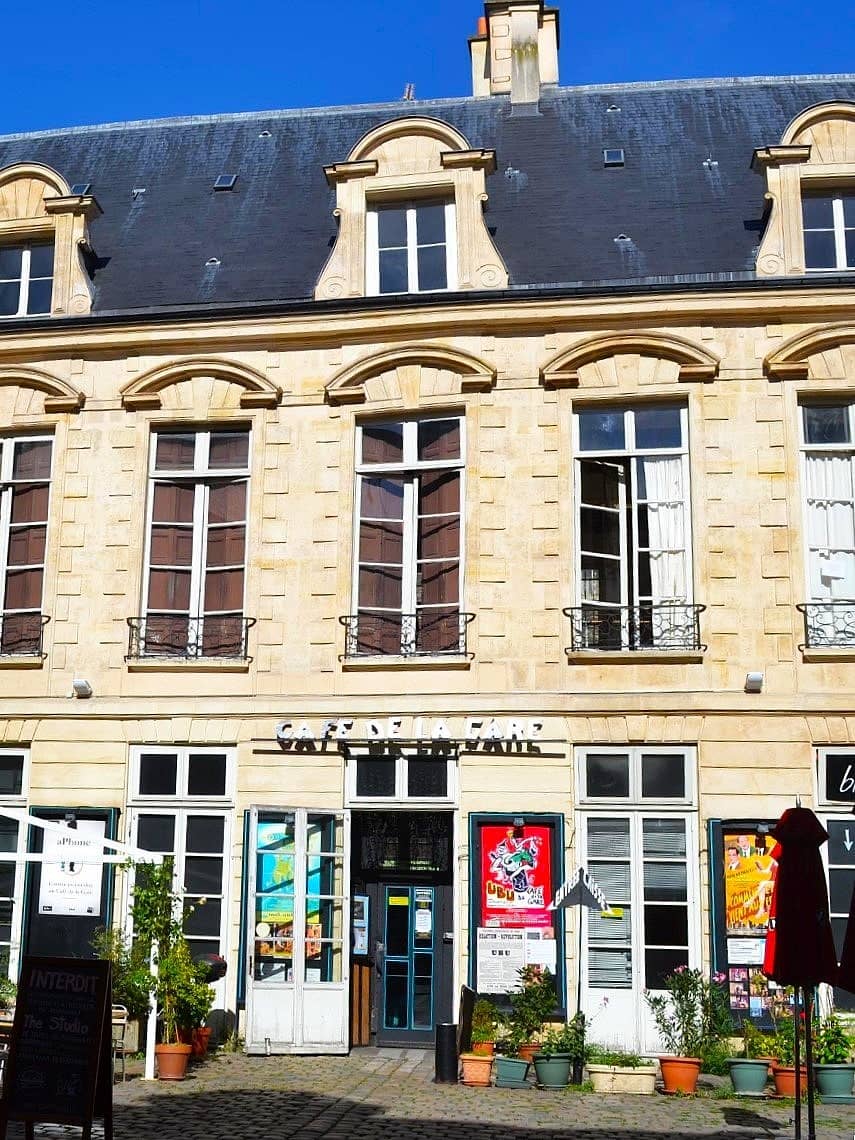
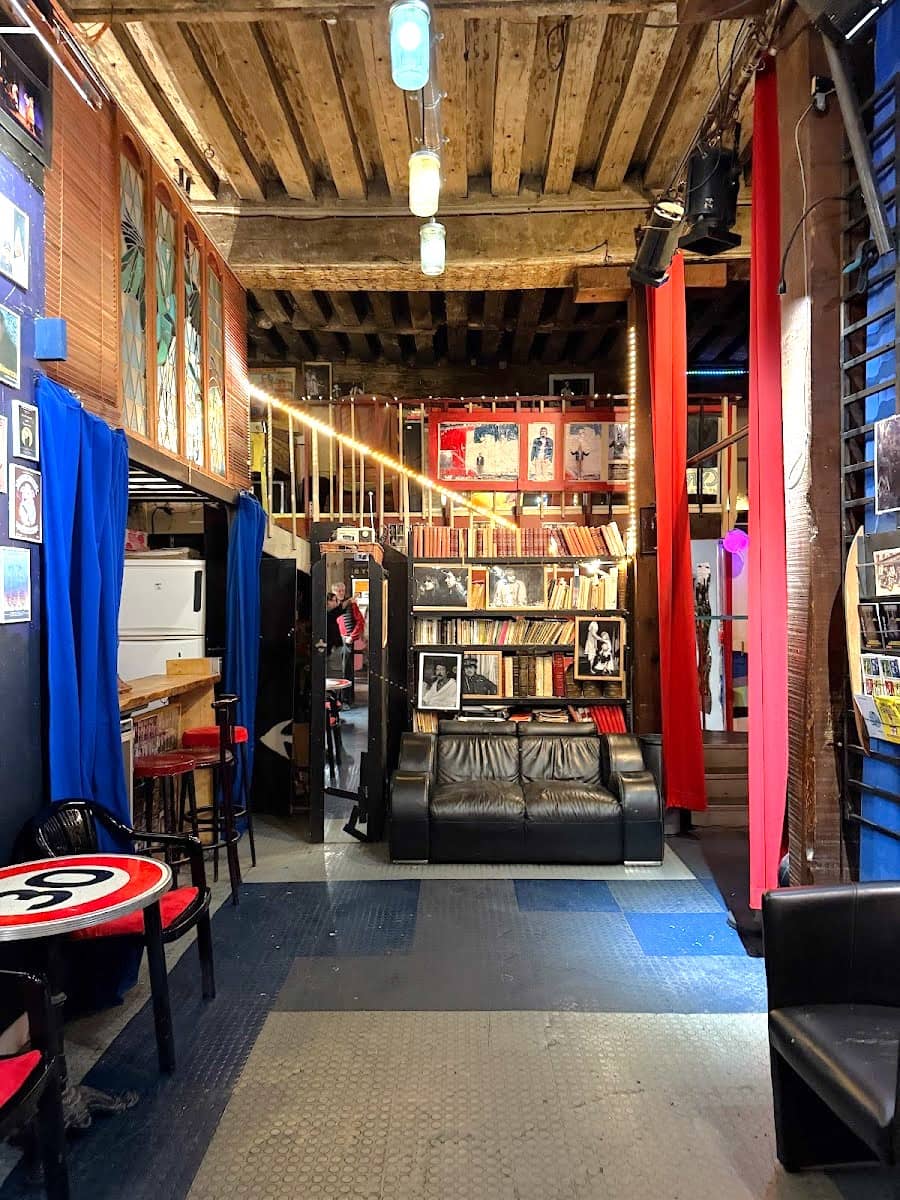
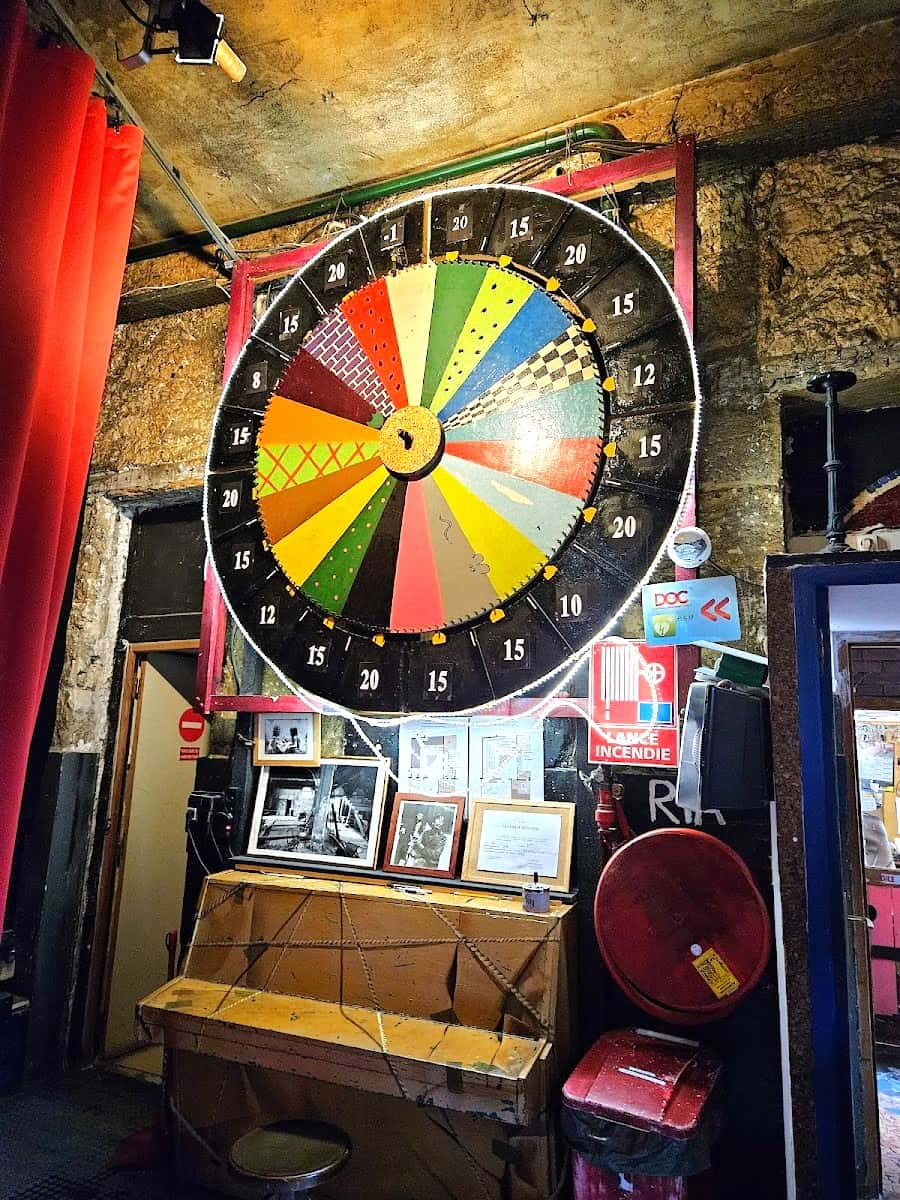
Pre-show atmosphere. The café portion opens about an hour before performances, offering a chance to enjoy a glass of wine (€5-7/$5.40-7.60) while mingling with local theater enthusiasts. The vintage décor and theatrical memorabilia covering the walls provide a glimpse into Parisian cultural history.
Accessible pricing. Tickets range from €20-30 ($21.70-32.60), significantly less than larger commercial theaters. I recommend booking online in advance, as shows frequently sell out, especially on weekends.
Language consideration. Most performances are in French without subtitles, but some shows incorporate physical comedy or music that transcends language barriers. The staff can advise which current productions might be most accessible to non-French speakers.
- Performance types: Contemporary theater, comedy, one-person shows, musical performances
- Show times: Typically 8pm Tuesday-Saturday, with 5pm Sunday matinees
- Pre-theater dining: Le Petit Marché restaurant nearby offers pre-theater menus (€25/$27.20)
17. BHV Marais
Parisian institution. I’ve spent countless hours exploring this historic department store that locals consider an institution. Unlike the tourist-packed Galeries Lafayette or Printemps, BHV (Bazar de l’Hôtel de Ville) attracts a genuine Parisian crowd shopping for everything from designer clothes to household essentials.
DIY paradise. What truly sets BHV apart is its legendary basement hardware department. I was amazed to discover this underground wonderland where Parisians find everything from exotic wood samples to specialized tools. Even as a visitor, I enjoyed browsing the uniquely French household items that make perfect functional souvenirs.
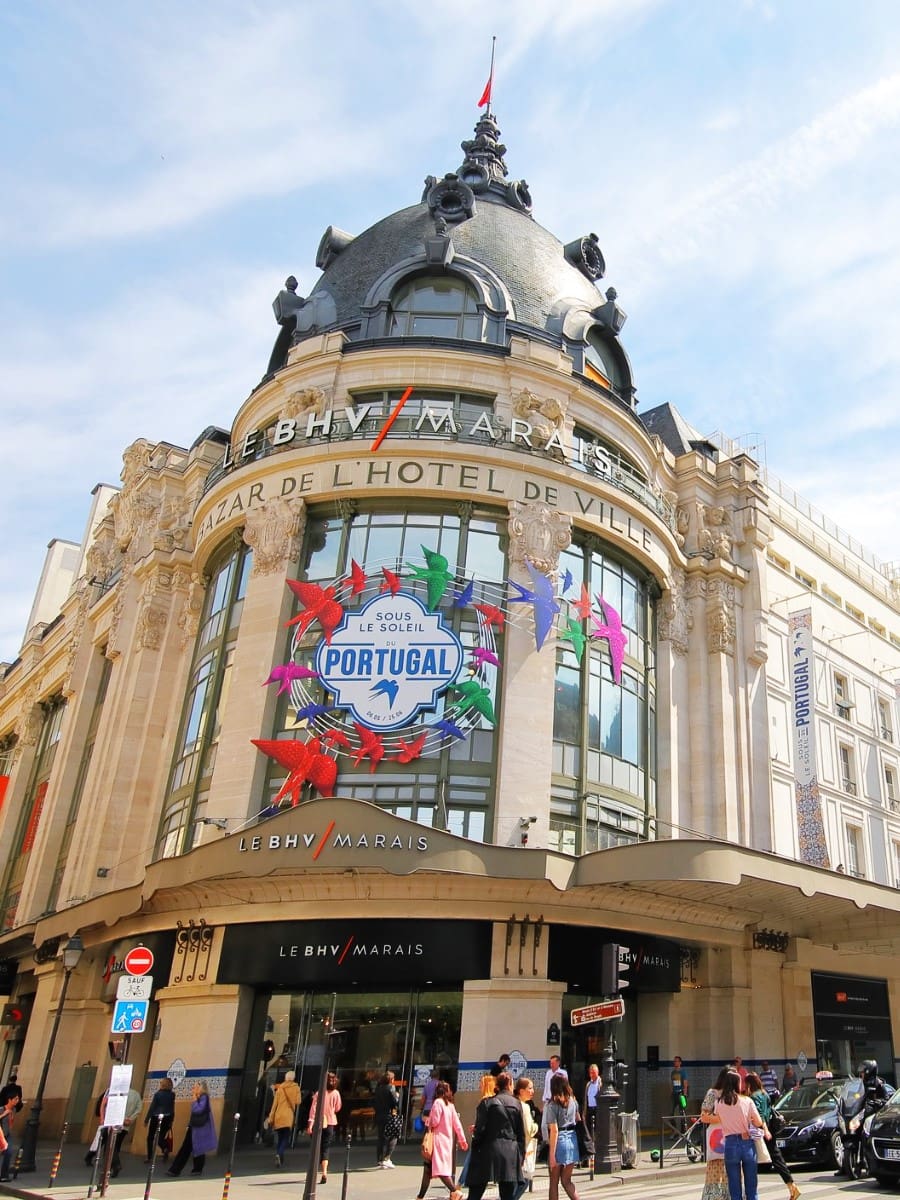
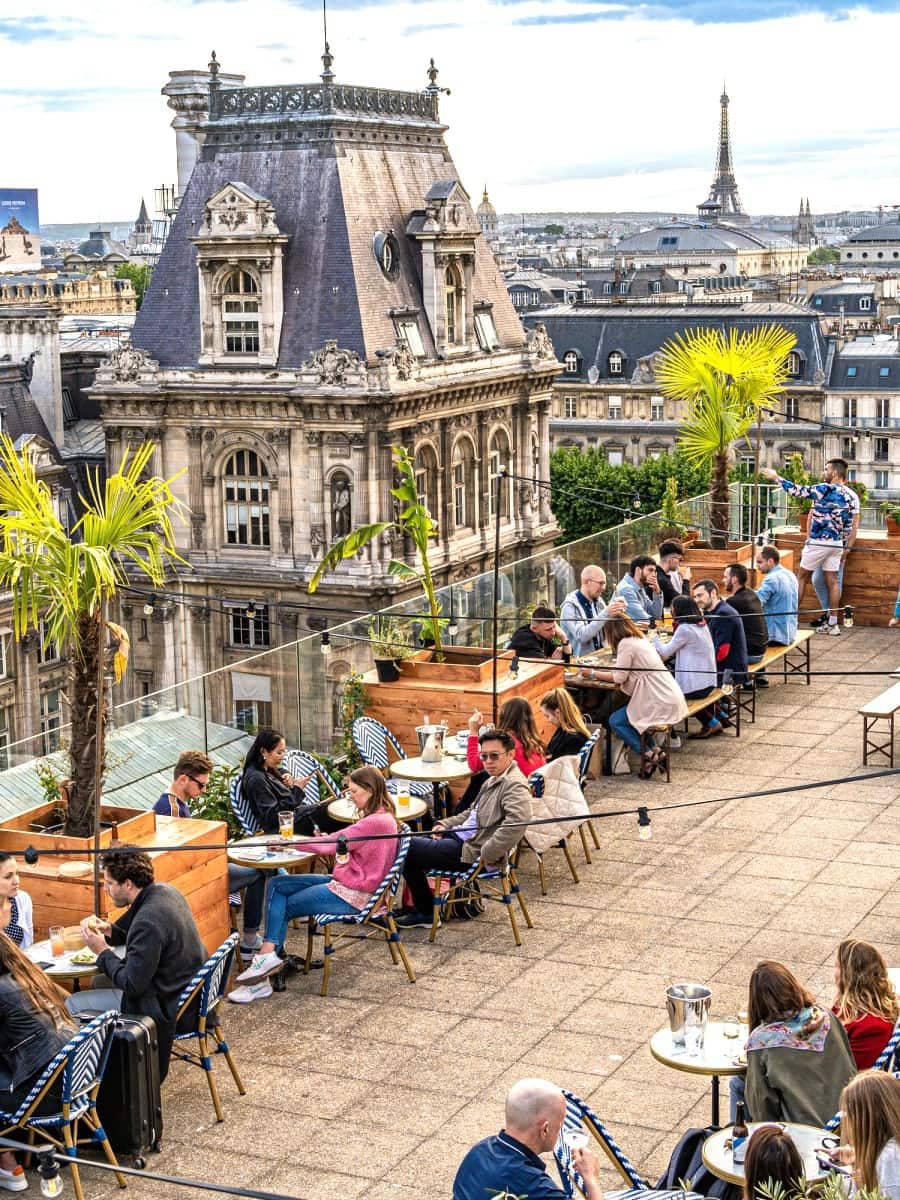
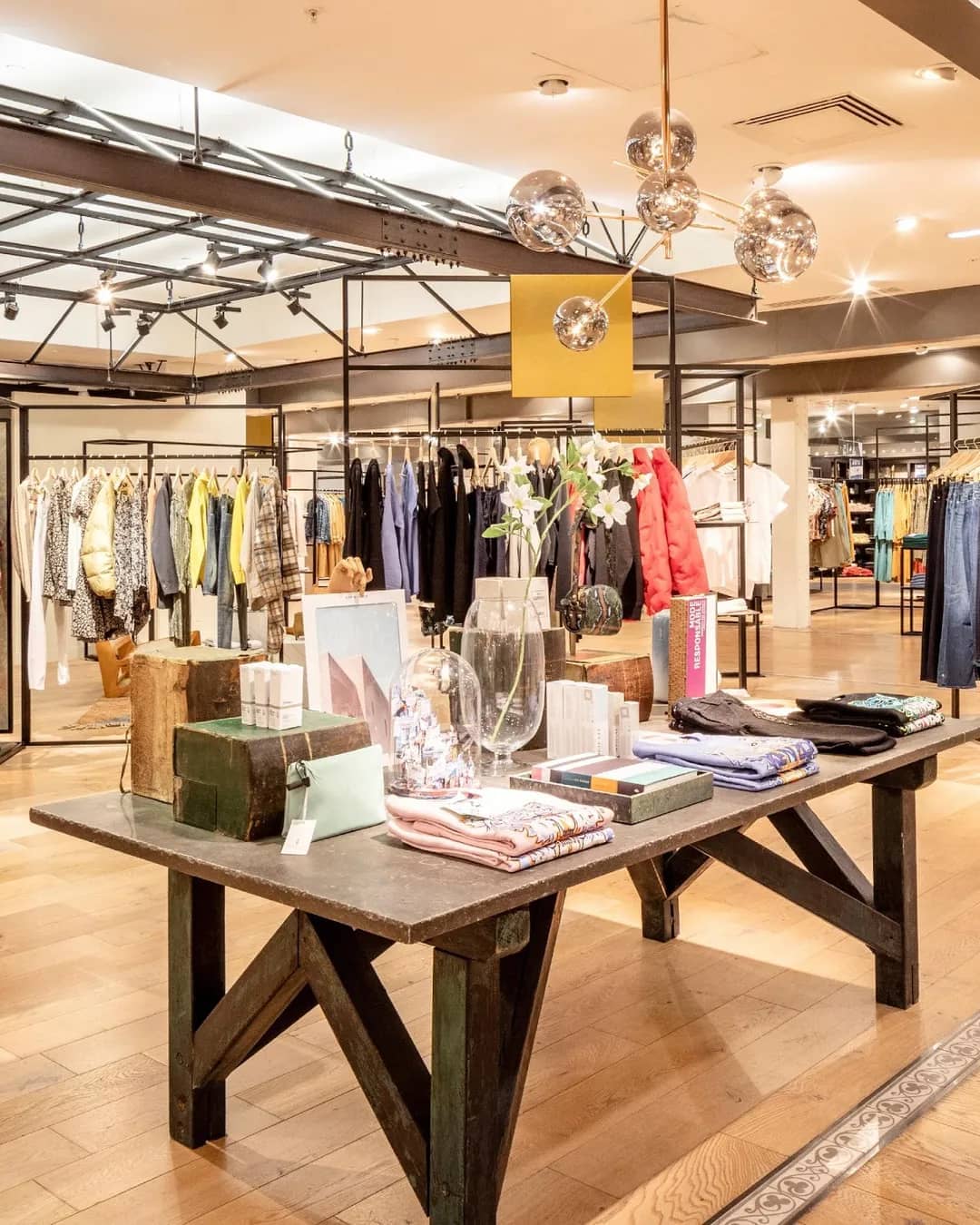
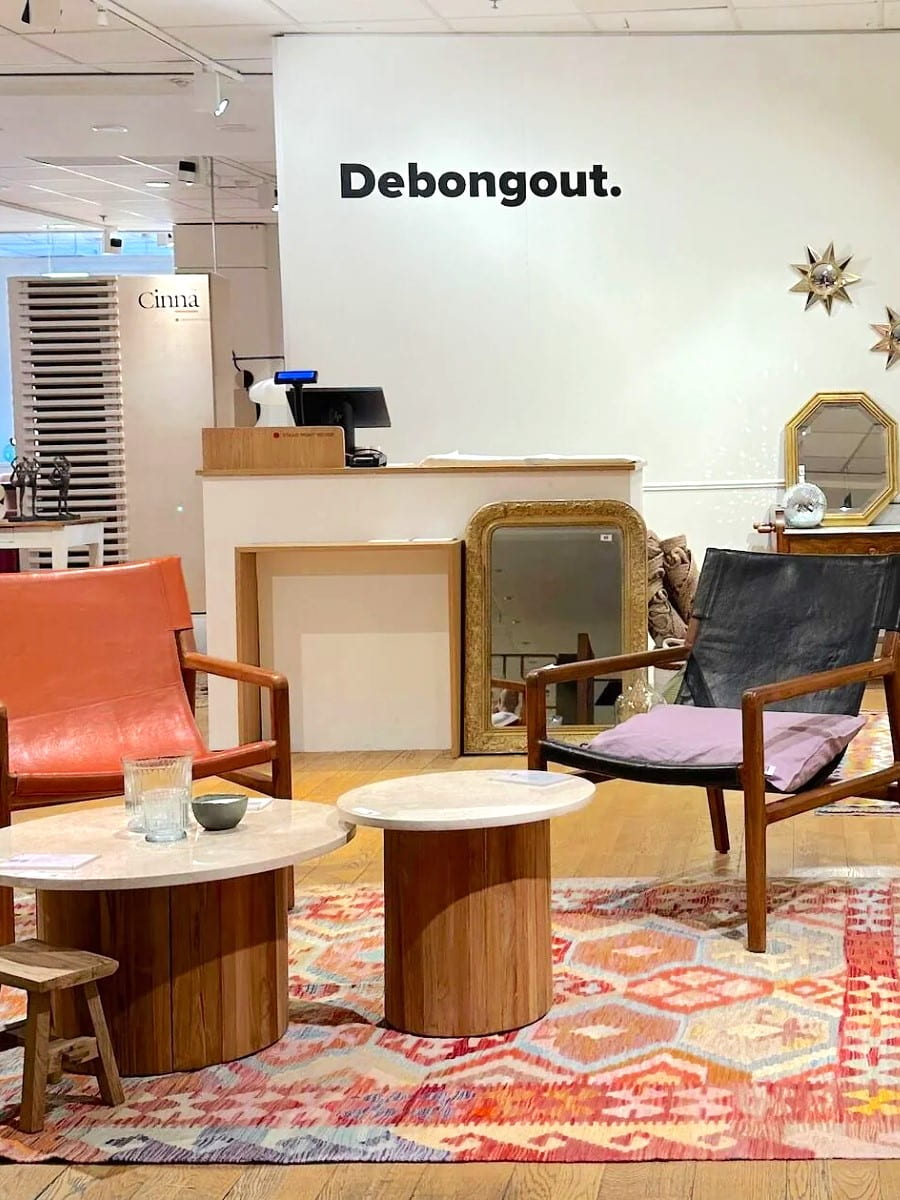
Fashion focus. The upper floors house an excellent selection of French and international fashion brands. I found the price range refreshingly diverse, from accessible labels like Comptoir des Cotonniers to luxury designers. The fifth-floor men’s department was recently renovated and offers a particularly good selection.
Rooftop rewards. After shopping, I recommend heading to the sixth-floor restaurant Le Perchoir BHV for spectacular views over Paris rooftops. Their cocktails (€12-15/$13-16.30) aren’t cheap, but the panorama of Hôtel de Ville and beyond justifies the splurge.
Shopping strategy. BHV can be overwhelming, so I focus on departments offering uniquely French products. The stationery section stocks beautiful Clairefontaine notebooks, the home department carries distinctive Parisian-style housewares, and the gourmet food section offers packable French specialties.
- Must-visit departments: Hardware basement, stationery, French fashion brands, home goods
- Best souvenirs: Opinel knives (€12-25/$13-27.20), Parisian-style enamel house numbers, French school supplies
- Opening hours: Monday-Saturday 9:30am-8pm, Sunday 11am-7pm (only certain departments)
Things to Do in Le Marais with Kids
1. Jardin des Archives Nationales
Secret garden. I stumbled upon this hidden green space behind the imposing National Archives building and immediately wished I’d discovered it sooner. Unlike the manicured formality of many Parisian parks, this garden offers a more relaxed atmosphere perfect for families.
Historical playground. My nephew was thrilled by the playground equipment thoughtfully integrated among historical elements. The garden preserves fragments of the original medieval monastery wall, creating a unique play space where history and fun coexist.
Nature lessons. What surprised me was the garden’s biodiversity. The staff maintains informative signs about the plants and trees, turning a simple walk into an educational experience. We spotted several bird species and even some urban beehives tucked in a quiet corner.
Picnic perfect. Unlike some stricter Parisian gardens, picnicking is welcome here. I spread out our lunch on one of the many benches while watching local families and children from nearby schools enjoy their outdoor time away from tourist crowds.
Visitor details. The garden is free to enter and typically open 8am-7pm (shorter hours in winter). It’s closed on major holidays and during severe weather. The entrance can be tricky to find—look for the gate at 60 Rue des Francs-Bourgeois.
- Best features: Medieval wall fragments, modern playground, botanical displays
- Nearby refreshments: Paul bakery on Rue des Archives for quick sandwiches (€5-7/$5.40-7.60)
- Seasonal highlight: The rose garden blooms spectacularly in May and June
2. Ice Cream at Pozzetto or Amorino
Gelato heaven. I’ve conducted extensive “research” to confirm that Le Marais offers some of Paris’s finest ice cream. Pozzetto, a tiny Italian gelateria on Rue du Roi de Sicile, creates the most authentic gelato I’ve found outside Italy. Their pistachio flavor (€4.50/$4.90 for two scoops) uses real Sicilian nuts for an intensity that had me closing my eyes in appreciation.
Flower cones. Just a few streets away, Amorino serves their signature flower-shaped scoops that are as beautiful as they are delicious. Kids’ eyes light up when handed these edible bouquets, with unlimited flavors in even the smallest size (€4.20/$4.60). The mango and dark chocolate combination is my personal favorite.
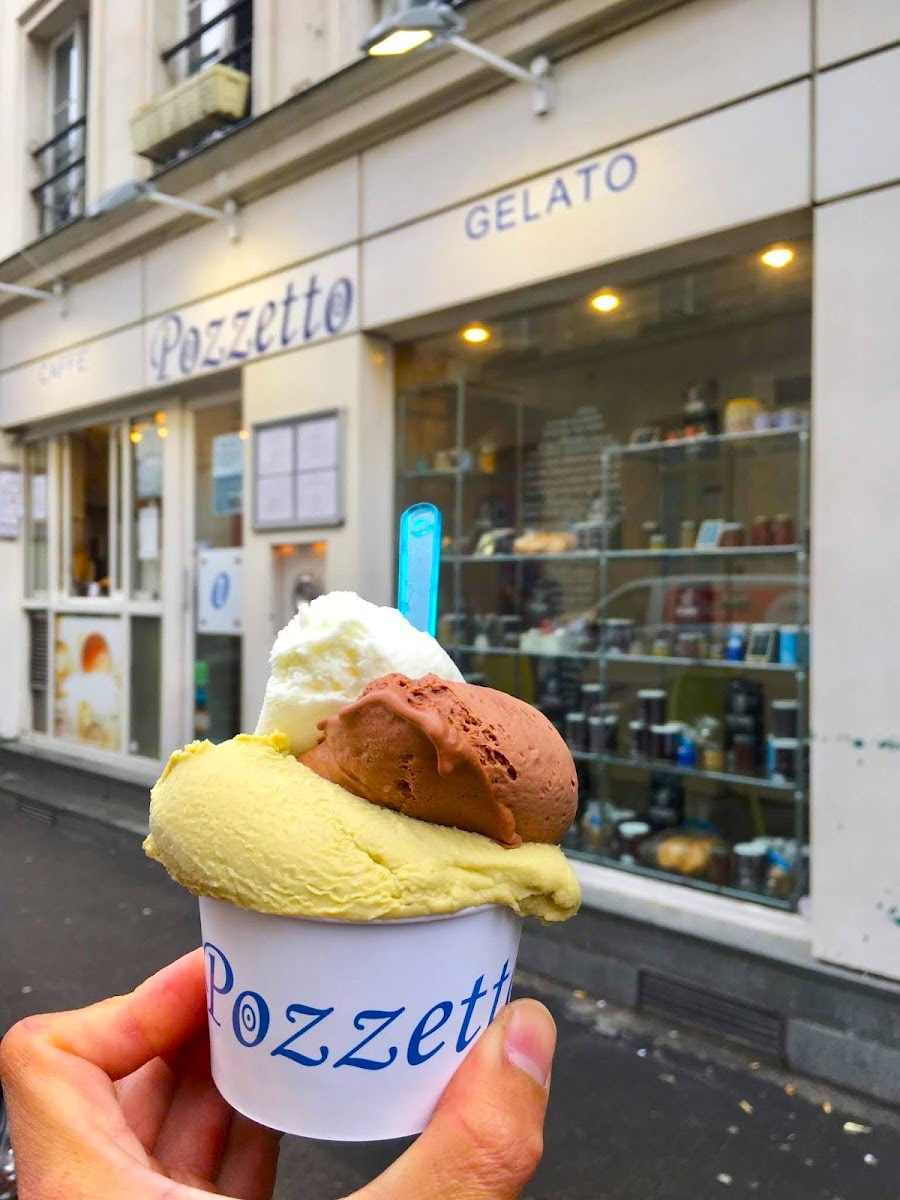
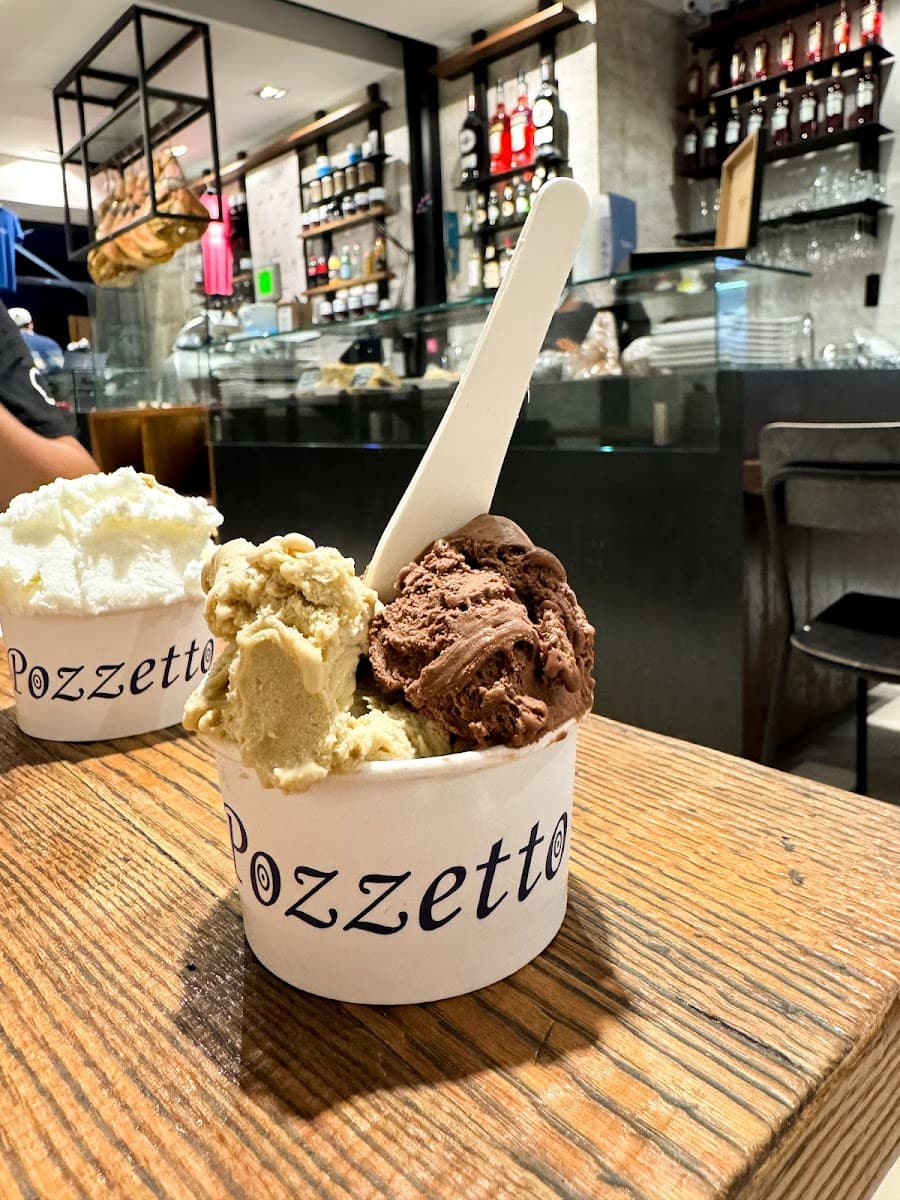
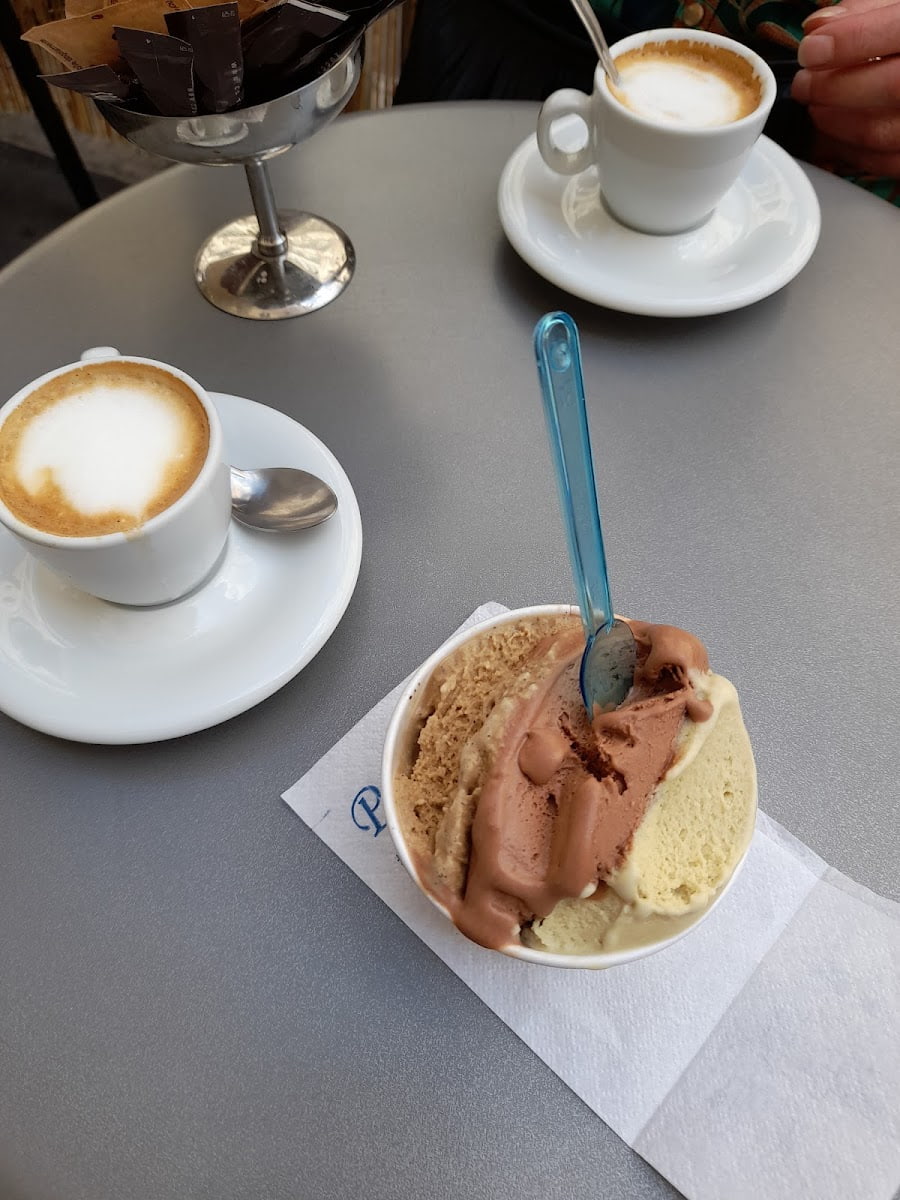
Seasonal specialties. Both shops rotate seasonal flavors that showcase the best fruits of the moment. I’ve enjoyed fig gelato in late summer at Pozzetto and lavender in July at Amorino—flavors that capture the essence of French seasons.
Sweet strategy. Lines can be long, especially at Amorino. My tip: visit Pozzetto for a more local experience with shorter waits, or hit Amorino before noon to beat the crowds. Both shops are open daily, typically from 11am until late evening.
Kid-friendly extras. What makes these spots perfect for families is their patience with indecisive young customers. Both offer tiny tasting spoons to help children make their important flavor decisions, and Amorino’s macaron-topped cones (extra €1/$1.10) are a hit with kids.
- Best flavors at Pozzetto: Pistachio, fior di latte, hazelnut
- Best flavors at Amorino: Mango, nocciola, speculoos
- Alternative sweet treat: Gelato-filled brioche at Pozzetto (€6.50/$7.10)
3. Hidden Courtyards & Medieval Streets
Time travel. Walking through Le Marais with my young cousins became a magical treasure hunt as we searched for hidden courtyards behind unassuming doorways. These secret spaces reveal the medieval heart of Paris that survived Haussmann’s 19th-century renovations.
Courtyard quest. I turned our exploration into a game, looking for partially open doors (marked “entrée libre” during daytime) that lead to architectural surprises. The courtyard at 7 Rue de Sévigné revealed a magnificent 17th-century mansion with ornate stonework that had the kids gasping in wonder.
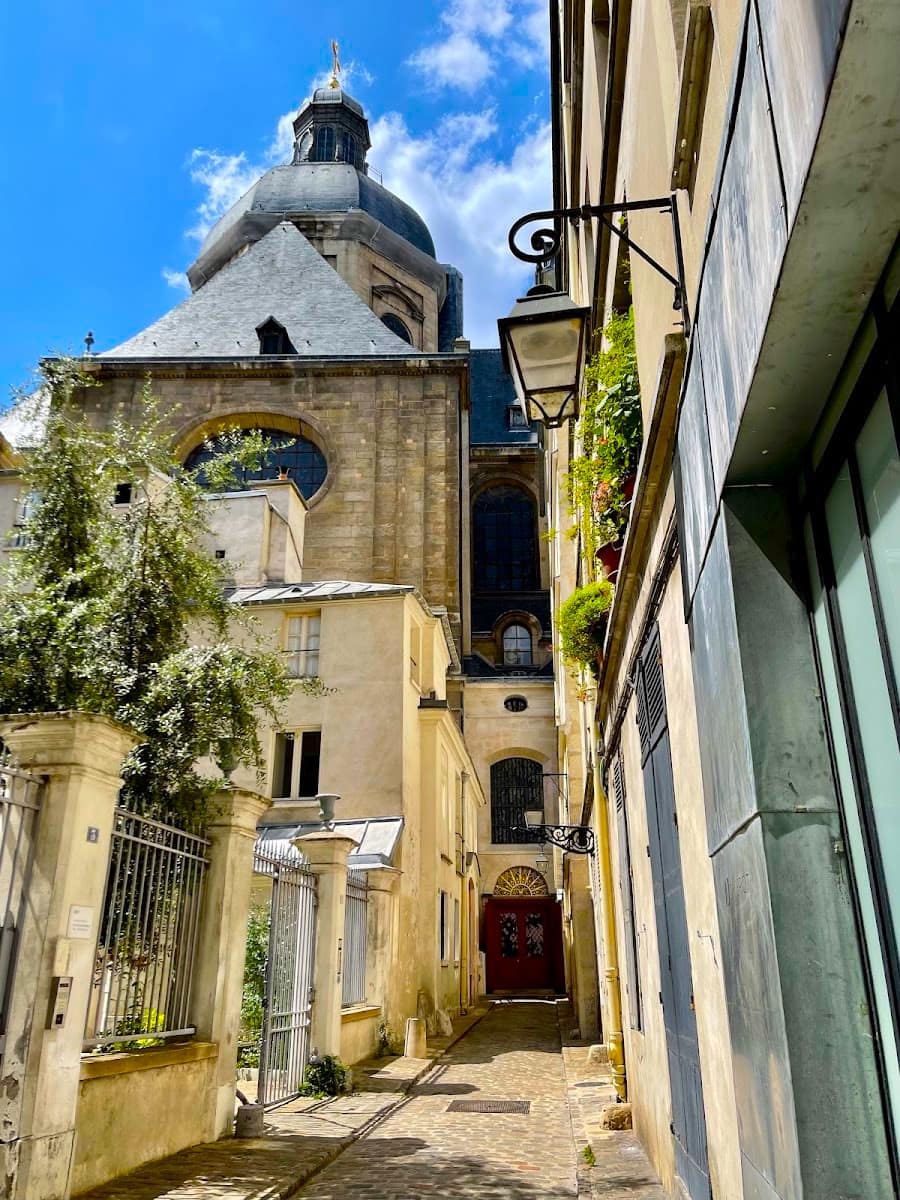
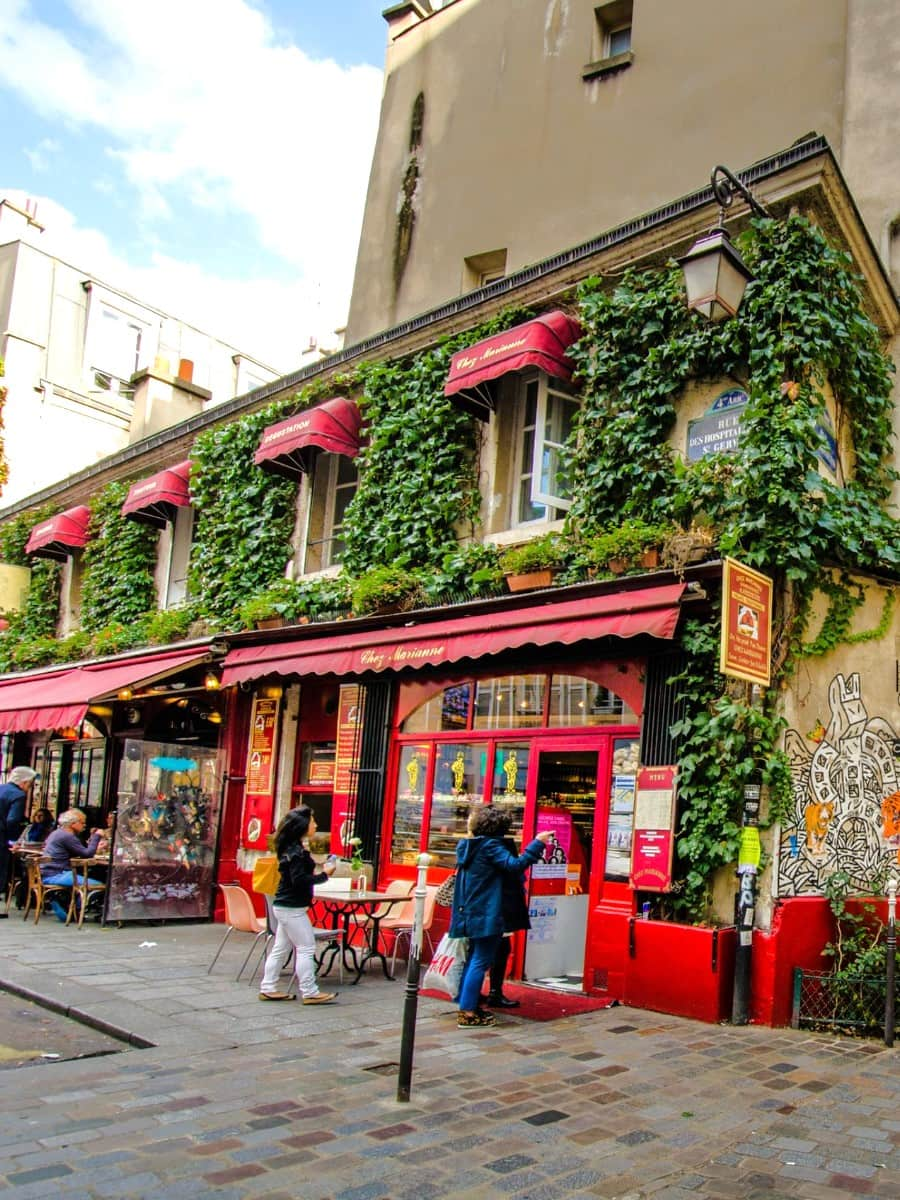
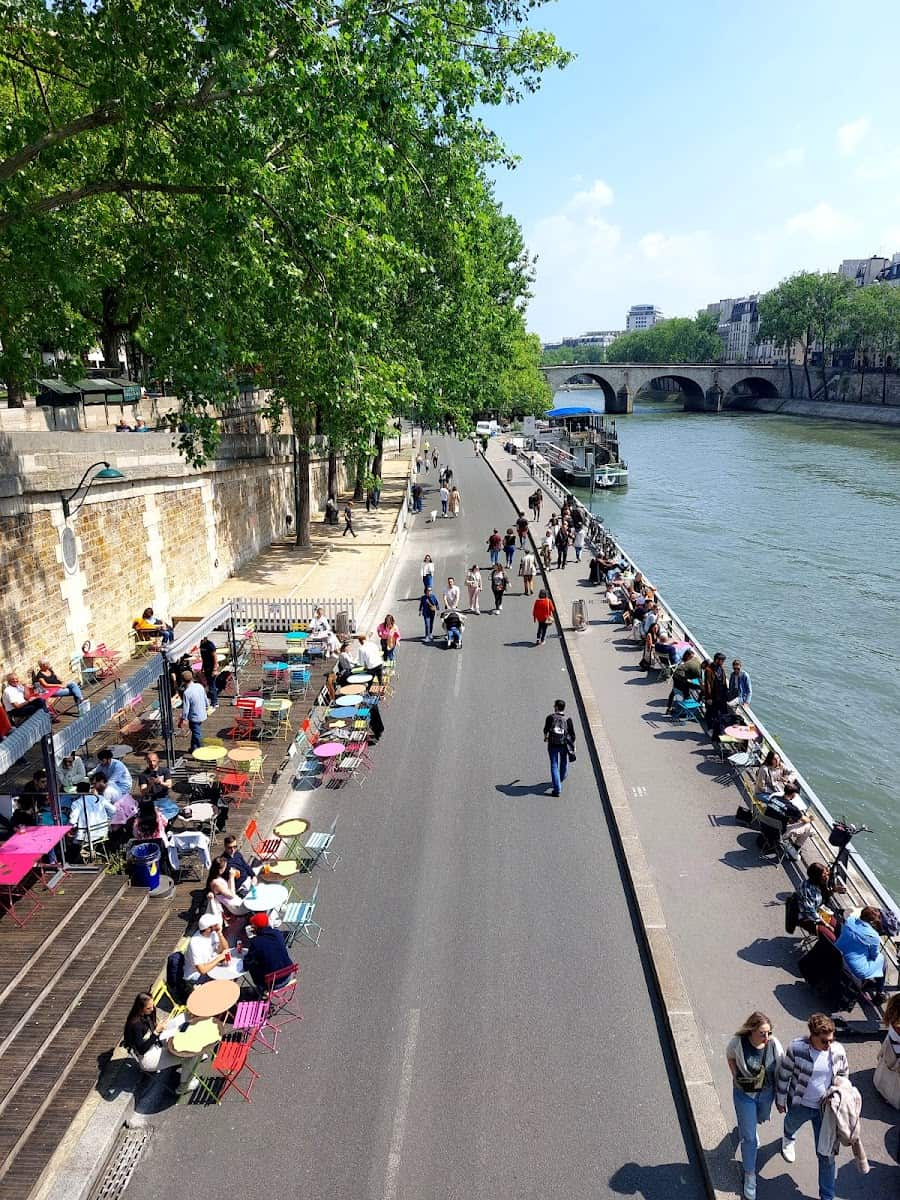
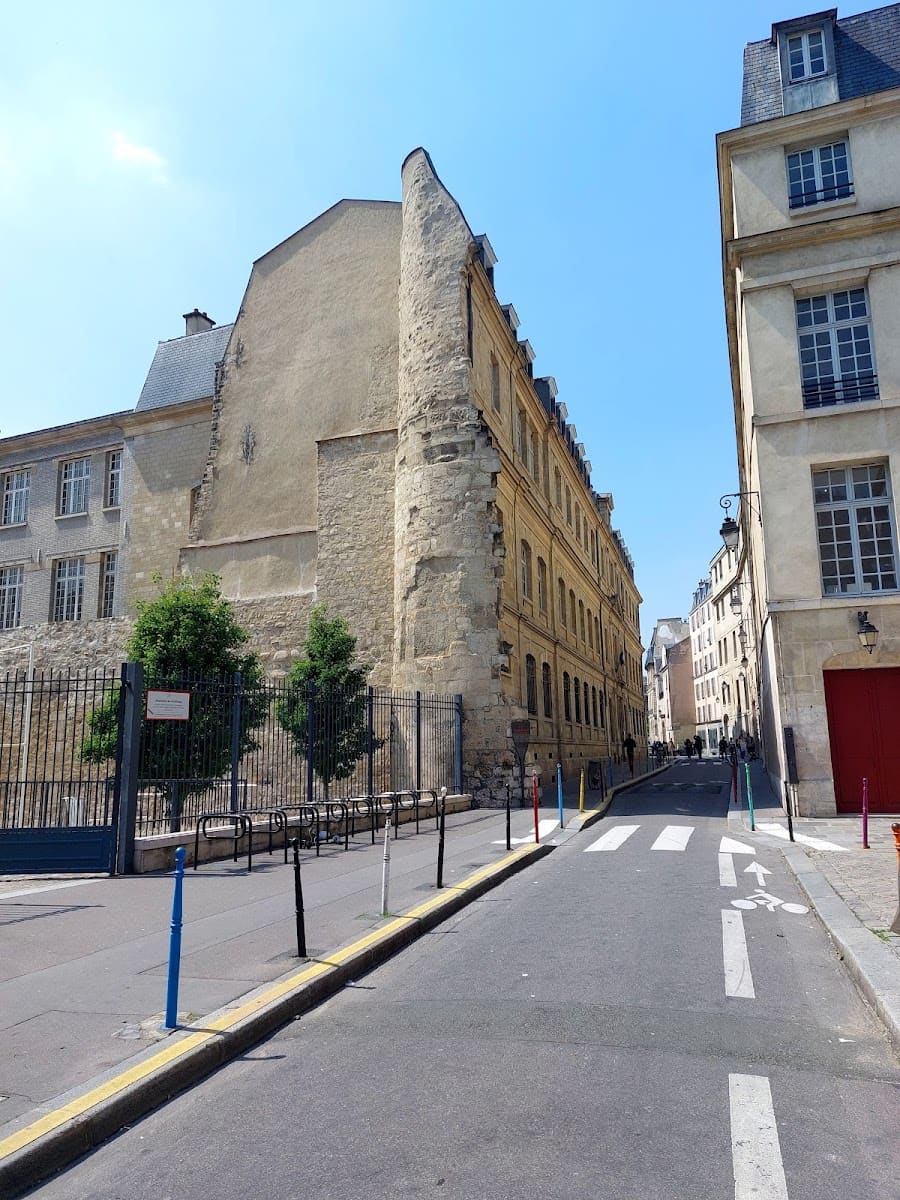
Narrow discoveries. The medieval street pattern of Le Marais creates a natural maze that children love navigating. Rue des Rosiers and Rue des Écouffes are narrow enough that cars can’t dominate, making them safe for family exploration. The kids enjoyed spotting old street signs and imagining life centuries ago.
Village Saint-Paul. This network of interconnected courtyards and passages became our favorite discovery. Entering from 21 Rue Saint-Paul, we found ourselves in a quiet village-like setting with antique shops, art studios, and small fountains. The shopkeepers were surprisingly welcoming to curious children.
Explorer’s kit. I recommend bringing a simple “explorer’s kit” for kids: a small notebook for rubbings of interesting textures, a magnifying glass for examining details, and a camera for documenting discoveries. This transforms a simple walk into an adventure.
- Best courtyards: Hôtel de Sully (62 Rue Saint-Antoine), Village Saint-Paul, Hôtel Salé (Picasso Museum)
- Most atmospheric streets: Rue des Barres, Rue Charlemagne, Rue du Prévôt
- Kid-friendly pit stop: La Droguerie du Marais for colorful buttons and craft supplies
Free Things to Do in Le Marais
1. Stroll Place des Vosges Gardens
Royal retreat. I love that Paris’s oldest planned square costs absolutely nothing to enjoy. The symmetrical garden at its center offers perfectly framed views of the surrounding uniform facades, creating a sense of harmony that’s rare in urban spaces.
Fountain meditation. The four fountains marking the garden’s quadrants provide natural meeting points and soothing soundscapes. I’ve spent peaceful hours sitting beside the northwestern fountain, watching the play of light through the water while sketching or reading.
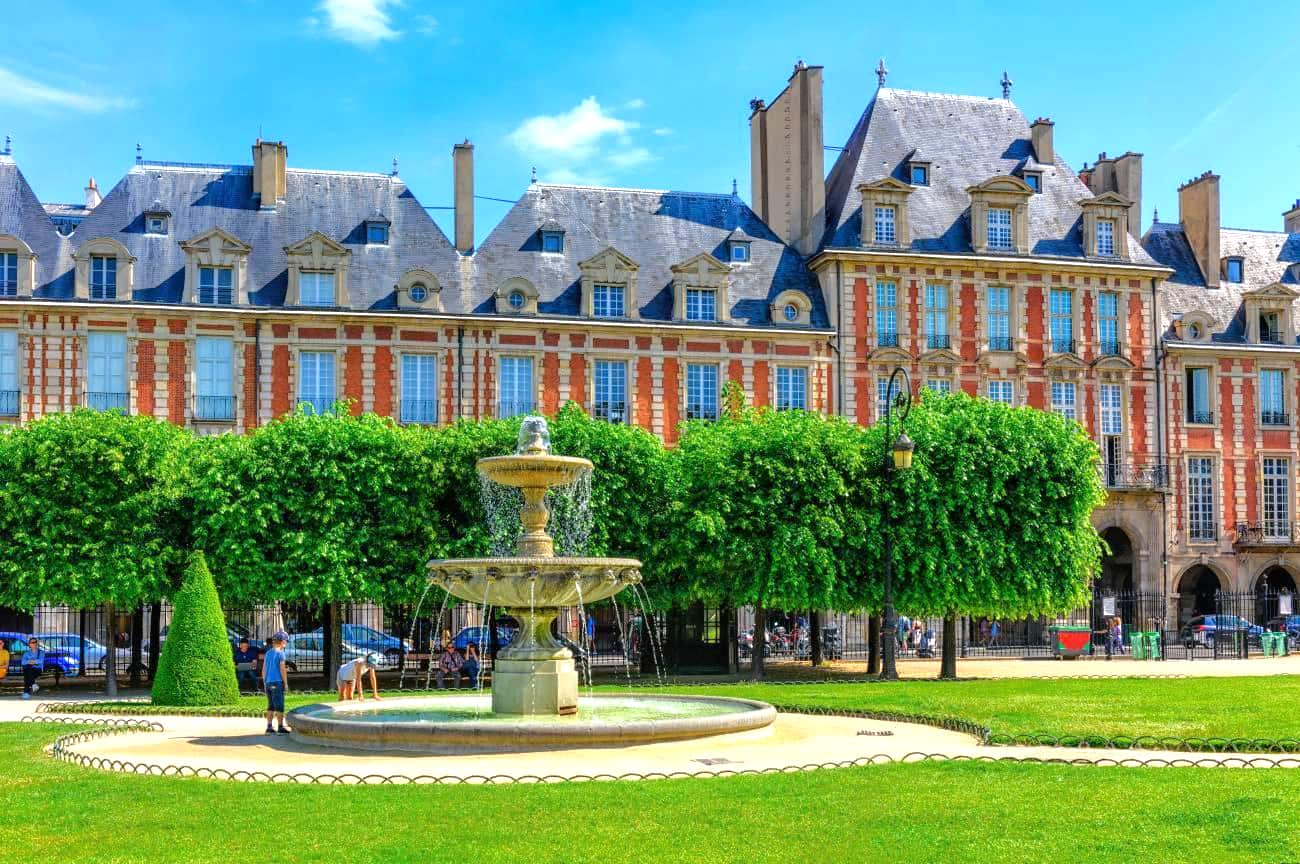
Architectural showcase. Walking the perimeter under the vaulted arcades, I appreciate the perfect proportions of this early 17th-century square. The consistent red brick and stone facades with steep slate roofs create a visual rhythm that exemplifies French classical design.
Local life. What makes this space special is how it’s used by Parisians. I’ve watched impromptu music performances, picnicking families, and artists capturing the scene. It feels like a community living room rather than a tourist attraction.
Seasonal beauty. Each visit reveals the garden in a different light. Spring brings chestnut blossoms, summer offers shade under mature trees, autumn creates a carpet of golden leaves, and winter reveals the elegant structure of bare branches against the architecture.
- Best entrances: The pavilions at the center of each side of the square
- Perfect picnic supplies: Cheese from Fromagerie Laurent Dubois (97 Rue Saint-Antoine)
- Artistic inspiration: Bring a sketchbook to capture the classical proportions
2. Window Shopping in Boutiques
Fashion fantasy. I’ve perfected the art of lèche-vitrine (literally “window licking”) in Le Marais’s fashion-forward boutiques. The creative window displays along Rue des Francs-Bourgeois and Rue Vieille du Temple offer a free education in current Parisian style trends.
Concept store browsing. Merci on Boulevard Beaumarchais has become my favorite browsing destination. Their three floors of carefully curated fashion, home goods, and stationery can be enjoyed without spending a cent. Their used-book café allows you to sip an affordable coffee (€3/$3.25) while flipping through their collection.
Design inspiration. The home design stores scattered throughout Le Marais showcase the best of French interior aesthetics. Fleux’ on Rue des Francs-Bourgeois displays innovative lighting and furniture pieces that have inspired my own home decorating projects.
Artisanal crafts. I love discovering the workshops of craftspeople who still practice traditional methods. The knife maker at La Coutellerie de Paris on Rue Saint-Paul welcomes curious visitors to observe the meticulous process of blade sharpening and handle crafting.
Shopping strategy. For the most relaxed browsing experience, I recommend visiting on weekday mornings when shops first open. Many boutiques are also open on Sundays in this neighborhood, unlike other parts of Paris.
- Best window displays: Ofr Bookshop, The Broken Arm, Merci
- Most unique concept stores: Merci, The Broken Arm, Tom Greyhound
- Artisanal workshops: La Coutellerie de Paris, Pep’s Umbrella Repair
3. Admire Street Art & Murals
Urban gallery. I’ve discovered that Le Marais offers some of Paris’s most exciting street art, transforming ordinary walls into extraordinary canvases. The ephemeral nature of these works means each visit brings new surprises as artists continually refresh the neighborhood’s visual landscape.
Hidden masterpieces. My favorite hunting ground is Rue Denoyez, just at the edge of Le Marais, where every surface is covered in colorful expressions. I’ve photographed everything from politically charged murals to whimsical characters peering from unexpected corners.
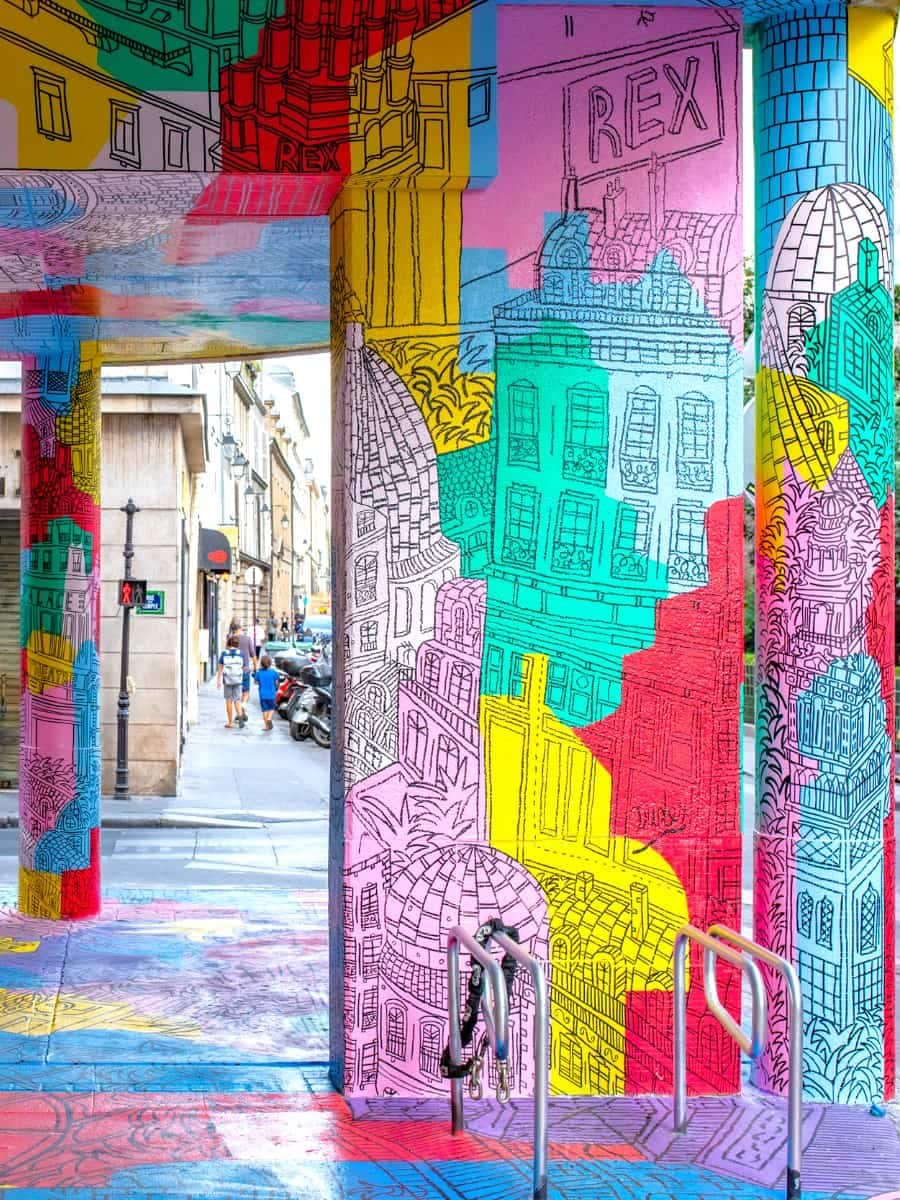

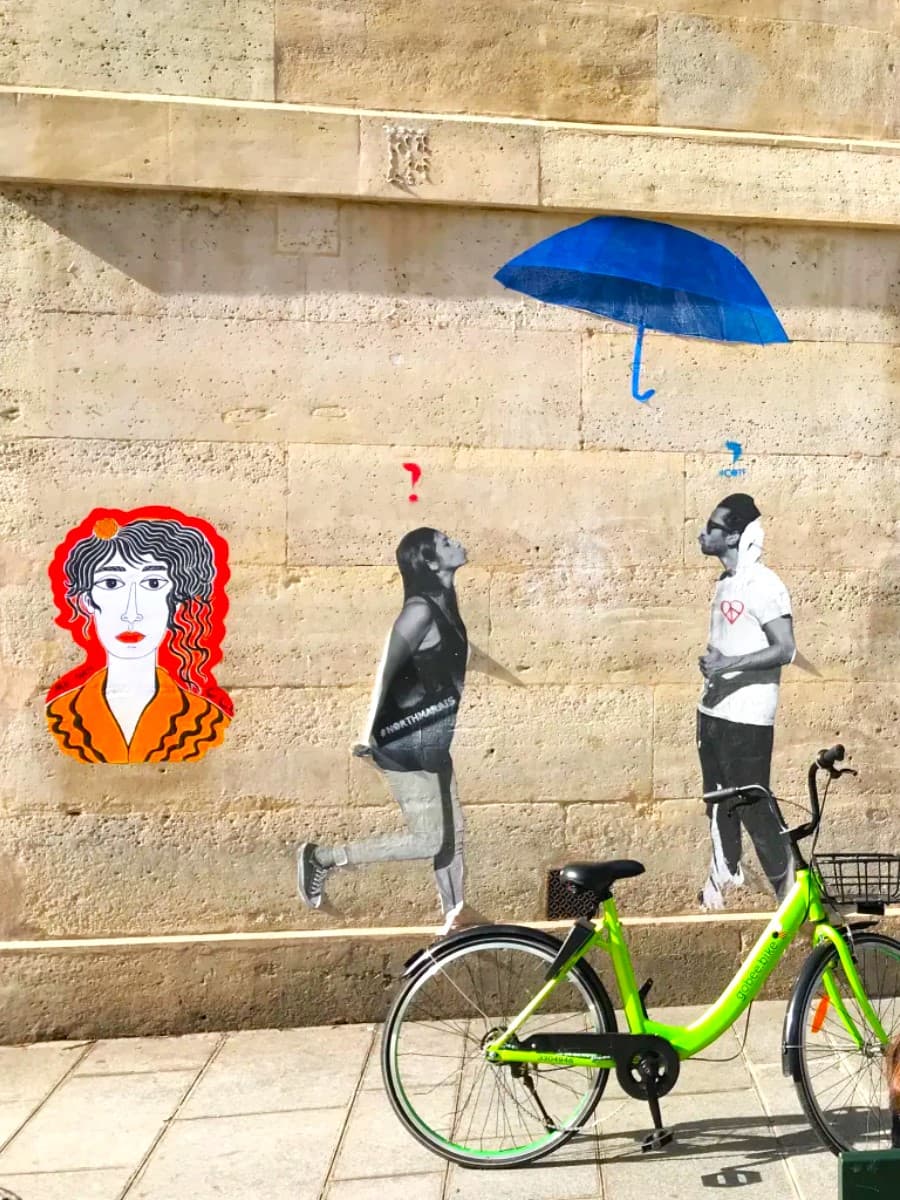
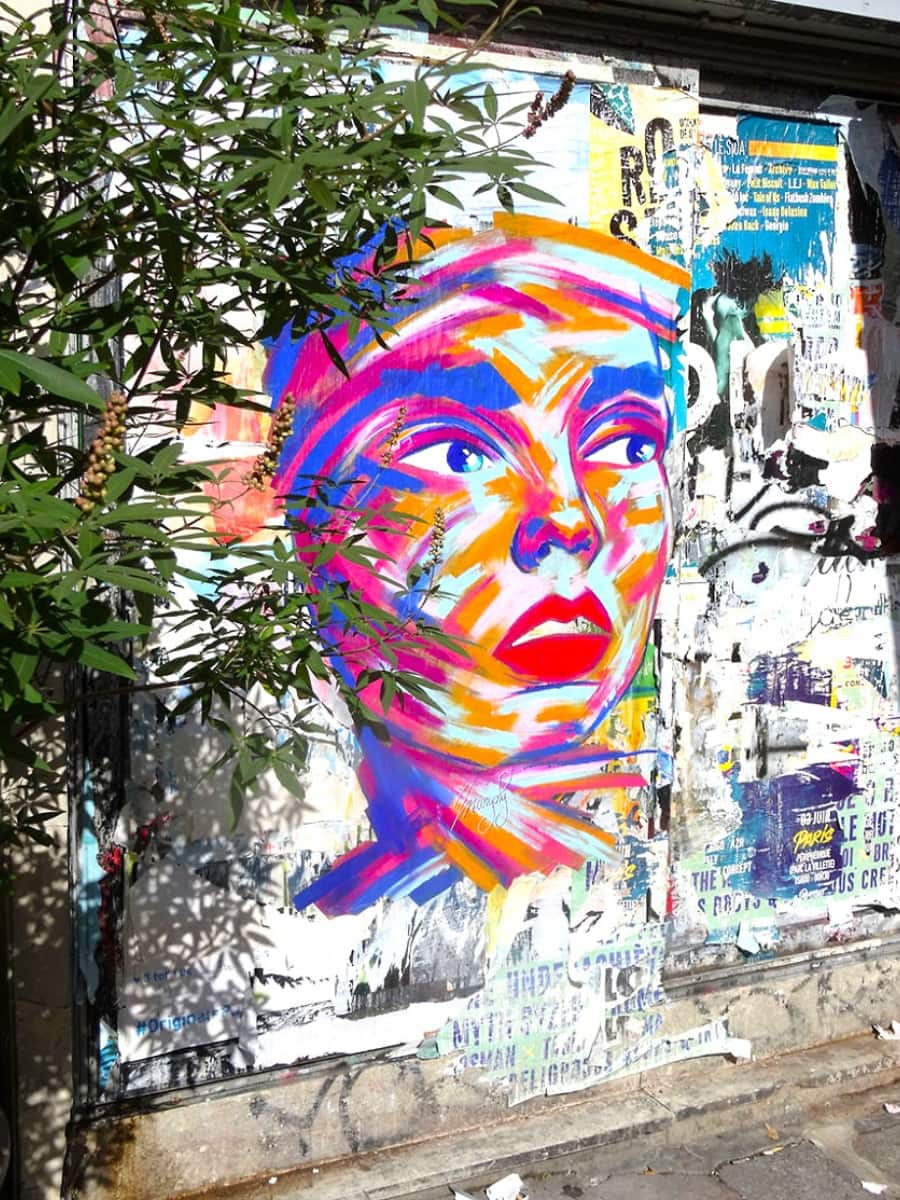
Paste-up alley. The small passage off Rue Quincampoix has become an unofficial gallery for paste-up art, where artists affix paper works to walls. The density of images creates a layered effect that rewards close inspection—I’ve spent hours discovering tiny details within the larger compositions.
Street art tours. While guided tours cost money, I’ve created my own free route connecting major works. Starting at Place Igor Stravinsky (beside Centre Pompidou) with its playful Niki de Saint Phalle sculptures, I follow Rue Beaubourg north, then zigzag east through the small streets where street artists work.
Photography tips. The best light for photographing street art comes in the early morning or late afternoon when shadows add dimension to the works. I always carry a small notebook to record the locations of favorite pieces that might disappear on my next visit.
- Street art hotspots: Rue Denoyez, Passage Molière, walls around Centre Pompidou
- Famous artists to spot: Miss.Tic, Invader, Seth Globepainter
- Best photography angles: Wide shots showing context, close-ups of intricate details
Seasonal Activities in Le Marais
Christmas in Le Marais
Festive transformation. Le Marais takes on a magical quality during the holiday season. I was enchanted by the elegant light installations along Rue des Francs-Bourgeois, where minimalist golden stars and snowflakes create a sophisticated alternative to the more flashy displays elsewhere in Paris.
Boutique Christmas. Unlike the massive Christmas markets at Tuileries or La Défense, Le Marais offers intimate holiday shopping experiences. The Village Saint-Paul hosts a charming artisanal Christmas market (December 5-24) where I found unique handcrafted gifts from local designers—much more special than mass-produced souvenirs.
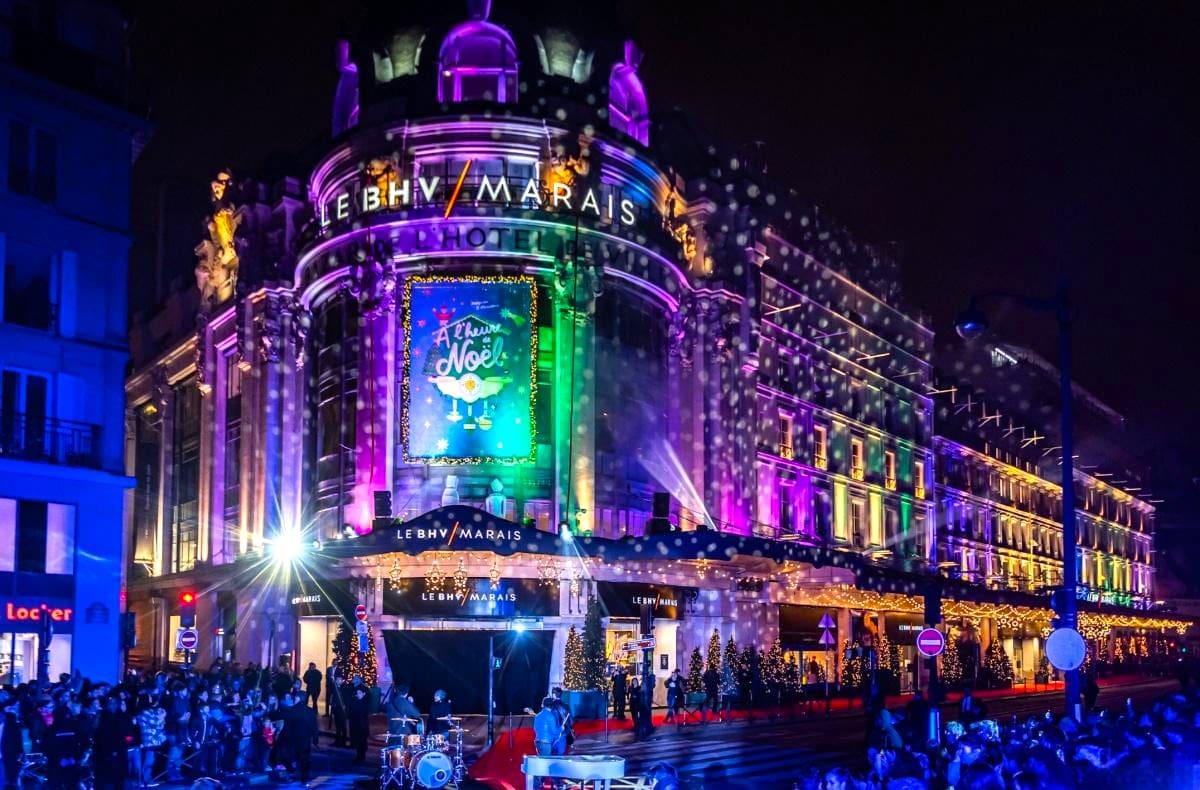
Sweet traditions. The neighborhood’s patisseries compete for the most spectacular holiday creations. I make an annual pilgrimage to Jacques Genin for their marrons glacés (candied chestnuts at €12/$13 per 100g) and to Yann Couvreur for his reimagined bûche de Noël (Christmas log cake from €45/$49 for 6 people).
Winter warming. When the December chill sets in, I duck into BHV department store not just for shopping but for warmth! Their holiday decorations transform the entire building, and the top floor café offers a cozy spot to rest with hot chocolate (€5.50/$6).
Festive schedule. Most Christmas activities run from late November through early January. The BHV Marais unveils its window displays in mid-November (a major local event), while the Village Saint-Paul market operates December 5-24, 11am-7pm daily.
- Best holiday shopping: BHV Marais department store, Village Saint-Paul Christmas market
- Must-try seasonal treats: Marrons glacés at Jacques Genin, vin chaud at Place des Vosges
- Christmas Eve tradition: Midnight mass at Saint-Paul-Saint-Louis Church (December 24, doors open at 11pm)
Summer Festivals and Events
Paris Plages. The urban beach installation transforms the Seine’s banks just steps from Le Marais (July 8-August 21). I love grabbing a free lounge chair to sunbathe with a view of Notre-Dame, or joining the free evening dance lessons that attract a wonderful mix of locals and visitors.
Festival Paris l’Été. This summer festival brings performing arts to unexpected spaces throughout Paris, including several venues in Le Marais (July 10-30). I’ve watched contemporary dance in the courtyard of the Archives Nationales and experimental theater in Place des Vosges—many performances are free or offer pay-what-you-can options.
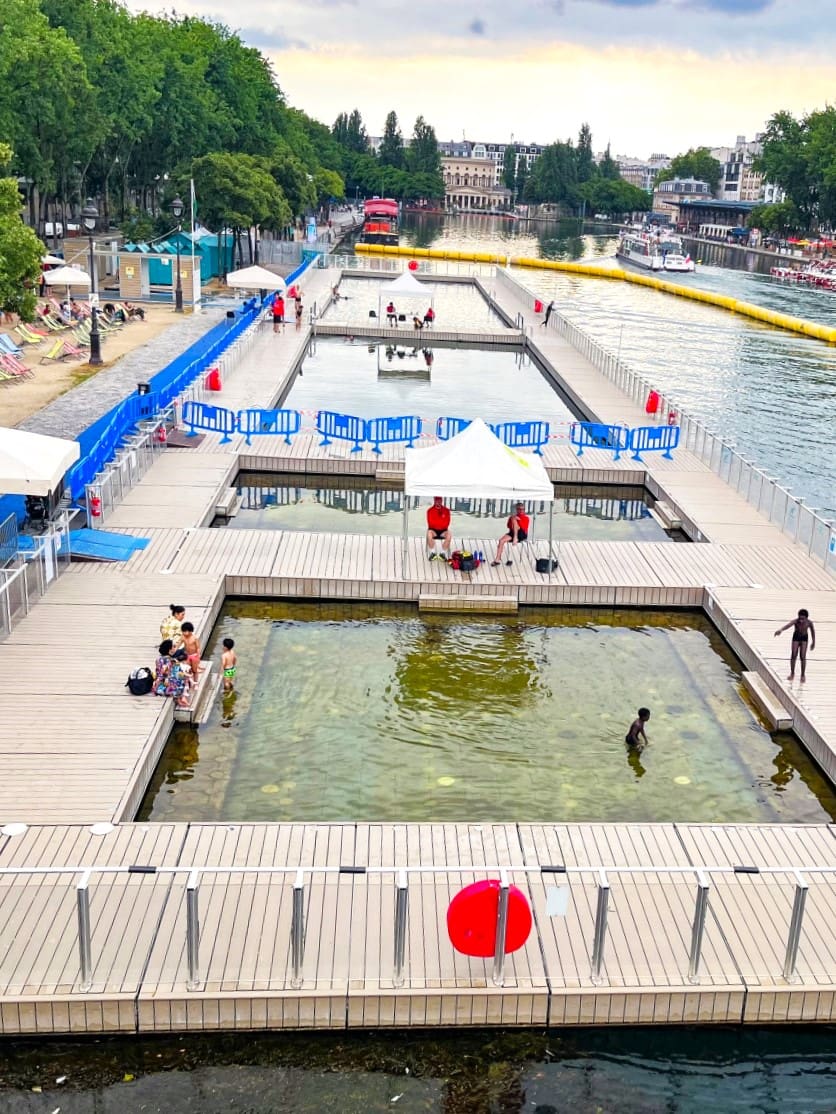
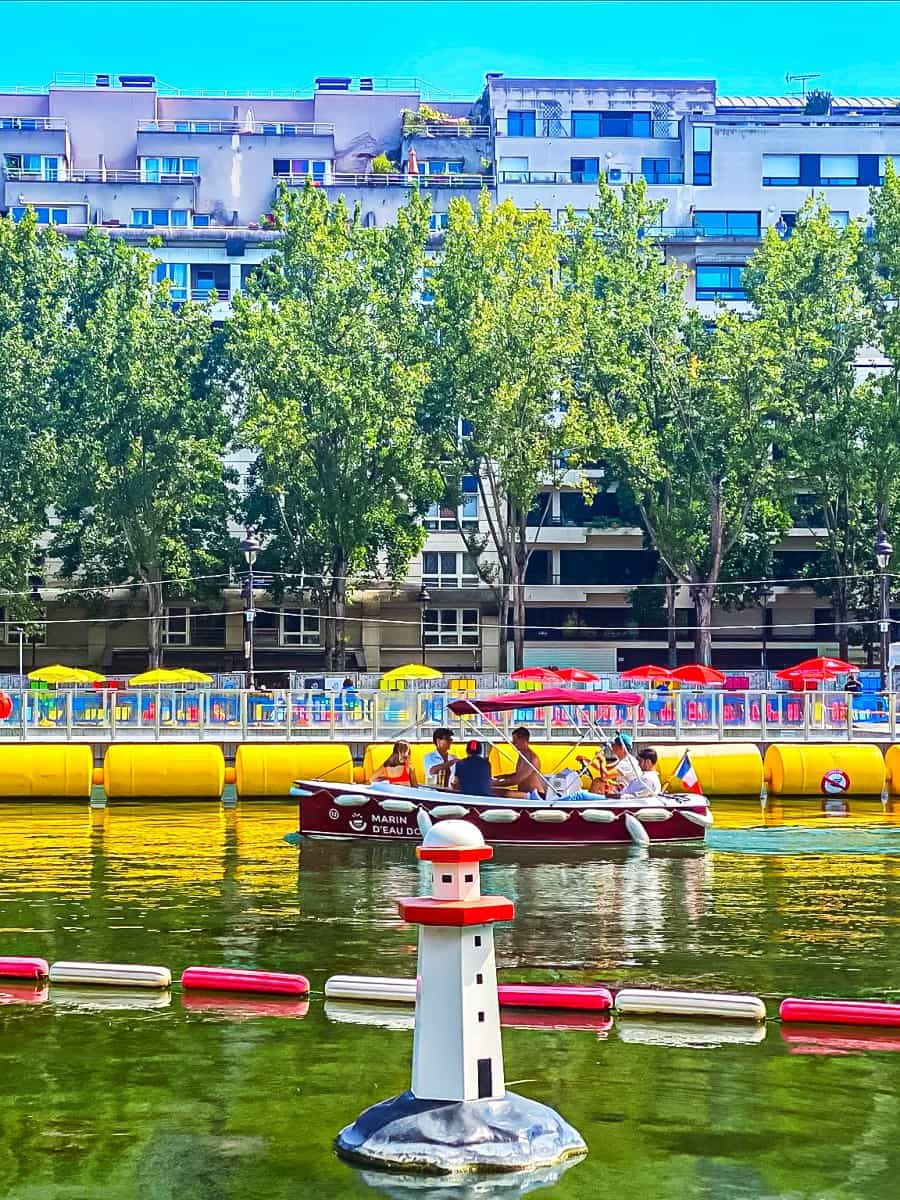
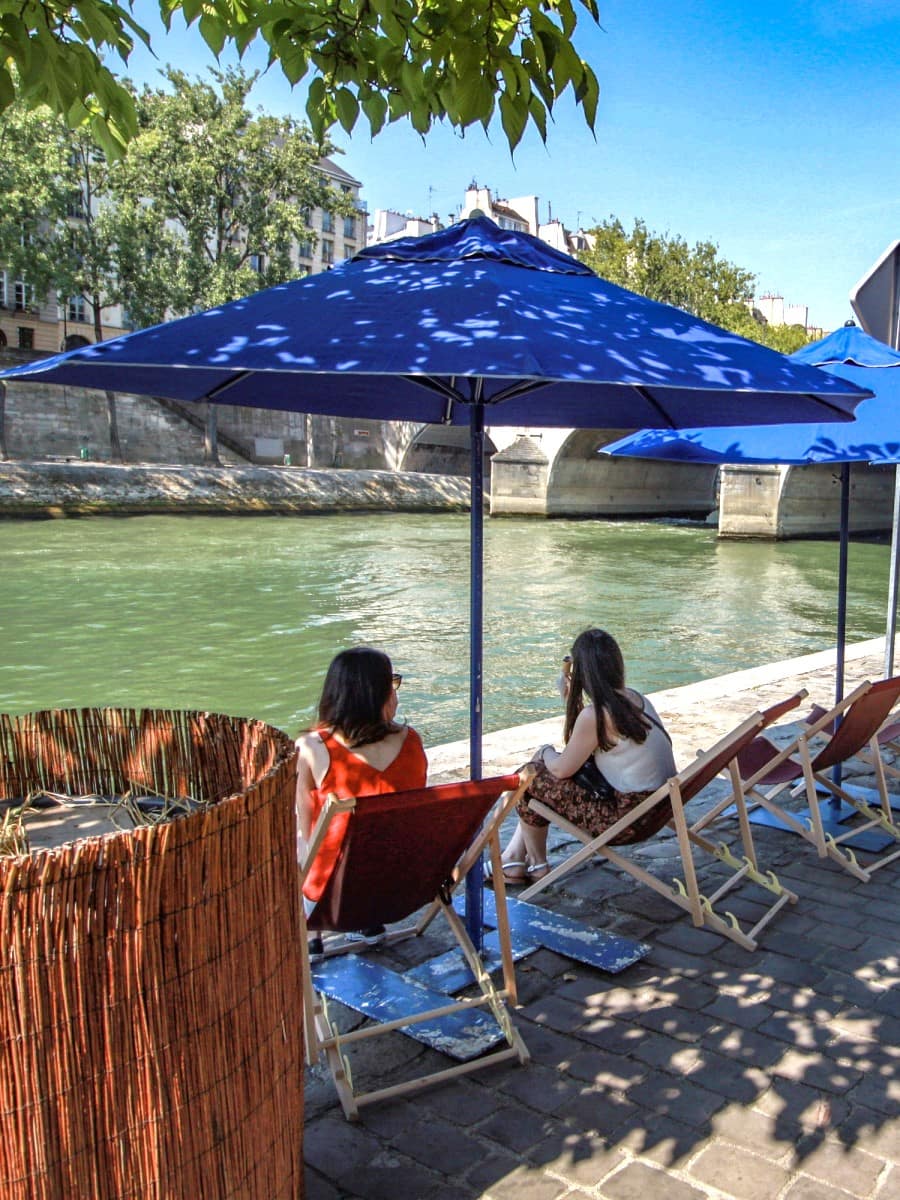
Marais street parties. The annual Fête de la Musique (June 21) turns every street into a concert venue. Le Marais becomes particularly lively, with impromptu performances spilling from cafés and bars. I follow the sounds that interest me, discovering new artists while enjoying the neighborhood’s festive atmosphere.
Gallery Nights. On the first Thursday of summer months (June-September), Le Marais galleries stay open late (until 10pm) for coordinated openings. I join the art crowd hopping between exhibitions, enjoying free wine and the chance to meet artists. The concentrated energy makes it the perfect introduction to the neighborhood’s art scene.
Summer schedule. Mark your calendar for these key dates: Fête de la Musique (June 21), Paris Plages (July 8-August 21), Festival Paris l’Été (July 10-30), and Gallery Nights (first Thursday of June, July, August, September).
- Best outdoor venues: Place des Vosges (classical concerts), Archives Nationales courtyard (contemporary performances)
- Free cultural events: Fête de la Musique (June 21), outdoor cinema at Place des Vosges (select dates in July)
- Evening art walks: Gallery Night (first Thursday monthly, June-September, 6-10pm)
Spring Blooms in Parisian Parks
Garden awakening. My favorite season in Le Marais is spring, when the neighborhood’s hidden gardens burst into color. The formal garden of Place des Vosges transforms as its symmetrical beds fill with tulips and daffodils, creating a renaissance painting come to life.
Cherry blossom hunting. I’ve mapped out the best cherry blossom spots in the neighborhood. The courtyard of the Swedish Institute on Rue Payenne offers spectacular pink blooms in late March, while the small garden behind Saint-Paul-Saint-Louis Church surprises with delicate white blossoms in early April.
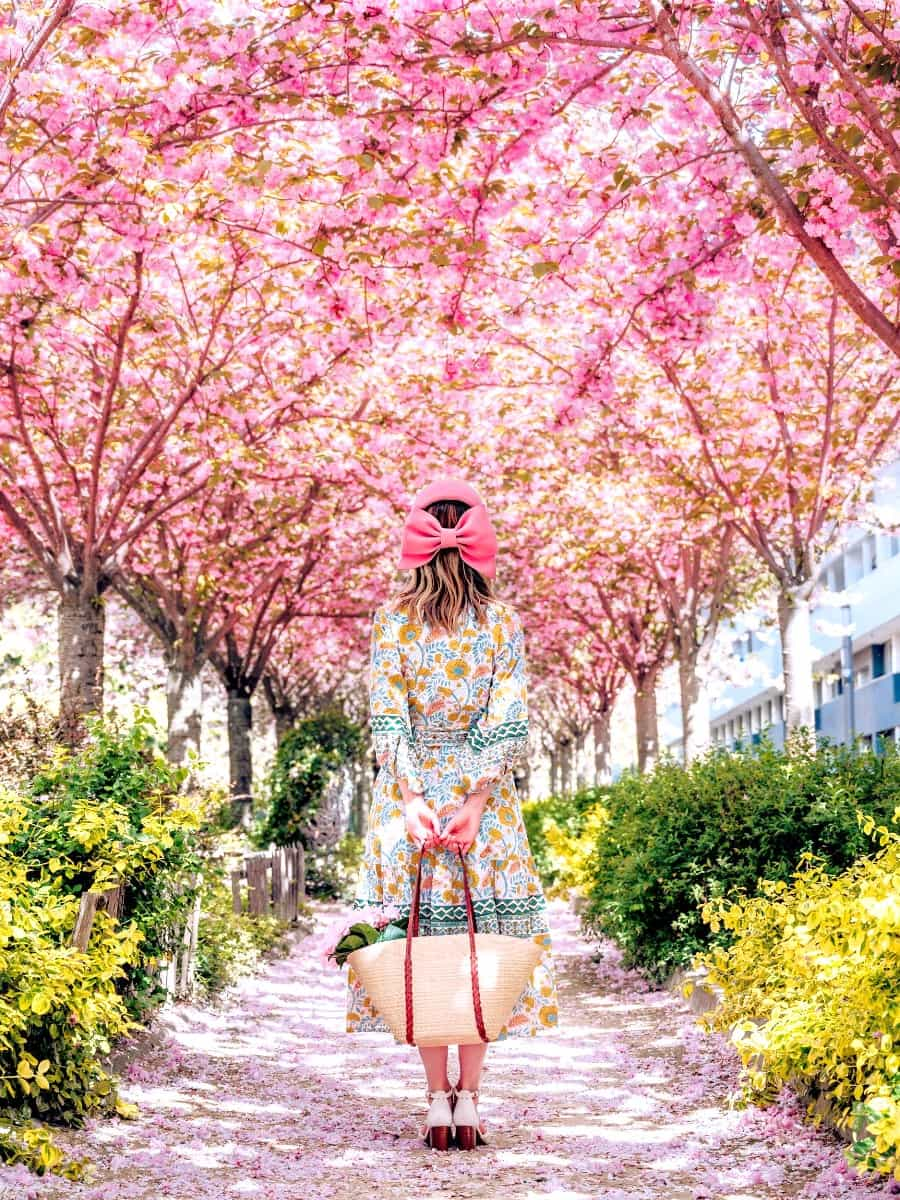
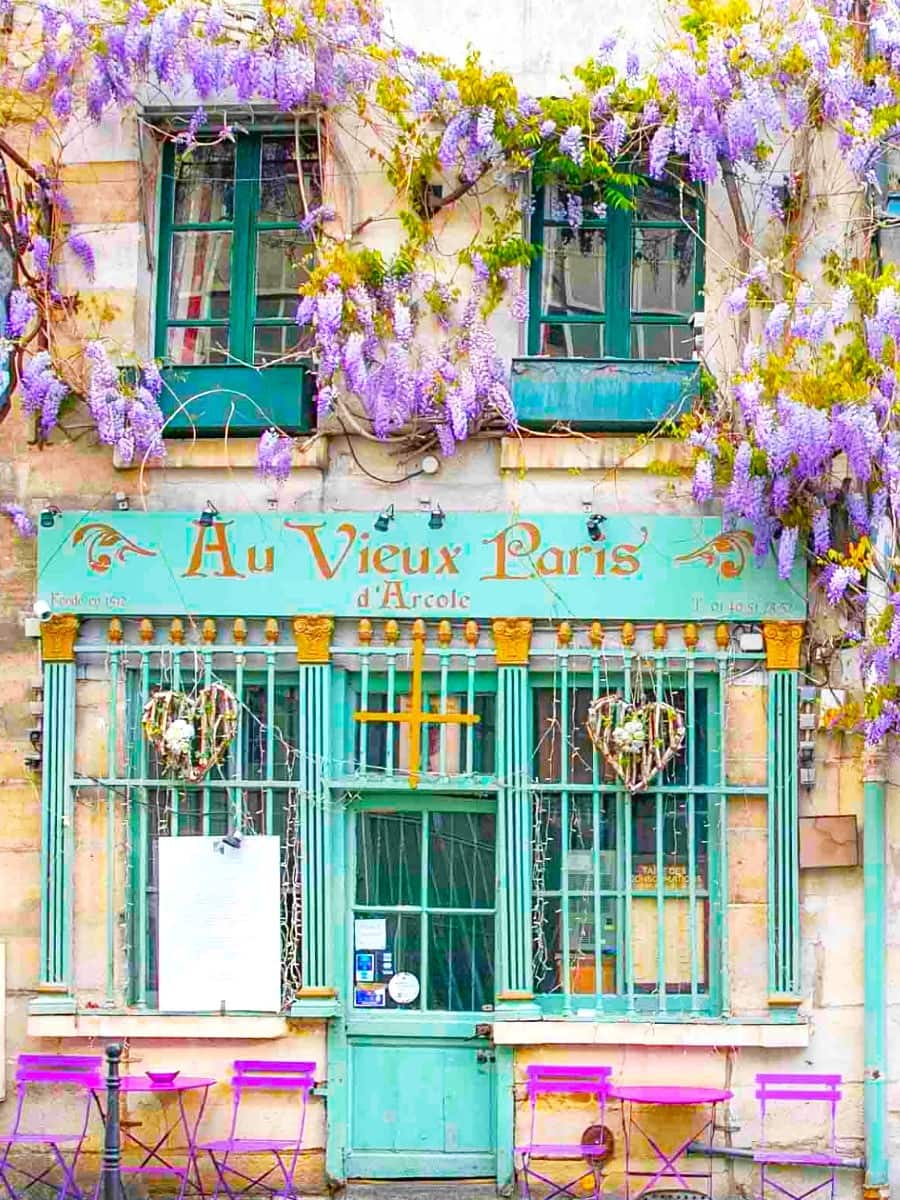
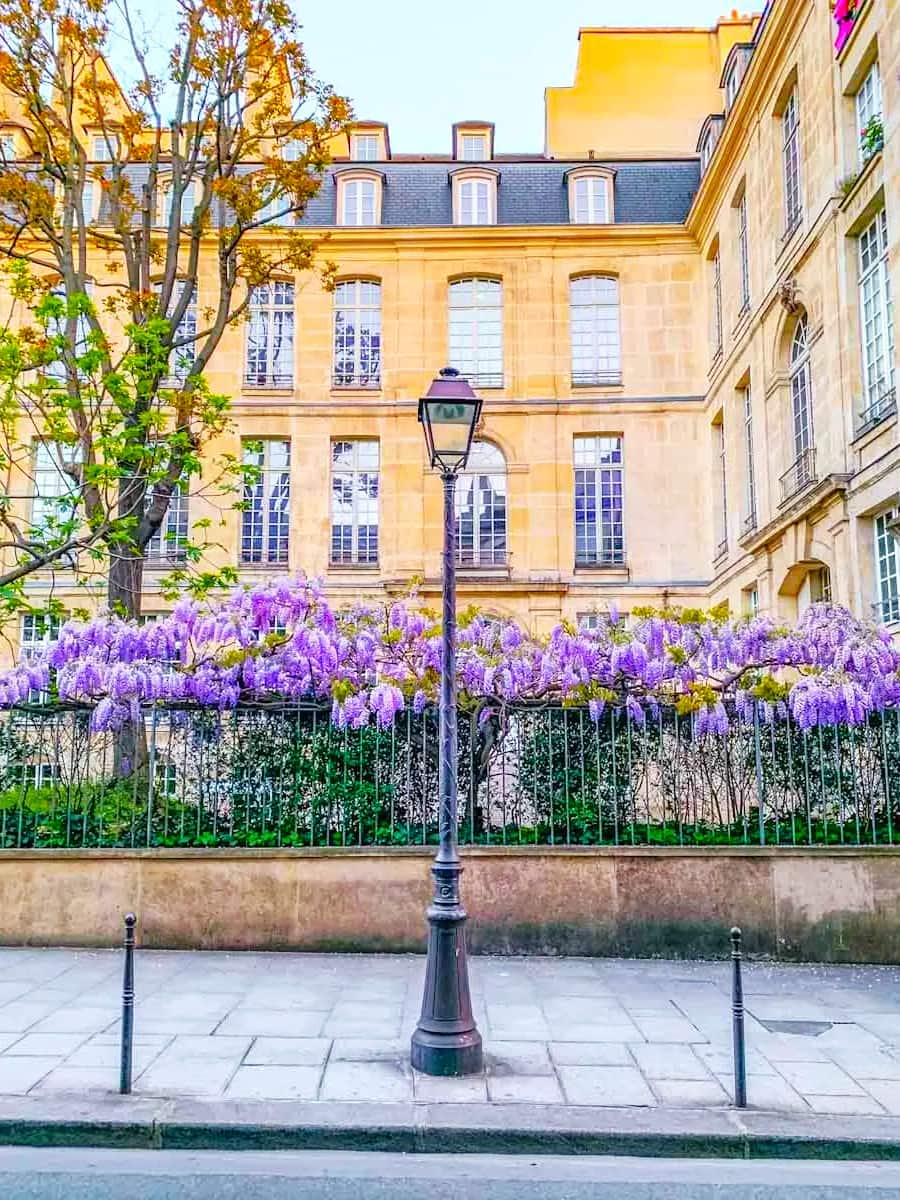
Archive gardens. The Jardin des Archives Nationales becomes a botanical showcase in spring. I love wandering among its heritage rose varieties and watching the ancient chestnut trees unfurl their leaves. The garden’s microclimate means flowers often bloom here slightly earlier than elsewhere in Paris.
Spring markets. The seasonal produce at Marché des Enfants Rouges reaches peak vibrancy in spring. I build picnic lunches from the first strawberries, tender asparagus, and fresh goat cheeses that appear at market stalls, then enjoy them in one of the neighborhood’s blooming gardens.
Bloom calendar. Nature’s timing varies yearly, but generally: magnolias (late March), cherry blossoms (early April), tulips and daffodils (mid-April), lilacs (late April), and roses (May through June).
- Best magnolia viewing: Jardin des Archives Nationales (late March)
- Most photogenic cherry blossoms: Swedish Institute courtyard (early April)
- Spring flower markets: Place Baudoyer (Wednesday and Saturday mornings)
Autumn Foliage Walks
Golden transformation. Le Marais takes on a magical quality in autumn when its historic streets are carpeted with golden leaves. I find the contrast between medieval architecture and fall colors particularly striking along Rue des Barres and Rue Charlemagne, where ancient buildings frame the seasonal display.
Photography paradise. My camera gets its biggest workout during autumn in Le Marais. The low angle of fall sunlight creates perfect conditions for photography, especially in the late afternoon when it bathes the stone facades in warm golden light. Place des Vosges becomes particularly photogenic when its symmetrical trees turn amber and russet.
Seasonal treats. Autumn brings special flavors to Le Marais bakeries and cafés. I follow my nose to the chestnut vendors who set up near Hôtel de Ville, selling paper cones of hot roasted chestnuts (€5/$5.40). The neighborhood’s patisseries showcase seasonal specialties like fig tarts and pear-almond galettes.
Rainy day refuges. Autumn showers are common, but I’ve discovered perfect shelters. The covered arcades of Place des Vosges provide elegant protection, while the Village Saint-Paul’s interconnected courtyards offer a rain-free exploration route through antique shops and galleries.
Autumn timing. The best foliage typically occurs from mid-October through early November, with peak colors usually around the last week of October.
- Most photogenic autumn spots: Place des Vosges, Jardin des Archives Nationales, Rue des Barres
- Seasonal specialties: Roasted chestnuts near Hôtel de Ville, fig tarts at Jacques Genin
- Rainy day alternatives: Covered passages of Village Saint-Paul, arcades of Place des Vosges
Day Trip from Le Marais
Seine River Cruise Departure Points Nearby
Riverside access. One of Le Marais’s hidden advantages is its proximity to Seine River cruise departure points. I discovered that just a 10-minute walk from the heart of Le Marais leads to the Pont Marie dock, where several cruise companies operate throughout the day.
Budget options. While the famous Bateaux Mouches operate from farther away, I prefer the more intimate Vedettes du Pont Neuf. Their one-hour cruises (€14/$15.20) depart from Pont Neuf, just a pleasant 15-minute walk along the Seine from Le Marais. Pro tip: booking online saves about €2 per ticket.
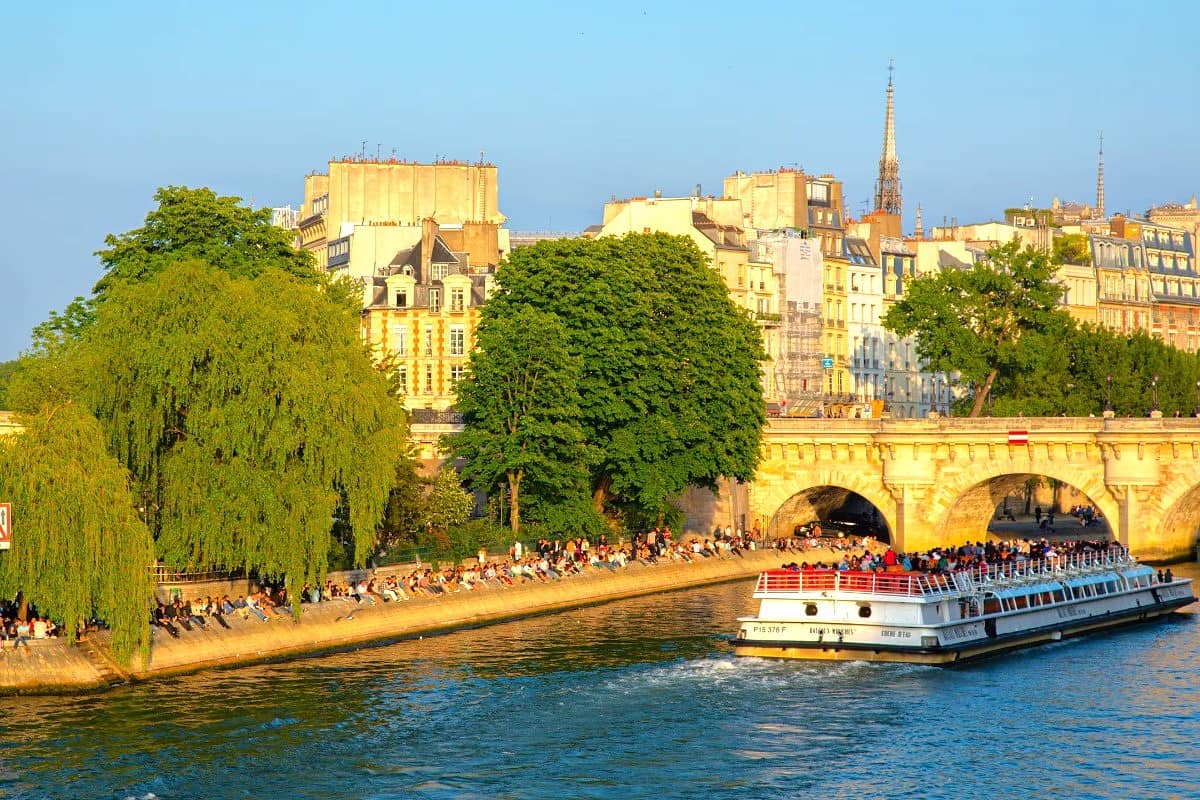
Evening magic. My favorite time for a Seine cruise is at sunset (varies seasonally, but typically 7-9pm in summer, 5-7pm in winter). The golden light on Parisian monuments followed by their illumination creates unforgettable views. I recommend arriving at the dock 30 minutes before departure to secure the best seats.
Picnic cruises. Unlike some stricter boat companies, Vedettes du Pont Neuf allows passengers to bring their own food and drinks aboard. I’ve created memorable experiences by packing a Marais-sourced picnic—cheese from Laurent Dubois, bread from Au Levain du Marais, and wine from La Dernière Goutte—to enjoy while floating past Paris monuments.
Practical details. Cruises operate year-round (except during flood conditions), with more frequent departures in summer. Most tours last 60-90 minutes and offer commentary in multiple languages. Booking ahead is recommended during peak season (June-September).
- Best cruise companies: Vedettes du Pont Neuf (smaller boats), Bateaux Parisiens (larger vessels)
- Nearest departure points: Pont Marie (Canauxrama), Pont Neuf (Vedettes du Pont Neuf)
- Special options: Sunset cruise (best for photography), dinner cruise (from €70/$76, reservation required)
⭐ Best Activities
- Seine River Cruise and Paris Canals Tour – See Paris from a different perspective on this scenic river cruise along the Seine and through the city’s historic canals. Enjoy spectacular views of famous landmarks and discover hidden waterways that many visitors miss.
FAQ
What are the top things to see in Le Marais district?
Le Marais offers an impressive array of historical mansions, art galleries, and medieval streets perfect for wandering. You can explore the 3rd and 4th arrondissements to discover hidden courtyards, beautiful churches, and some of the most significant museums in Paris since the 17th century.
Where should I stay when visiting Le Marais neighborhood?
The area between Rue Saint-Antoine and Rue de Bretagne offers excellent accommodation options ranging from boutique hotels to apartment rentals. Staying in this central part of the right bank puts you within walking distance of major attractions while experiencing one of the most authentic neighborhoods in Paris.
Which restaurants serve the best food in Le Marais?
Glou, Robert et Louise, and L’Ambroisie offer exceptional French cuisine with contemporary twists in charming settings. For a more casual experience, the oldest covered market in Paris dating from 1615 houses numerous food stalls serving everything from Moroccan couscous to Italian specialties.
How has the Marais district evolved throughout history?
Once a marsh (marais in French), this area transformed into an aristocratic quarter in the 17th century before becoming a working-class Jewish neighborhood in the 19th century. After narrowly escaping Haussmann’s renovations, the district underwent gentrification in the 1960s to become the trendy, culturally rich area that attracts visitors from around the world today.
What is the best route for exploring Le Marais streets?
Begin at Hôtel de Ville, then wander north along Rue des Archives before zigzagging through smaller medieval streets like Rue Vieille du Temple. This route takes you past major attractions while allowing for spontaneous discoveries of hidden courtyards, art galleries, and charming cafes that make exploring Le Marais one of the best things to experience in Paris.
Which unique things can I find only in Le Marais?
The Jewish Quarter on Rue des Rosiers offers authentic falafel shops and Yiddish bakeries serving specialties like linzer torte and strudel. You’ll also find LGBTQ+ establishments, the city of Paris’s historical archives with beautiful gardens, and some of the most well-preserved pre-revolutionary architecture on the right bank.
What are the best bars for nightlife in Le Marais?
Candelaria, a speakeasy hidden behind a taqueria, and Cambridge Public House offer exceptional craft cocktails in intimate settings. Andy Wahloo and Little Red Door, frequently appearing on “world’s best bars” lists, provide vibrant atmospheres perfect for experiencing the neighborhood’s energetic nightlife scene.
When is the best time to visit Le Marais district?
Spring (April-June) offers pleasant weather and blooming gardens, while September-October provides mild temperatures and fewer tourists. Weekday mornings are ideal for museum visits, while Sundays bring a special atmosphere when many shops open while other parts of Paris remain closed.
How can I experience the history of the city here?
Visit the free museum dedicated to the history of the city, which traces Paris from prehistoric times to the present through period rooms and artifacts. Walking through the streets around the National Archives reveals medieval architecture and mansions from the 17th century that tell the story of Paris since its early days.
What fun things can families do in Le Marais?
Families can enjoy the peaceful gardens of the National Archives, perfect for picnics and exploring historical elements. Children also love the specialty ice cream shops, hidden courtyards that feel like treasure hunts, and the view of Paris from nearby rooftops that make a day in Le Marais memorable for visitors of all ages.
